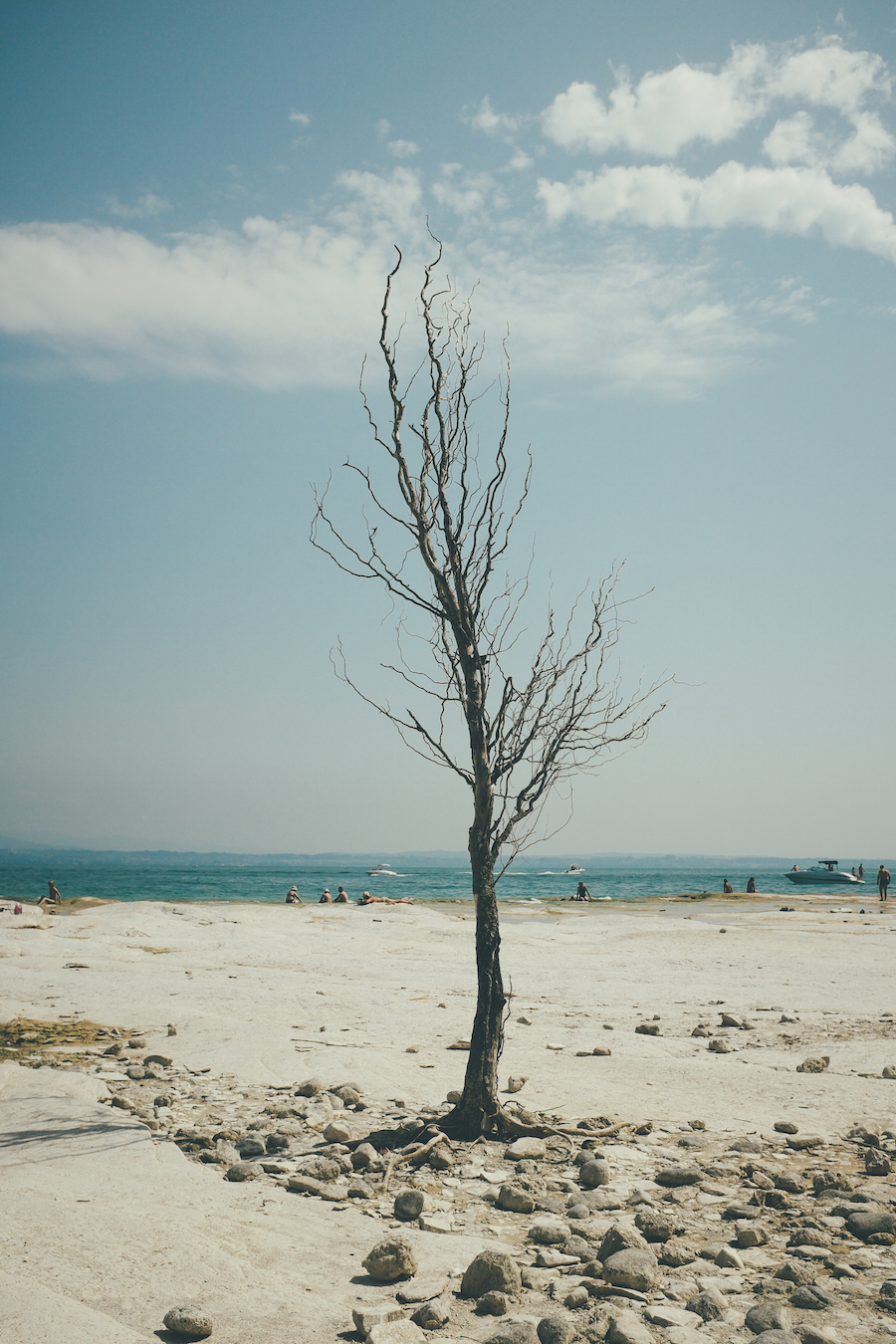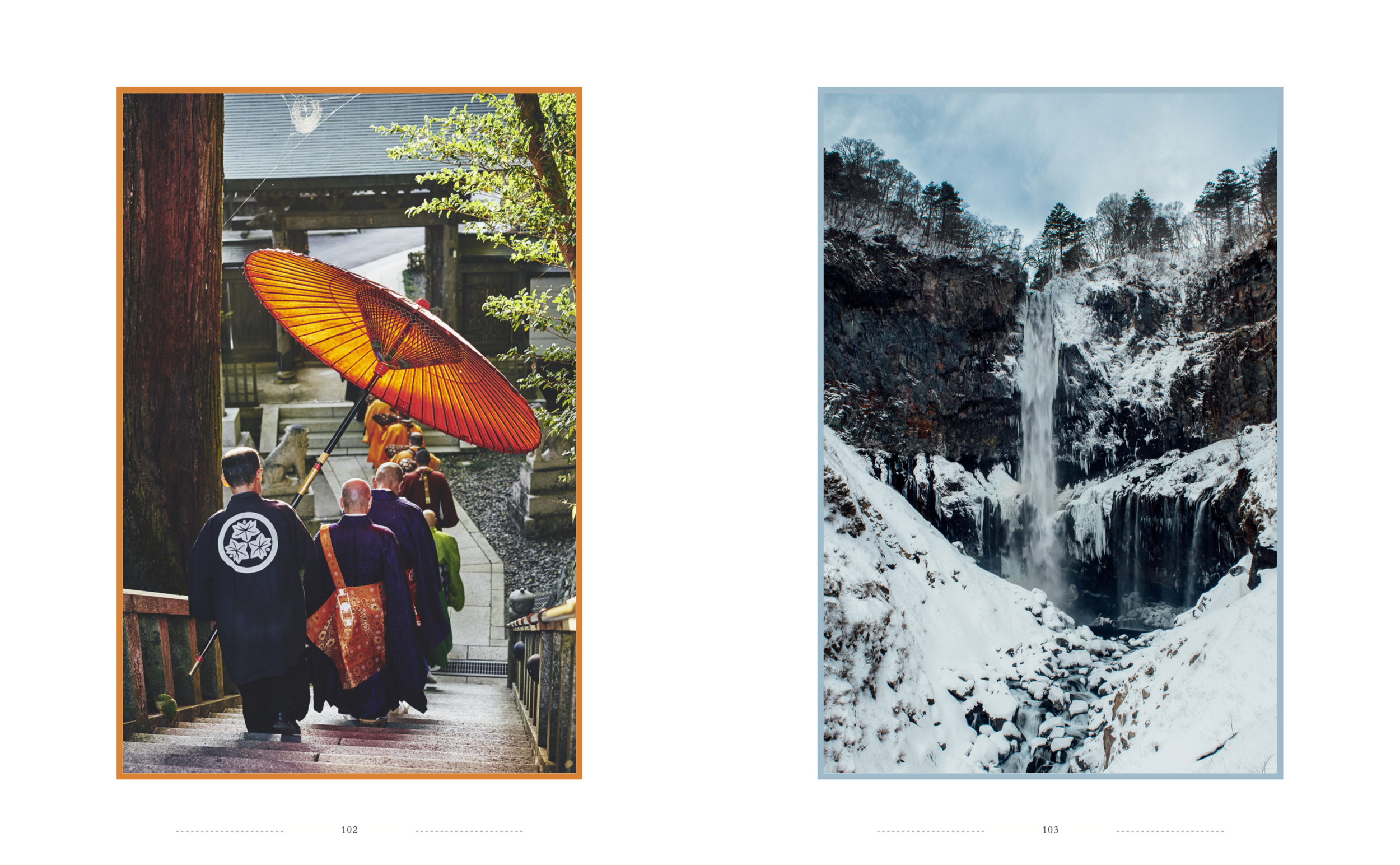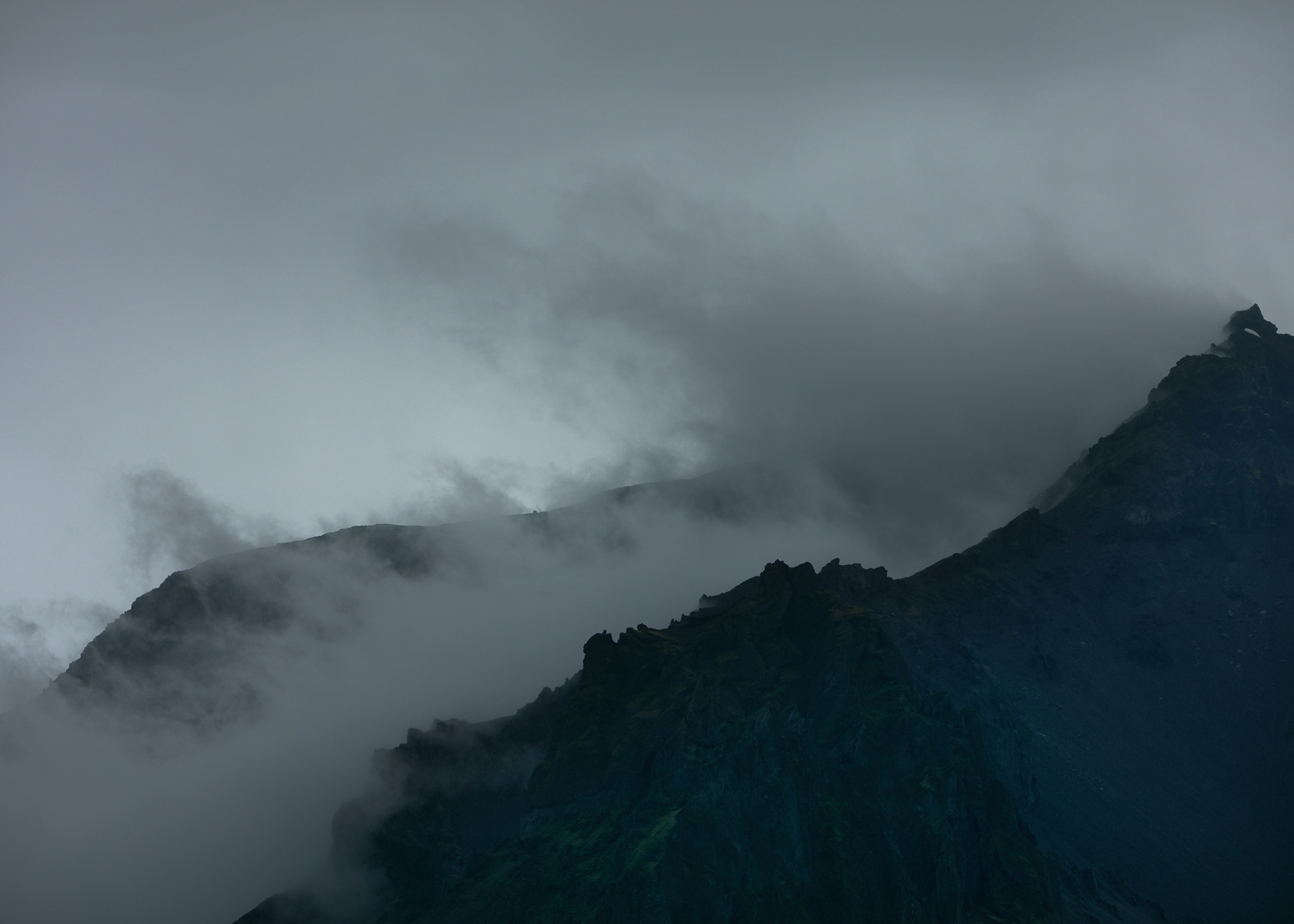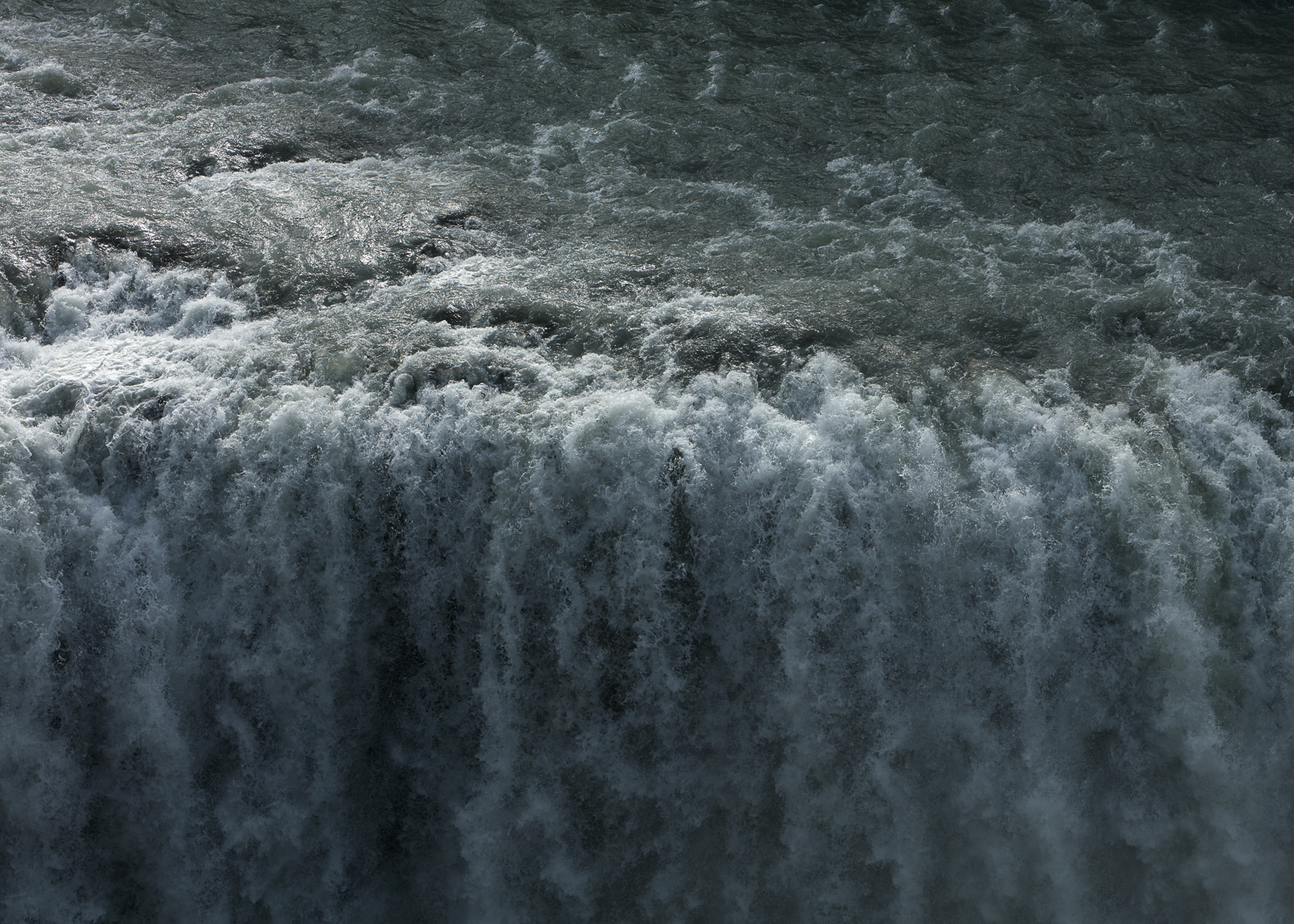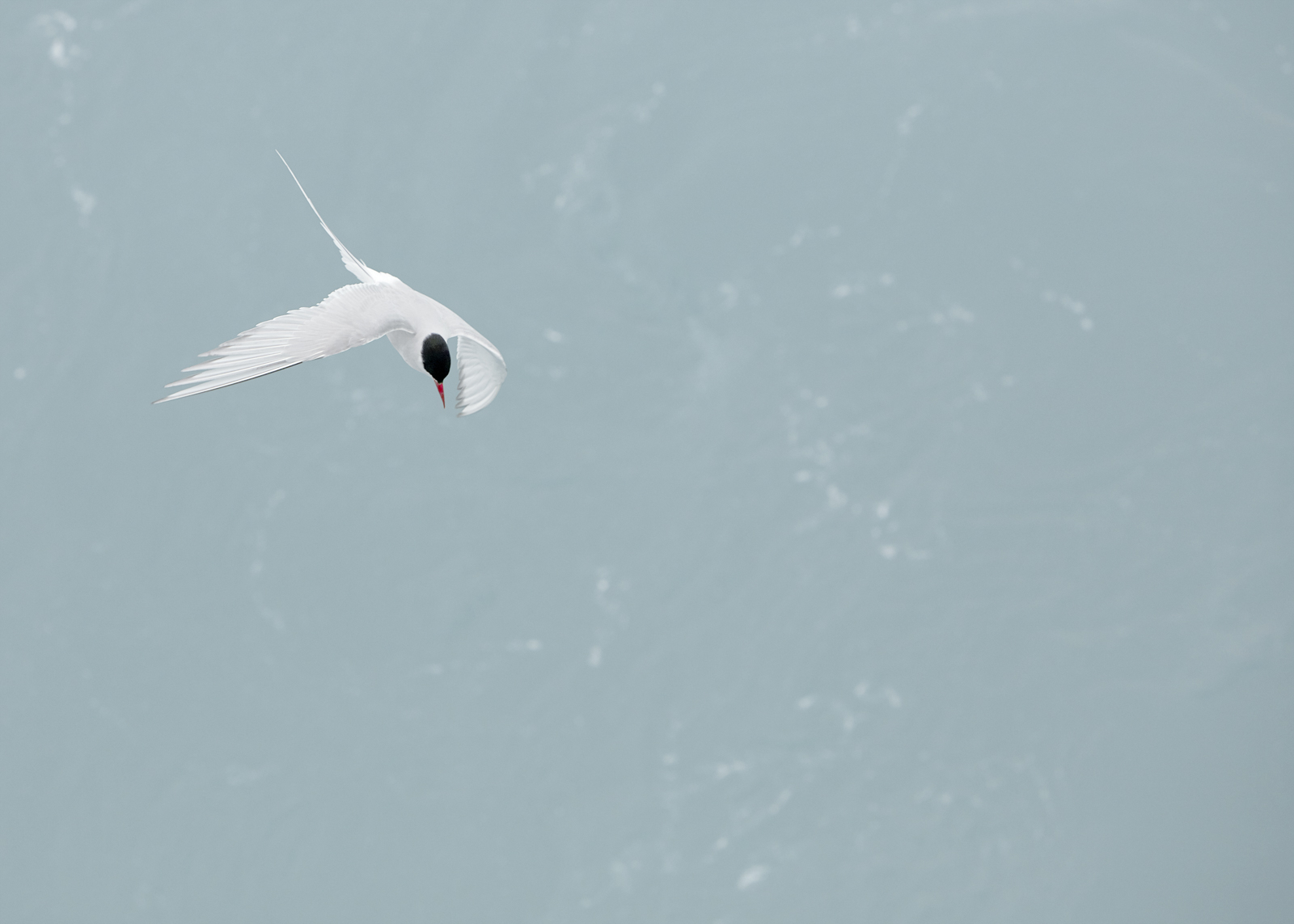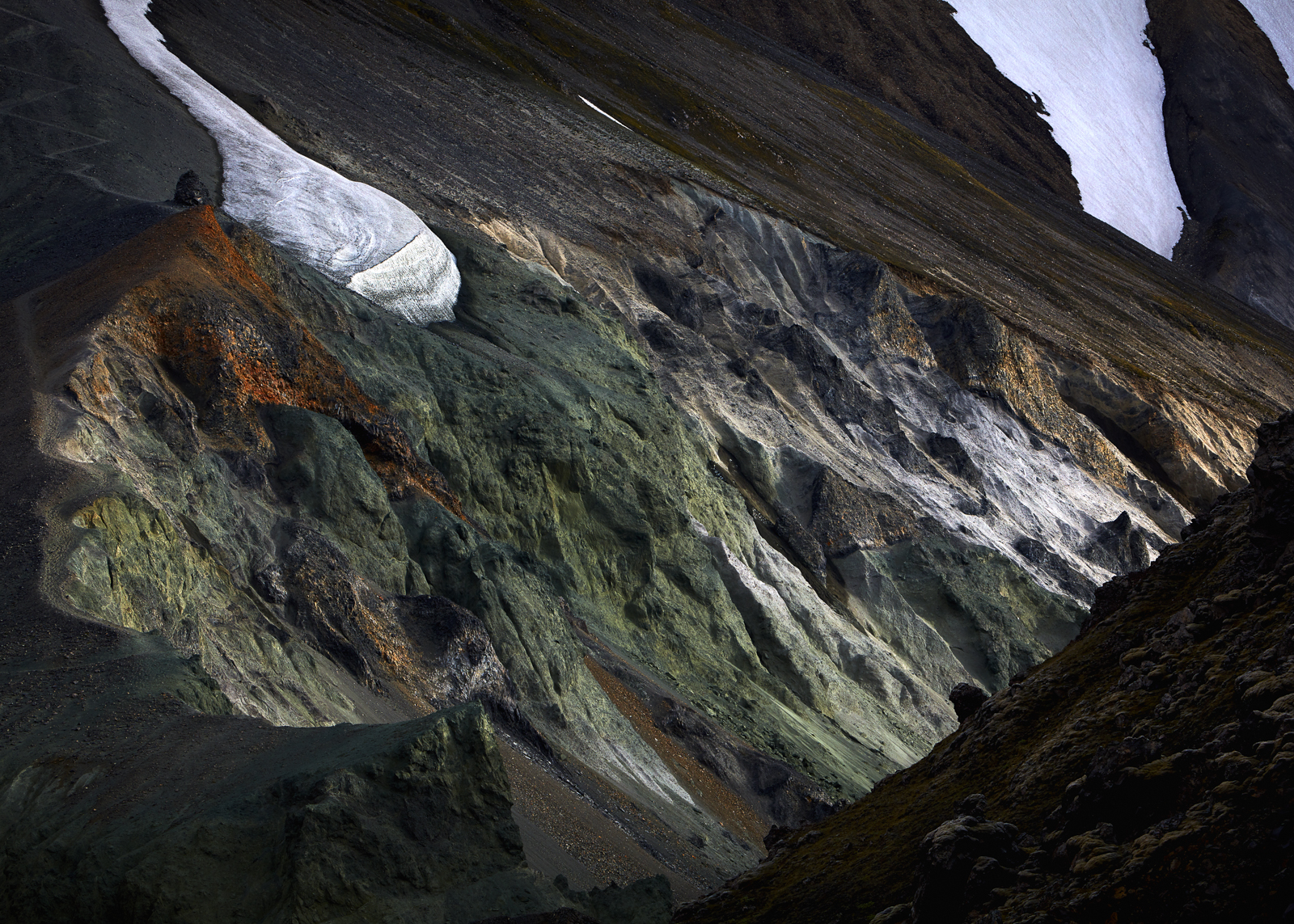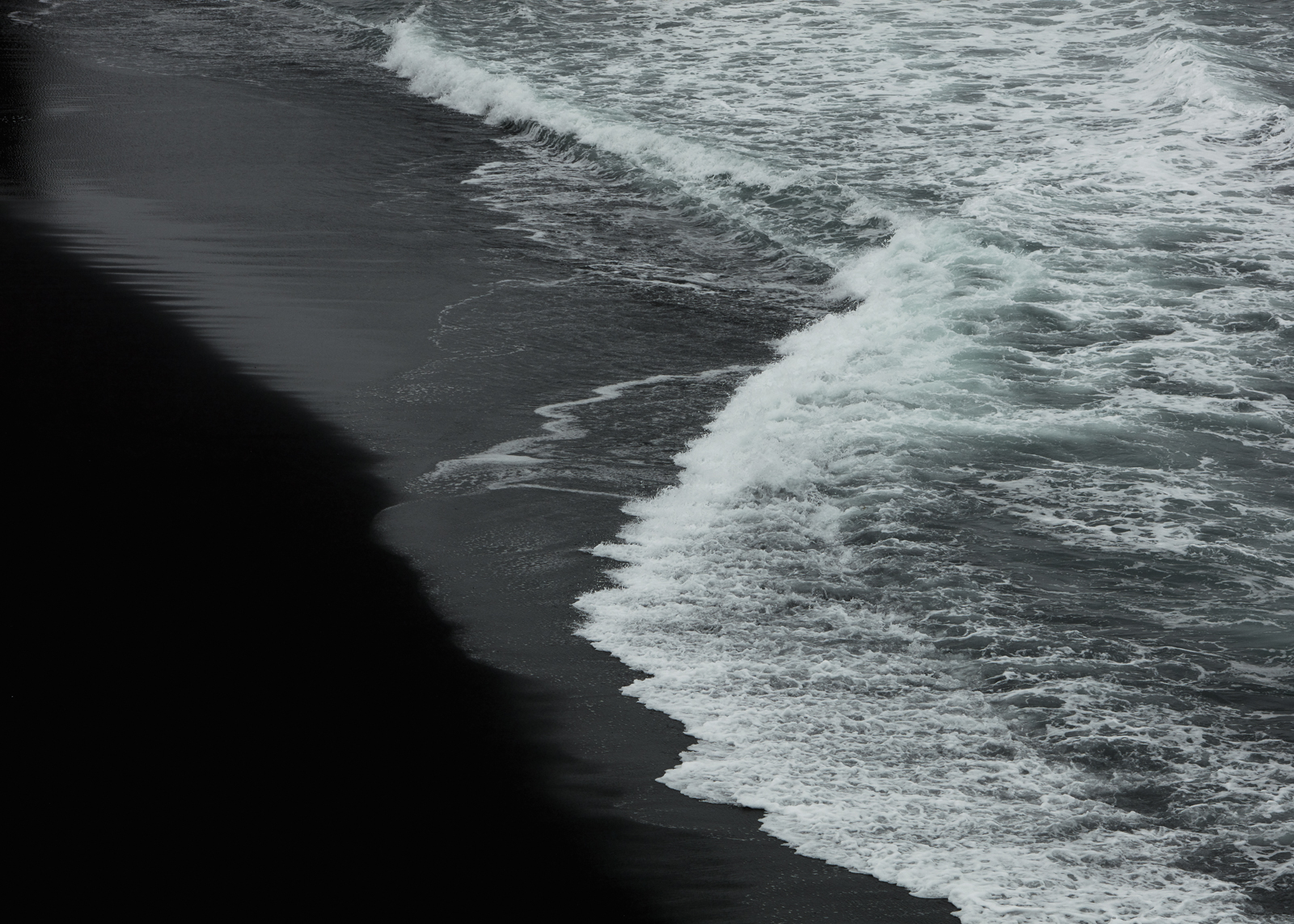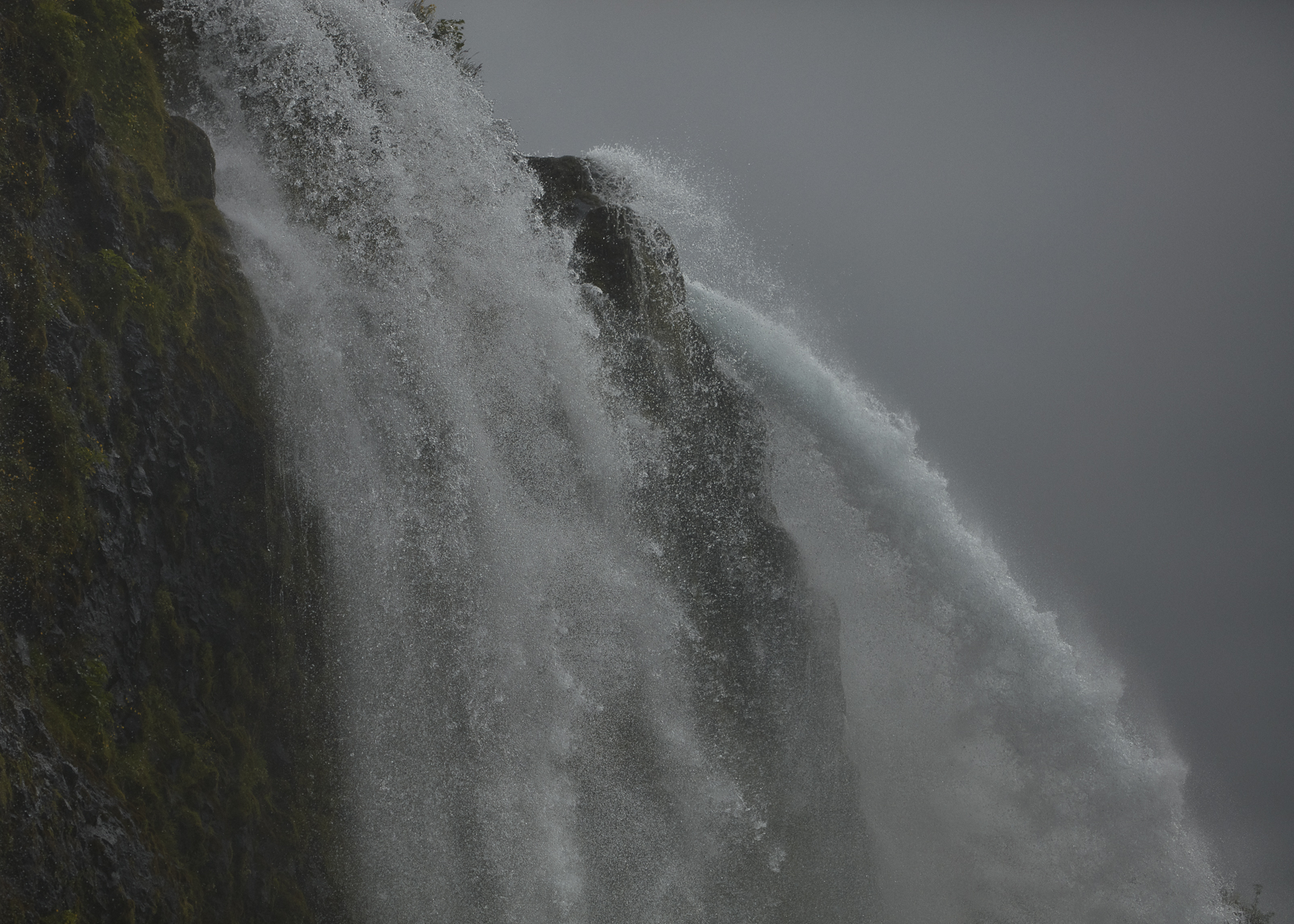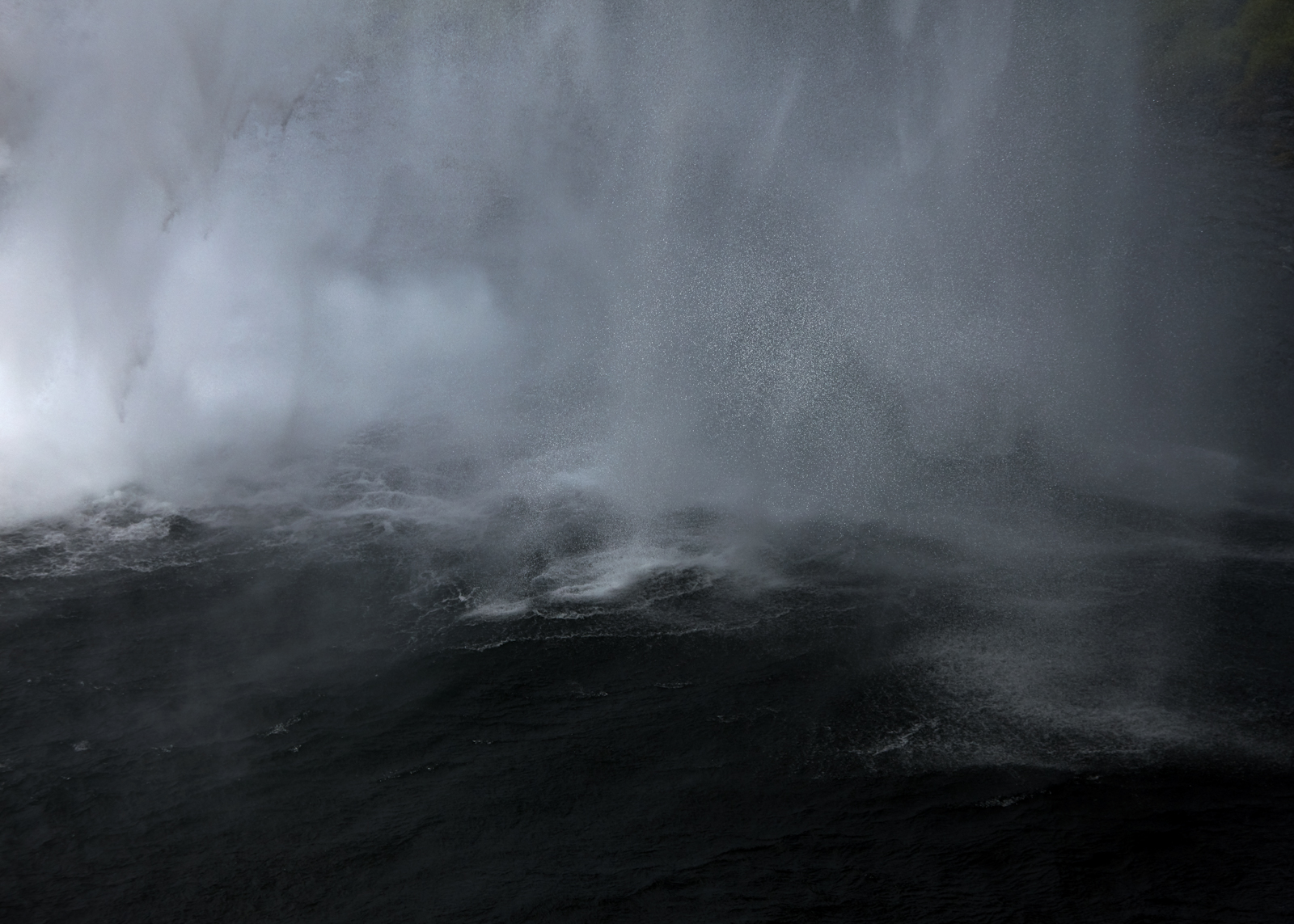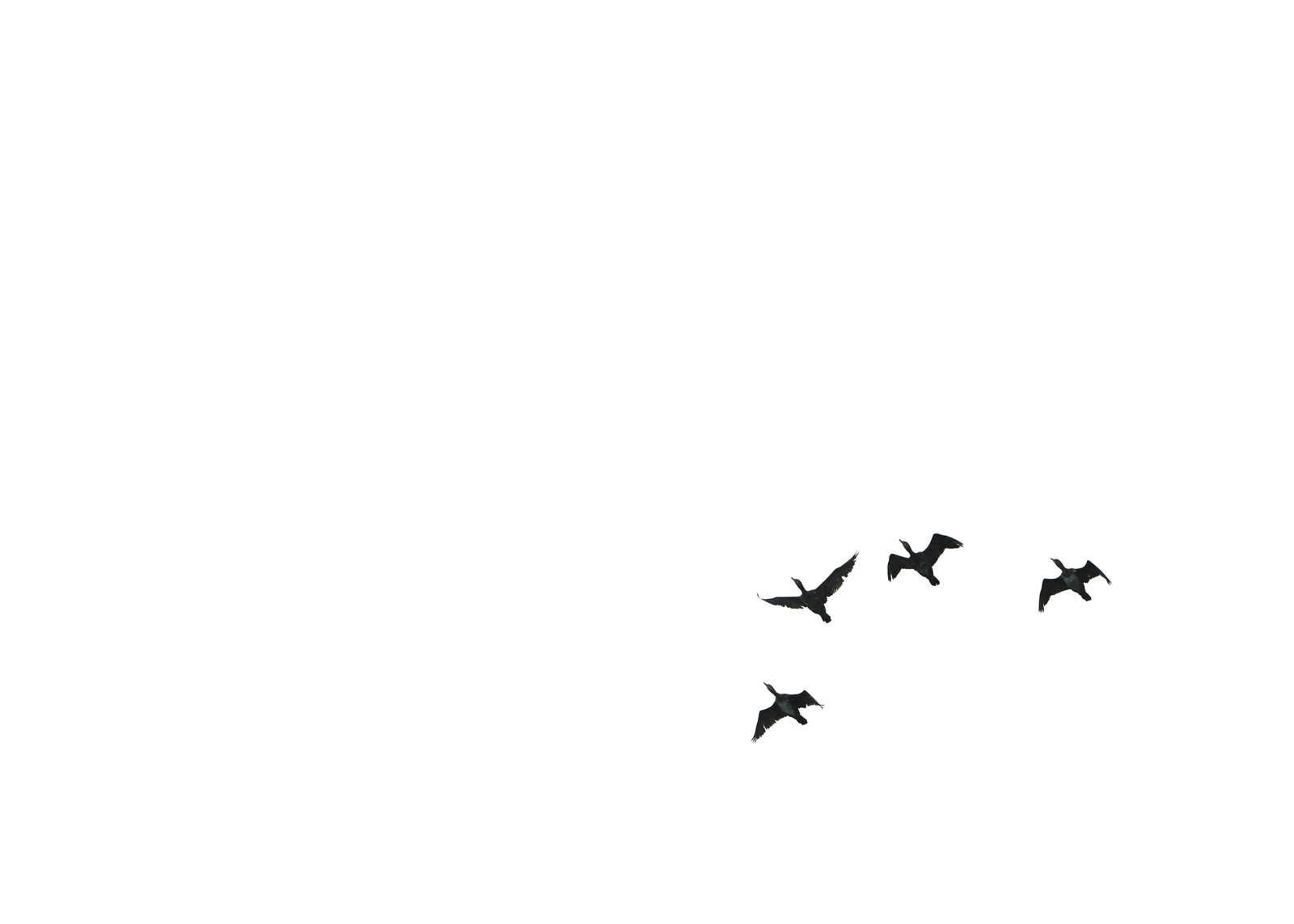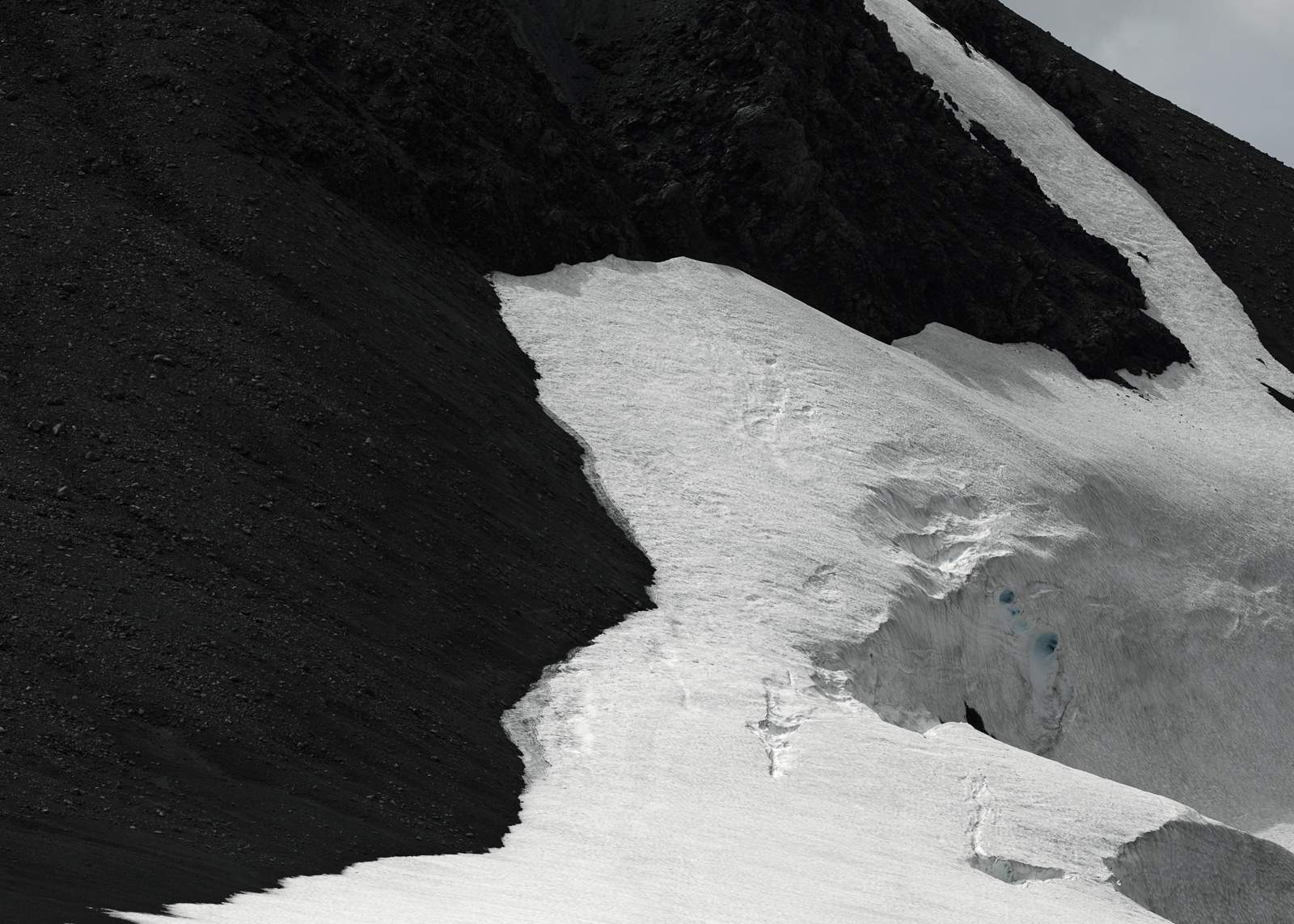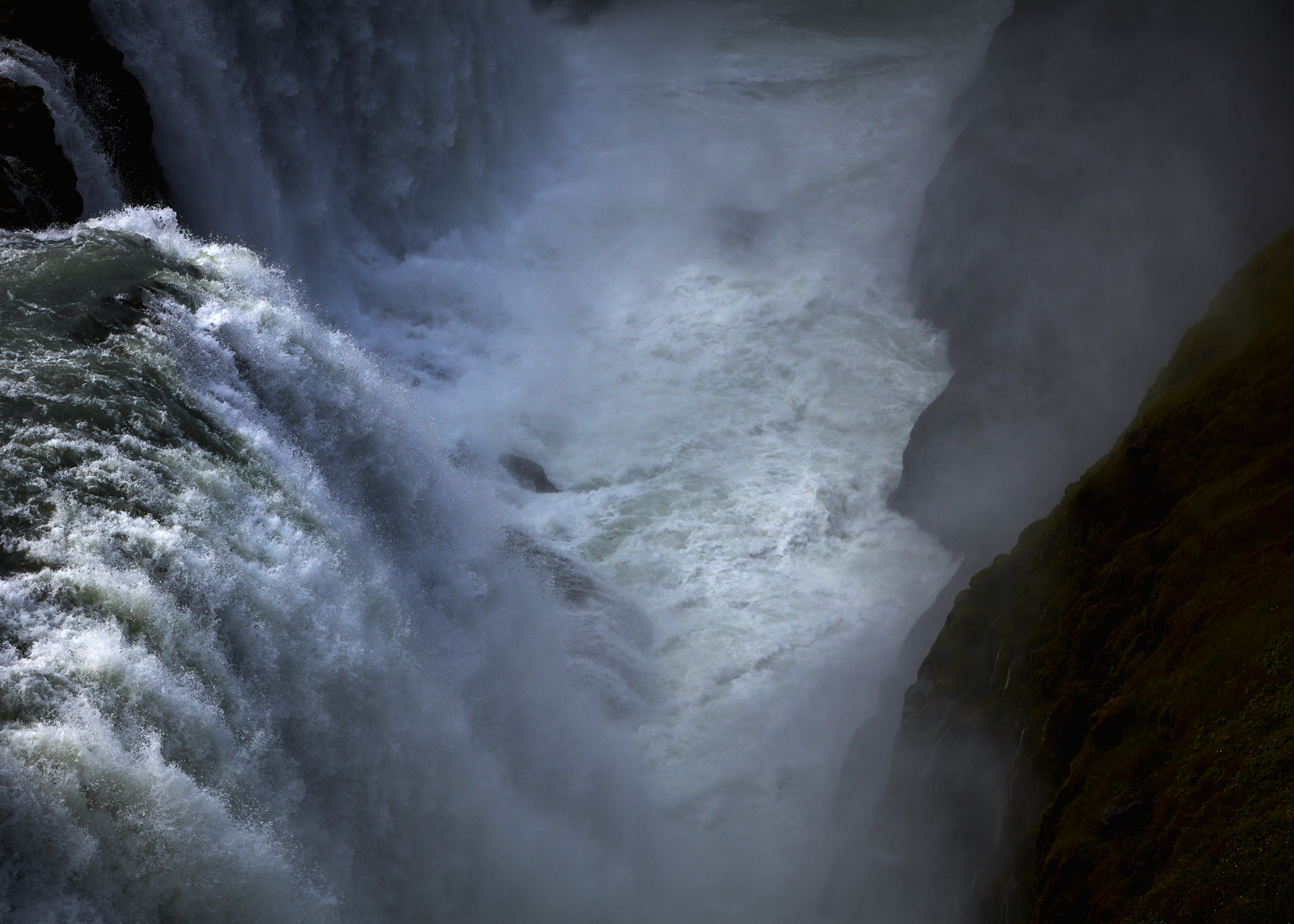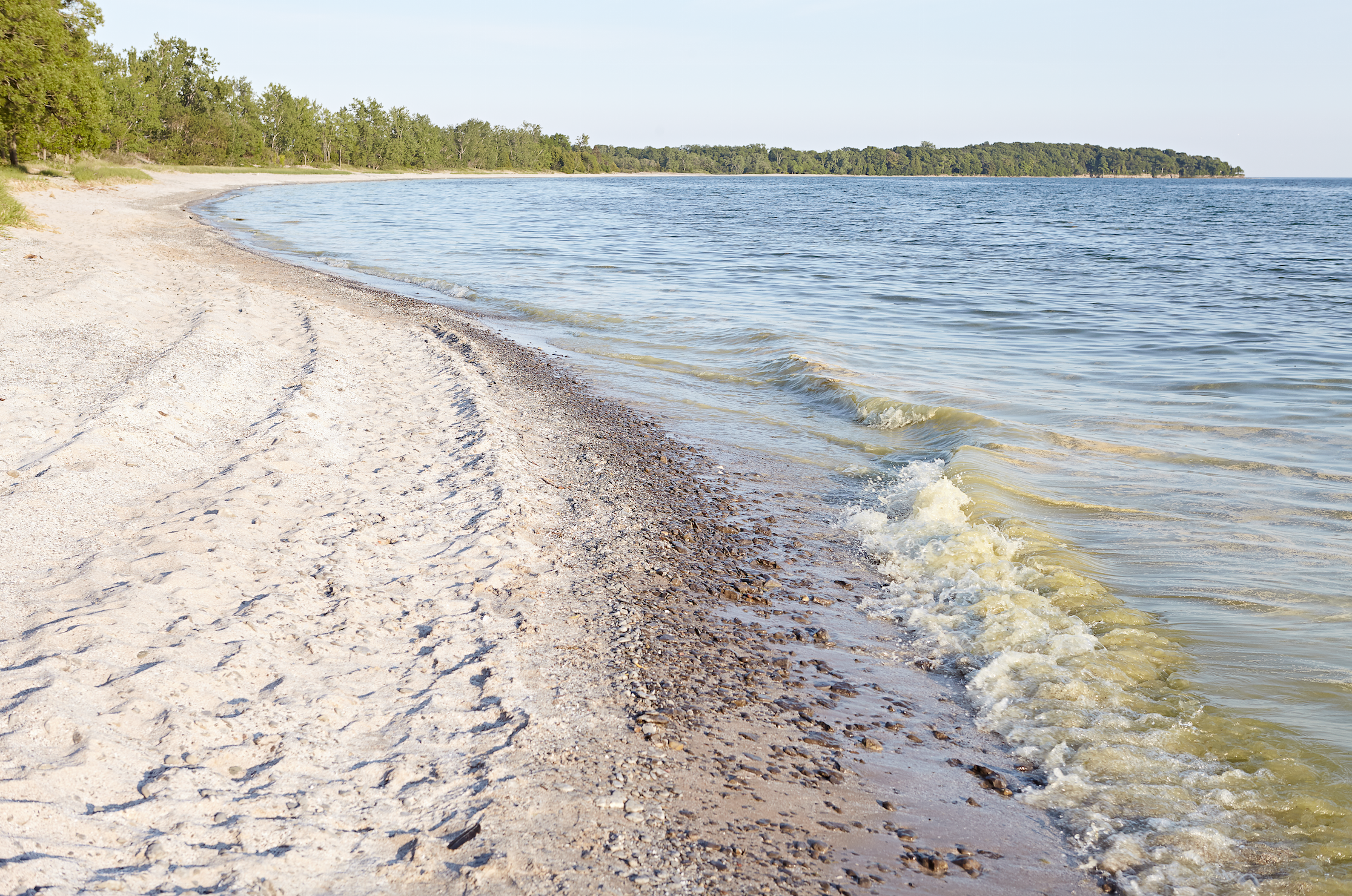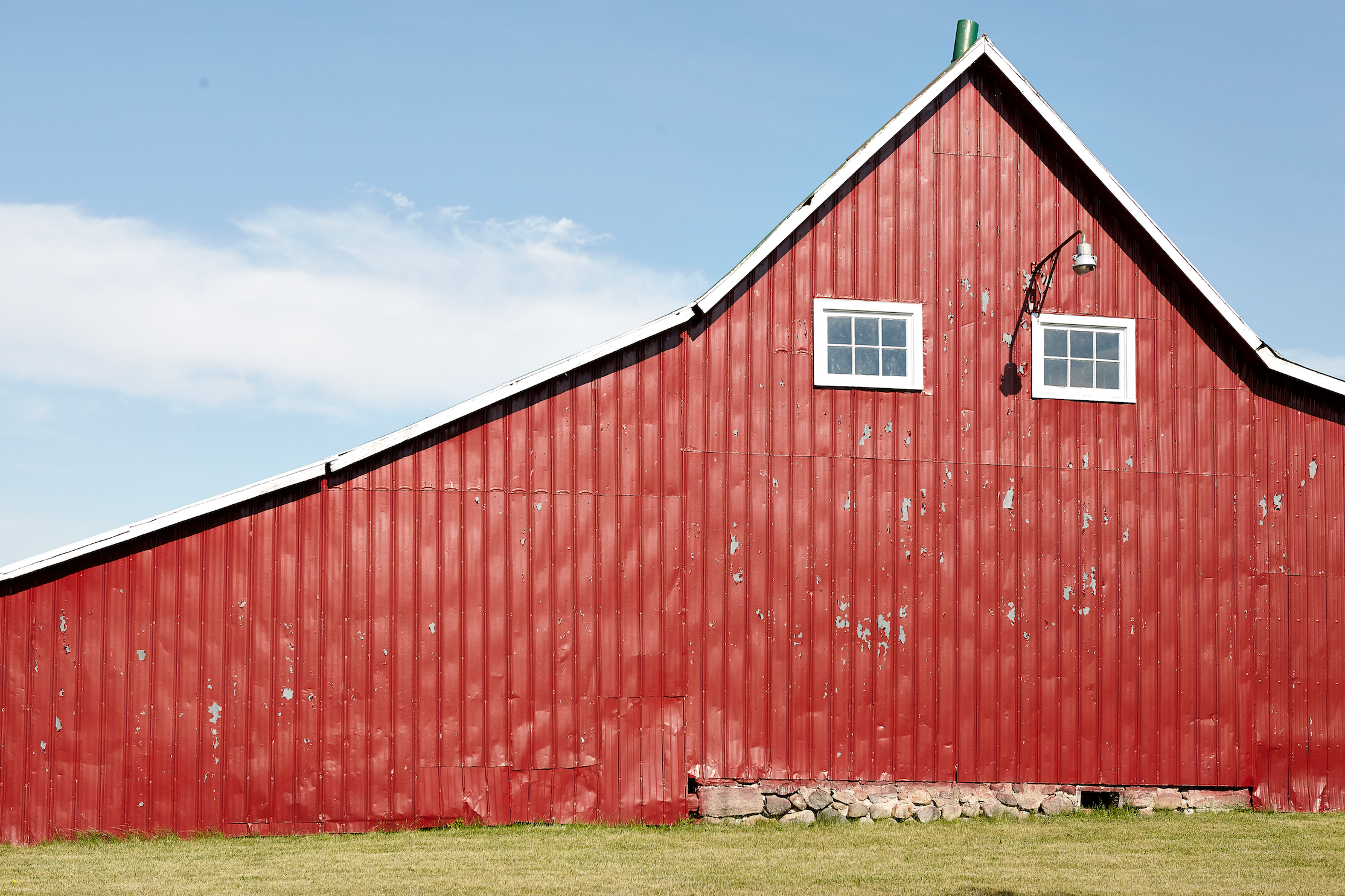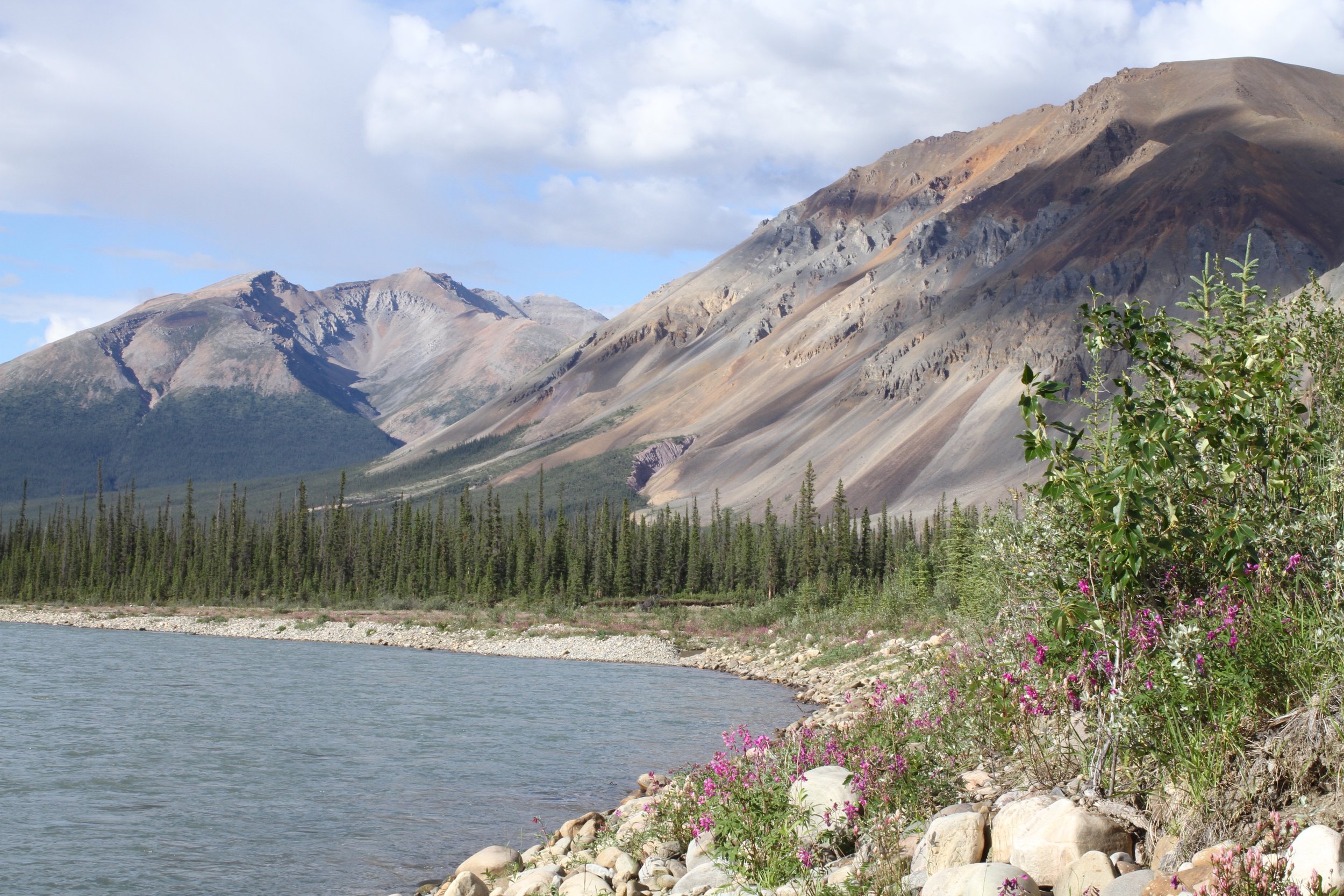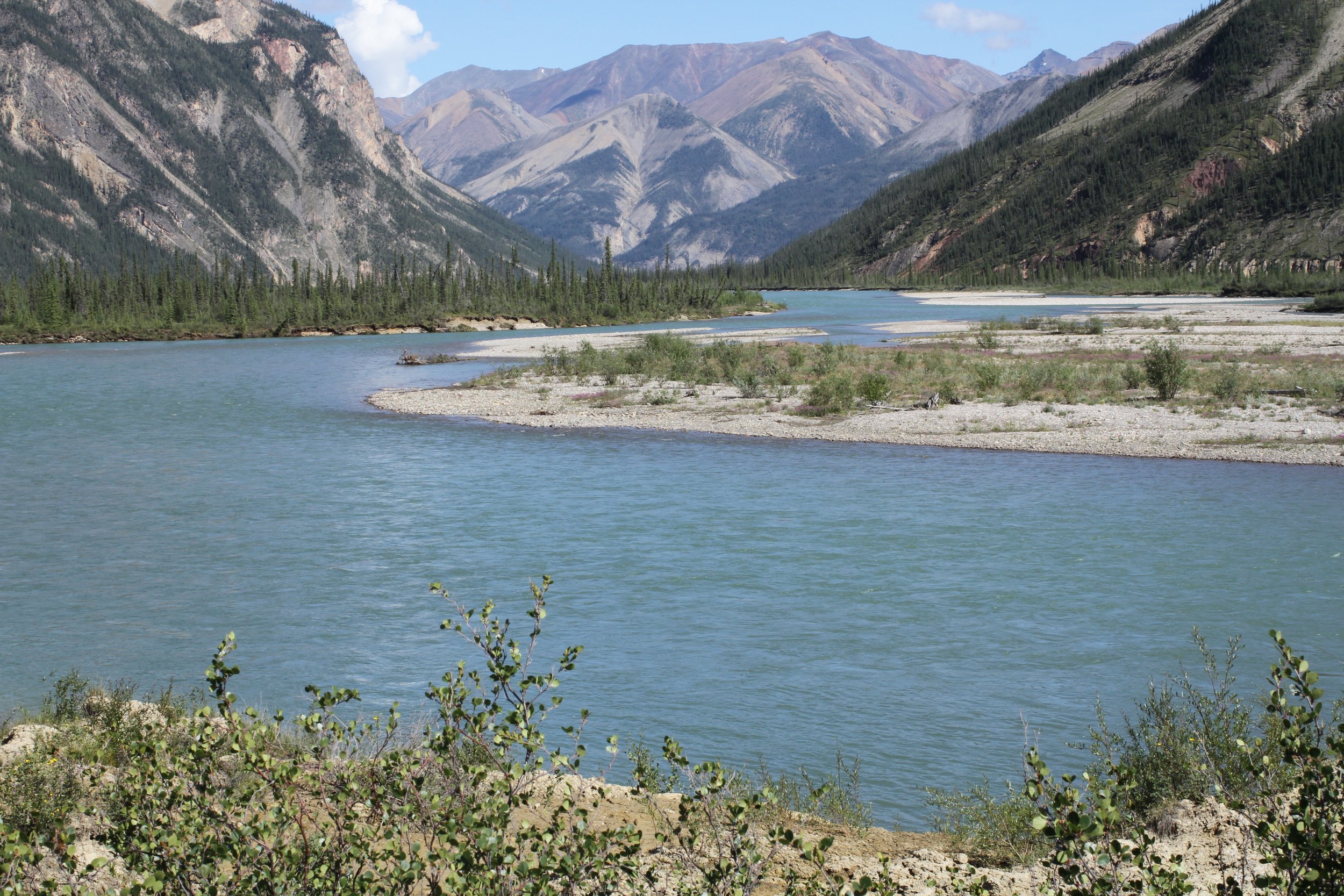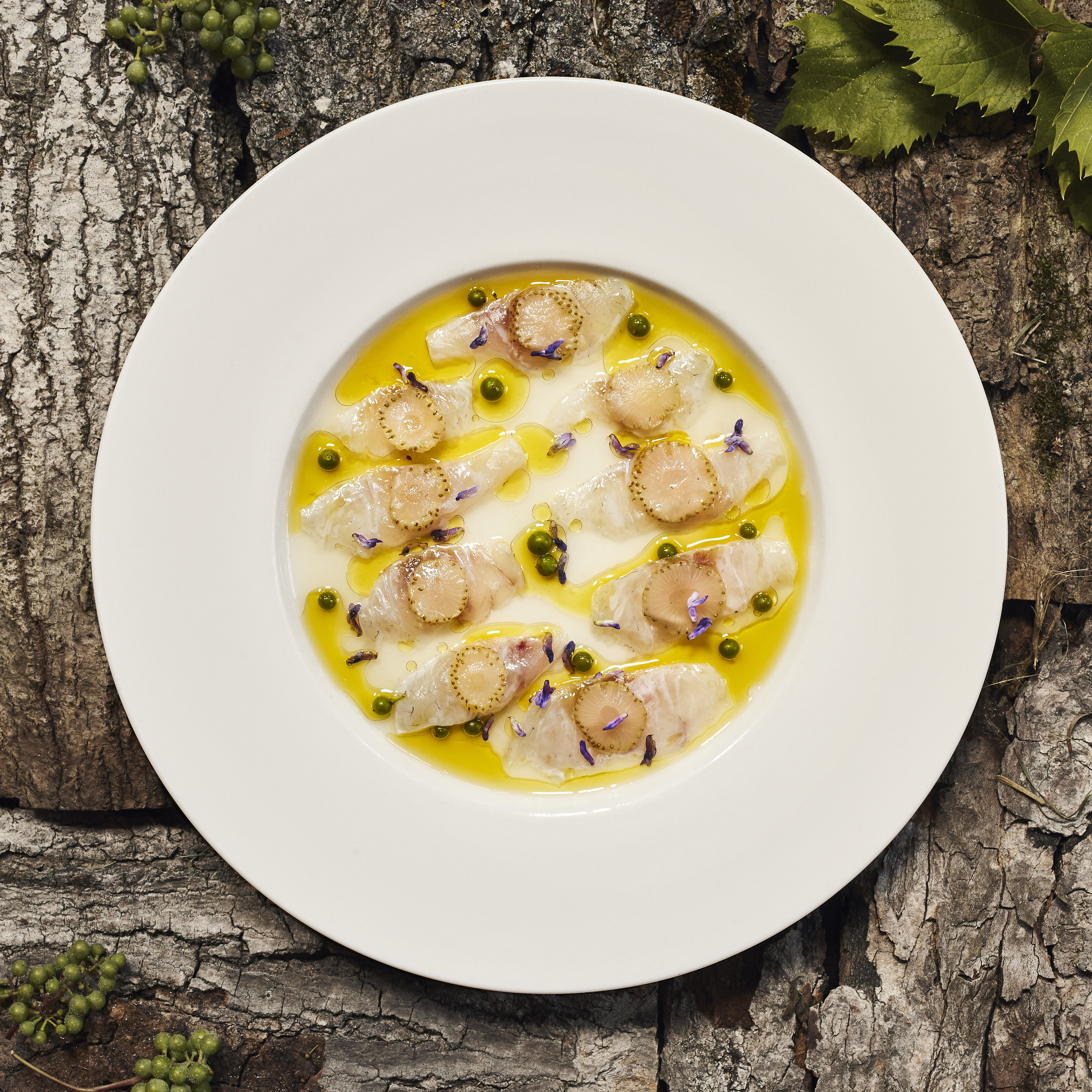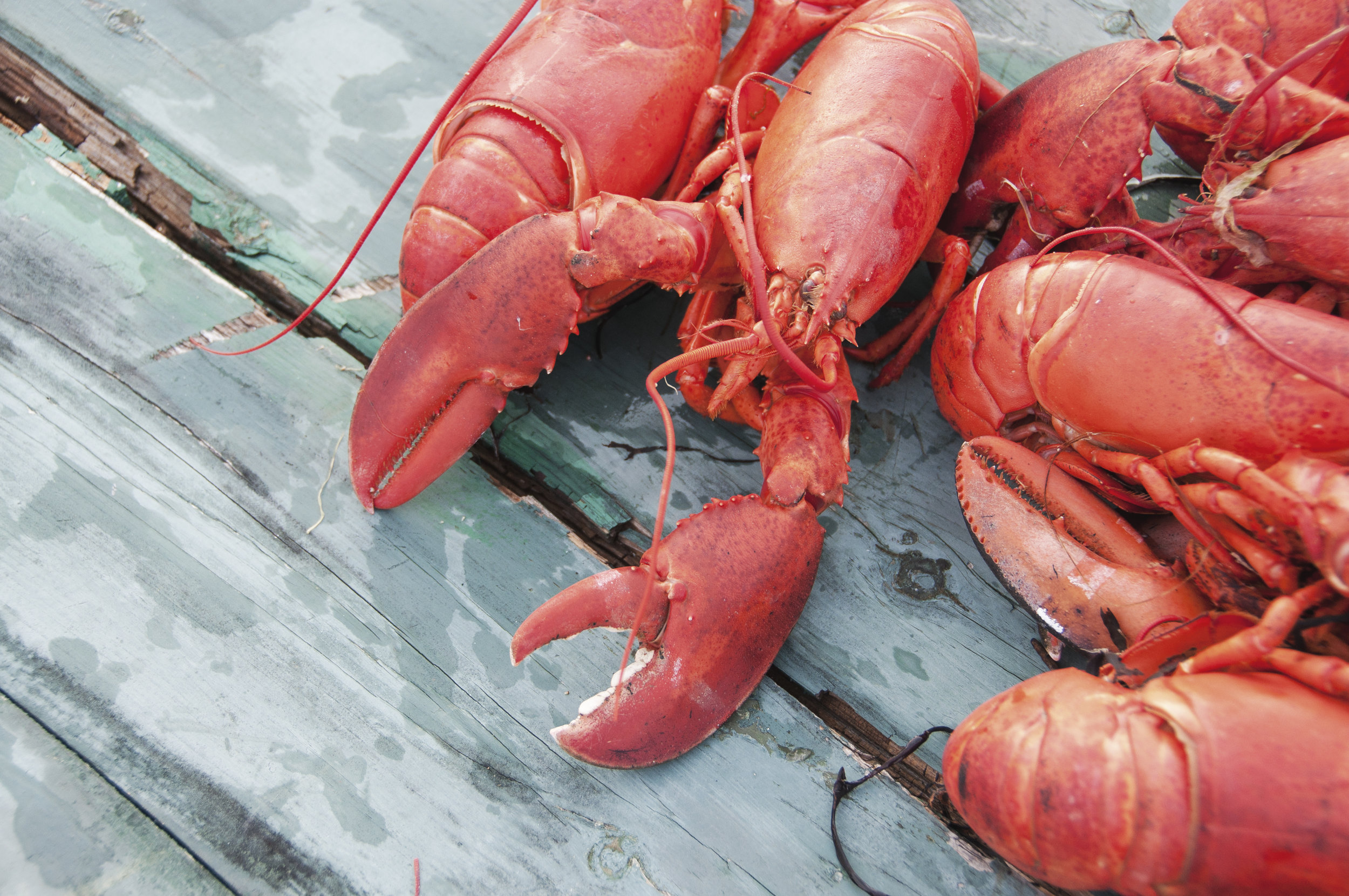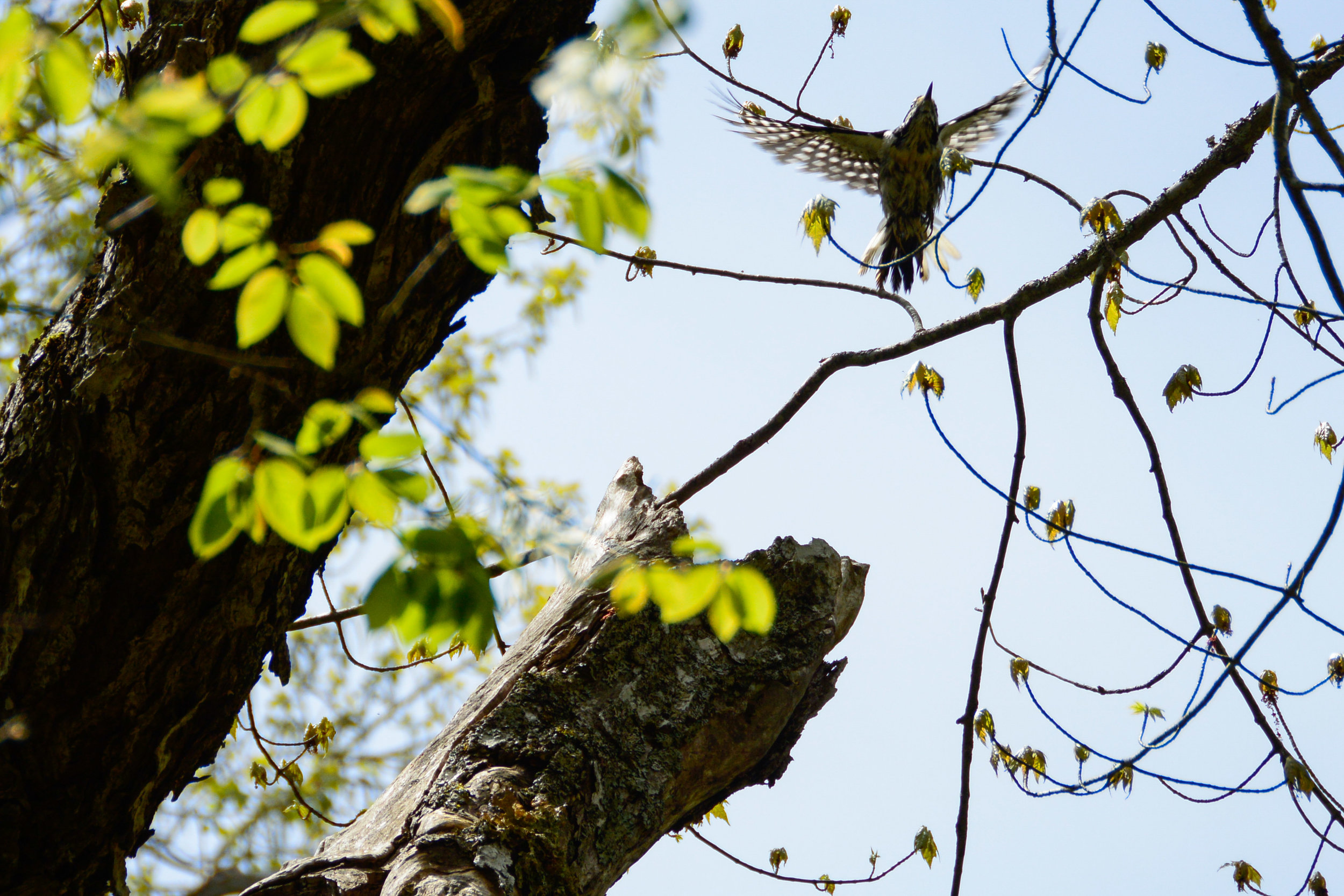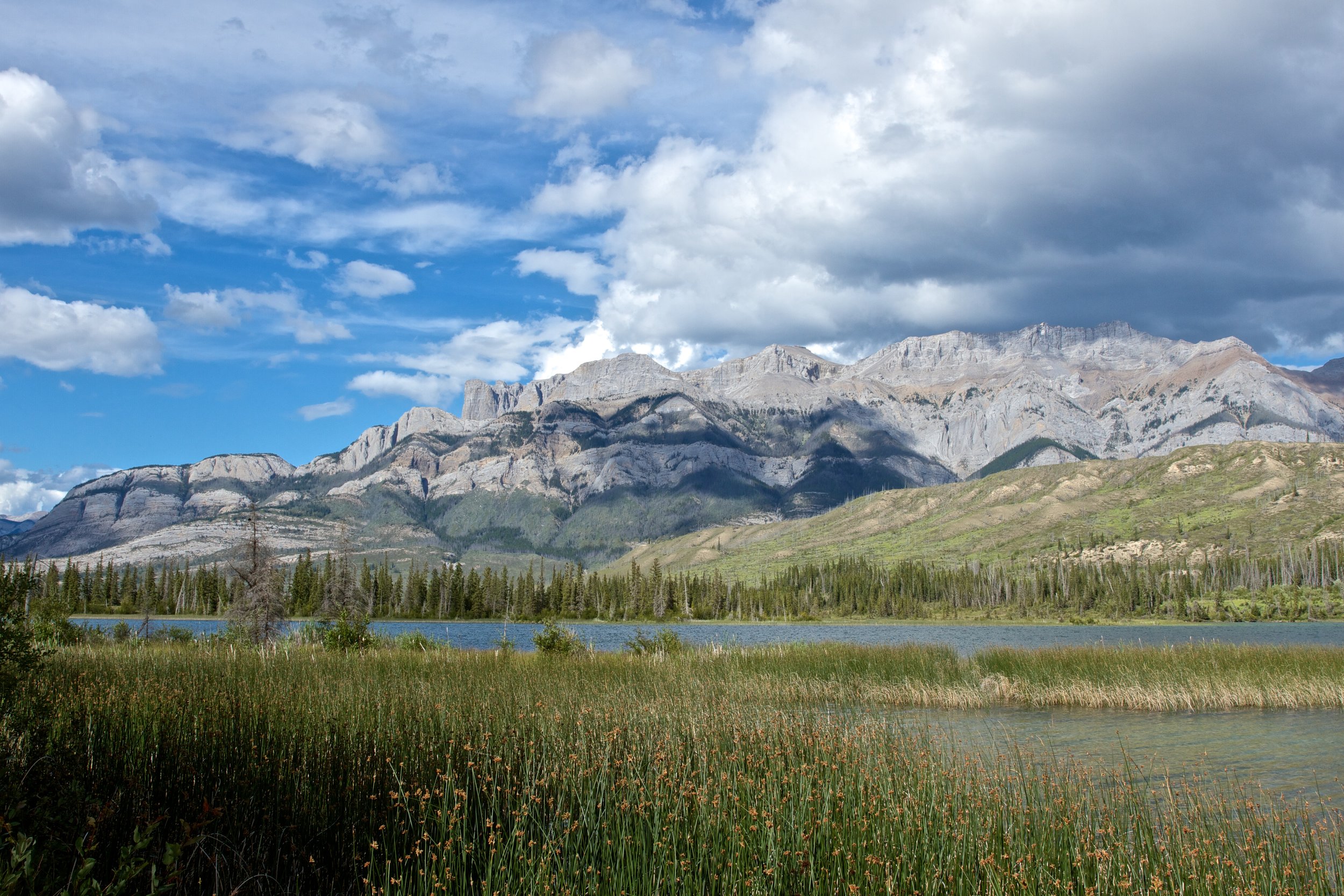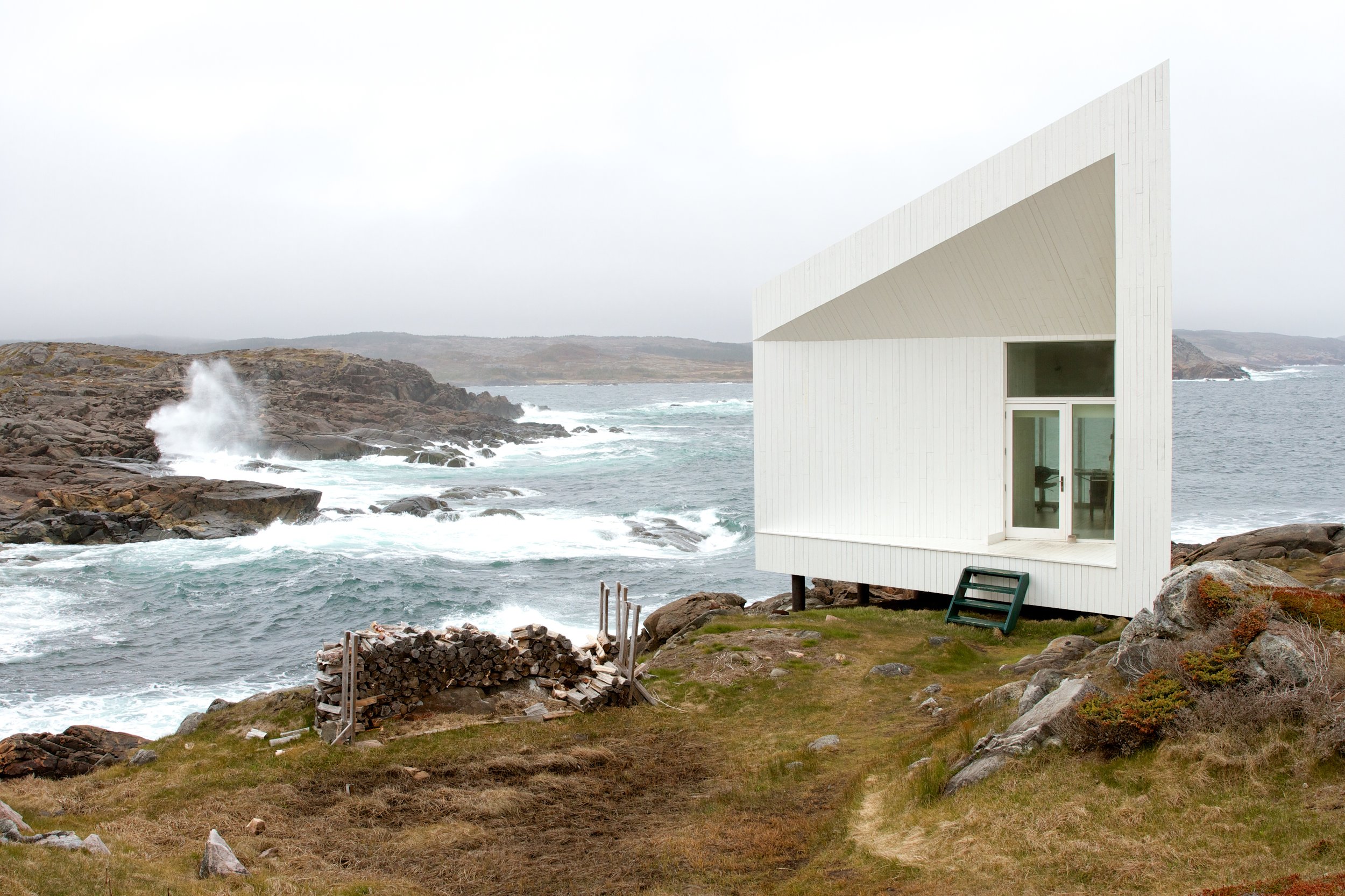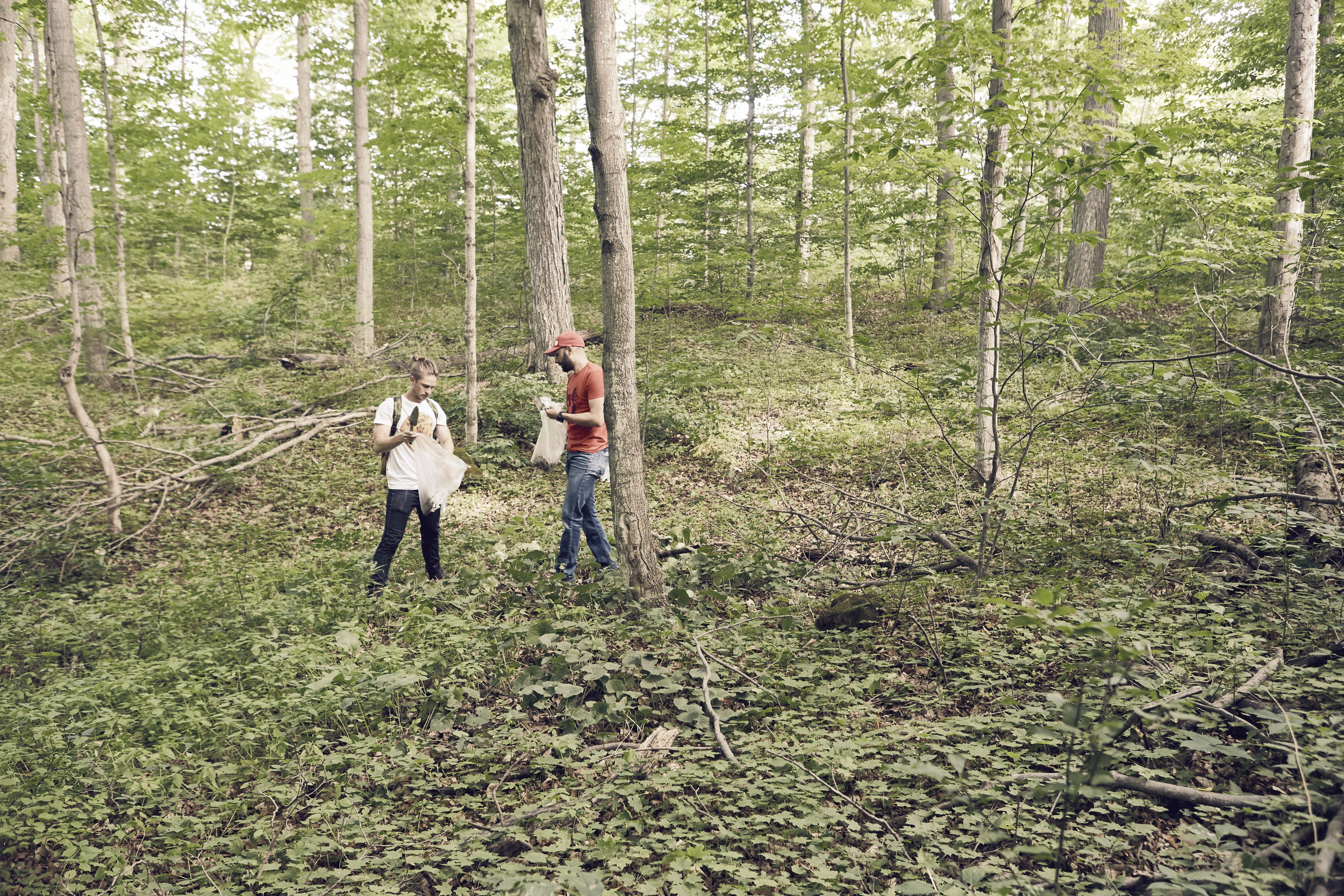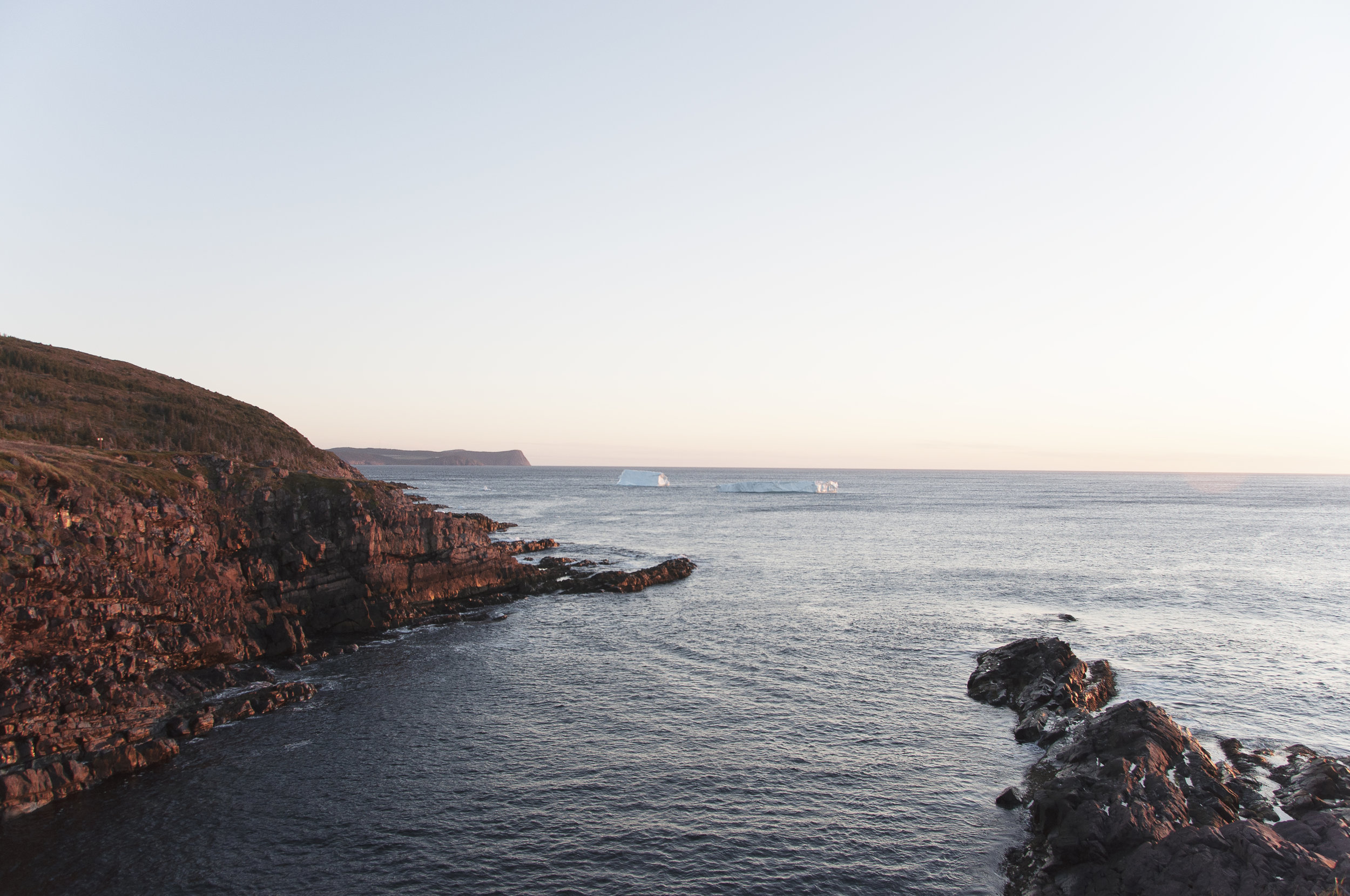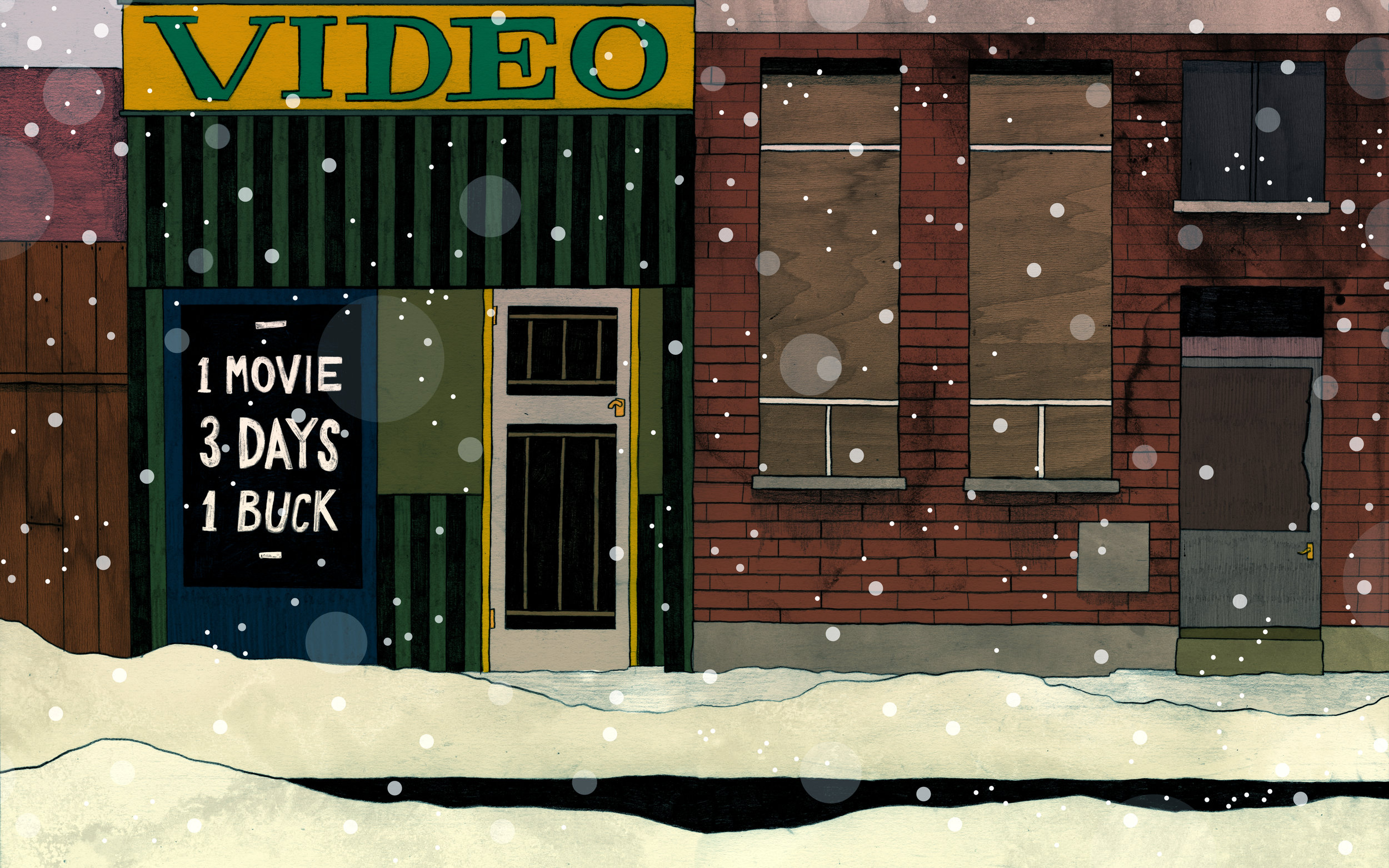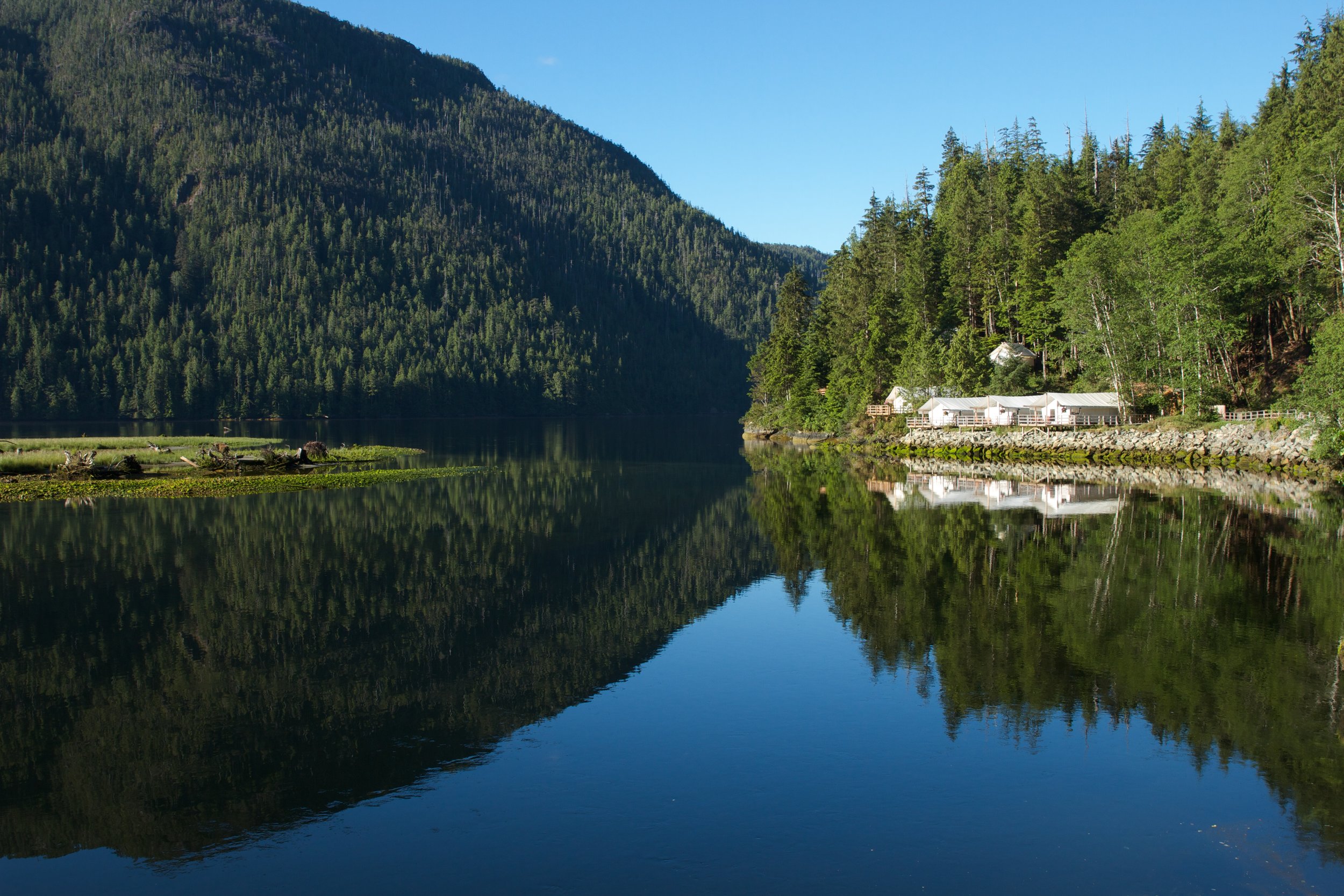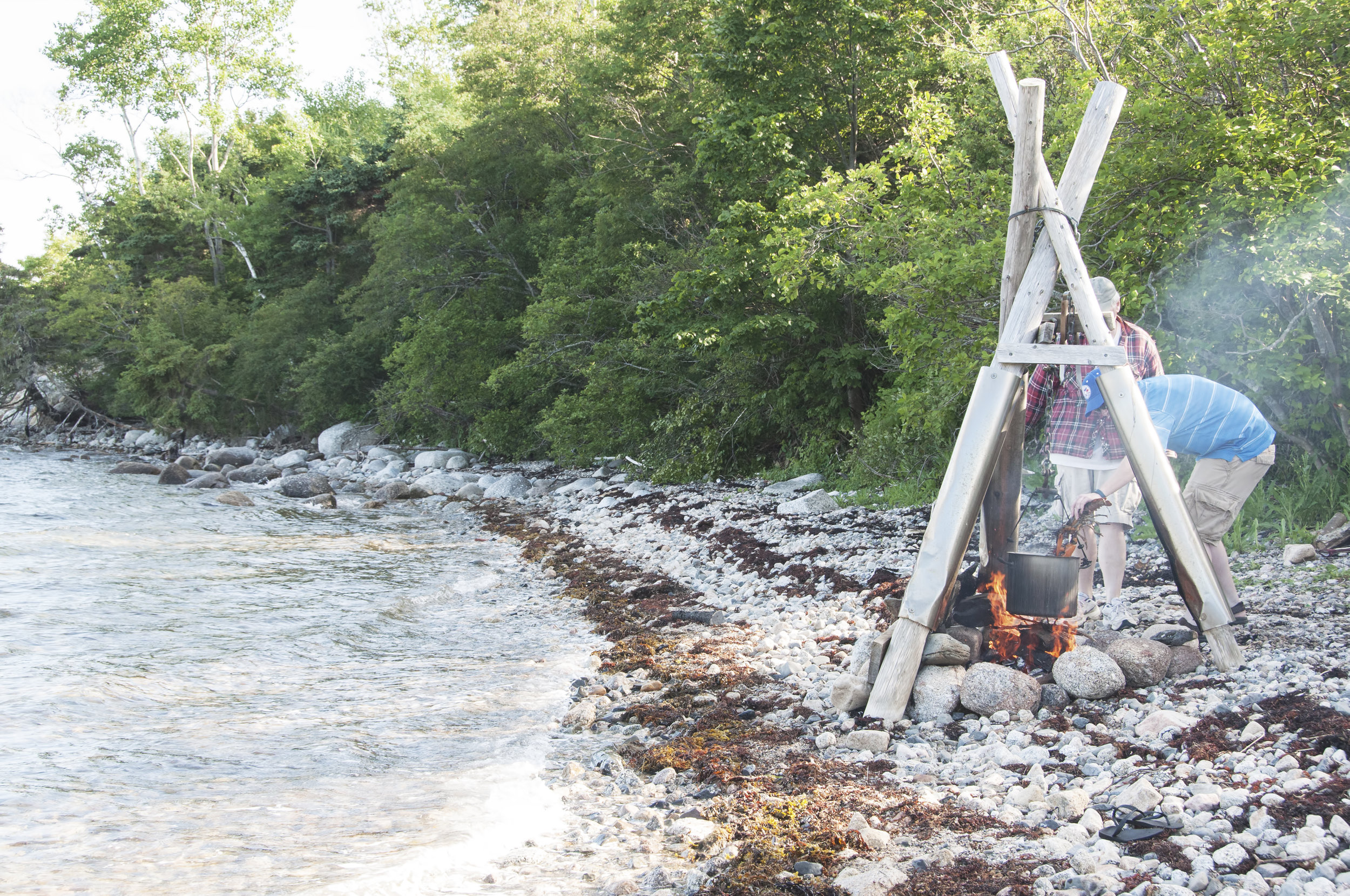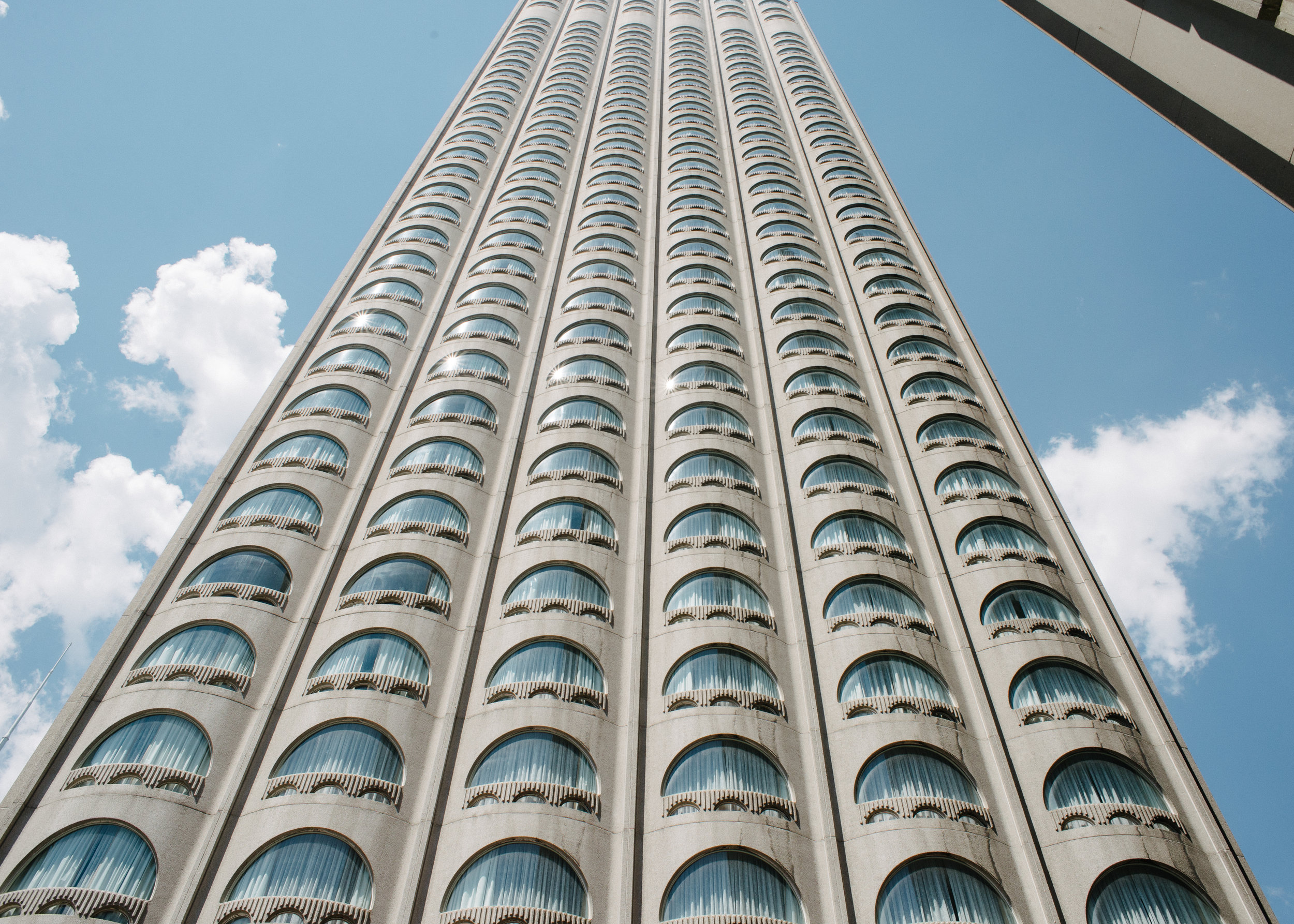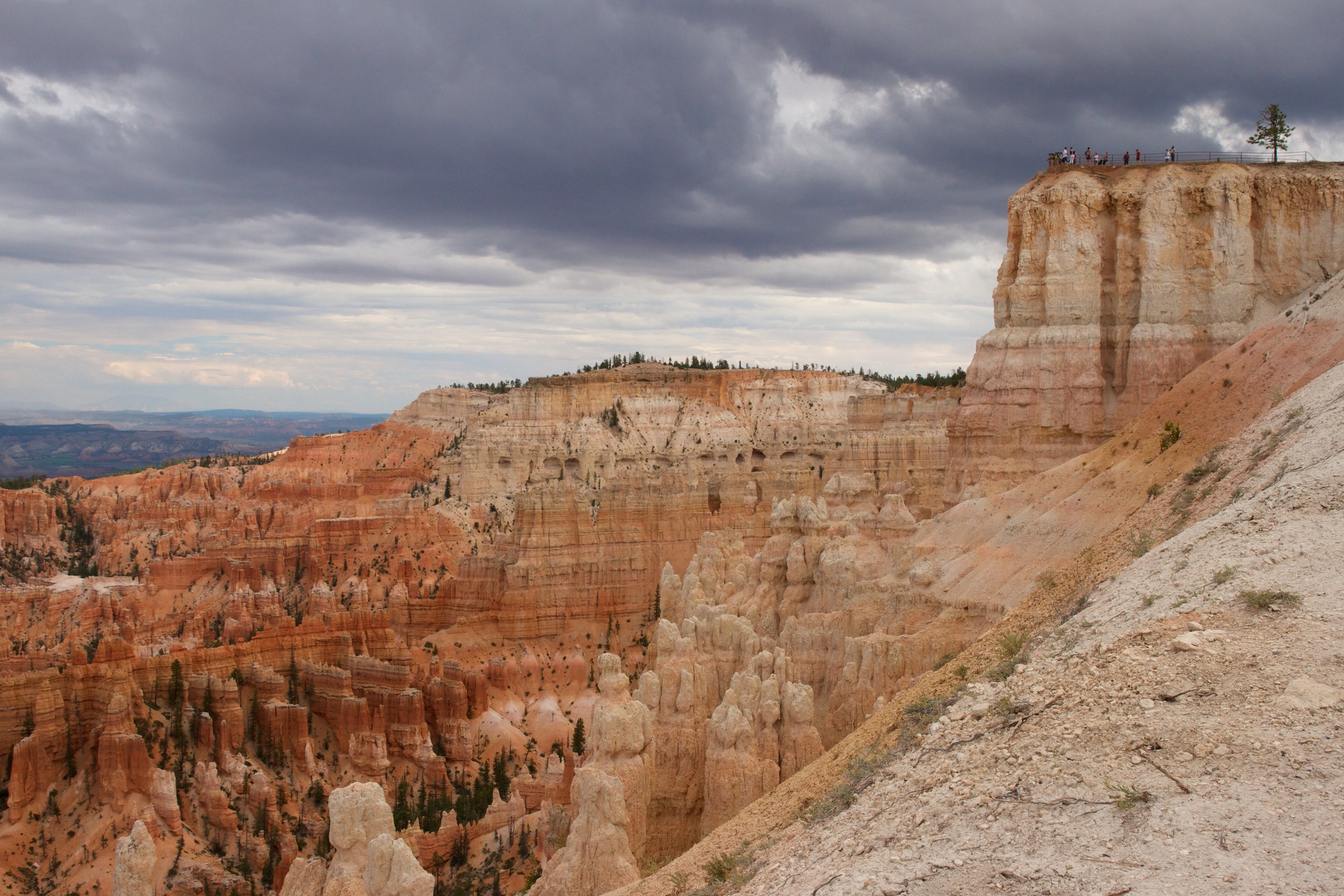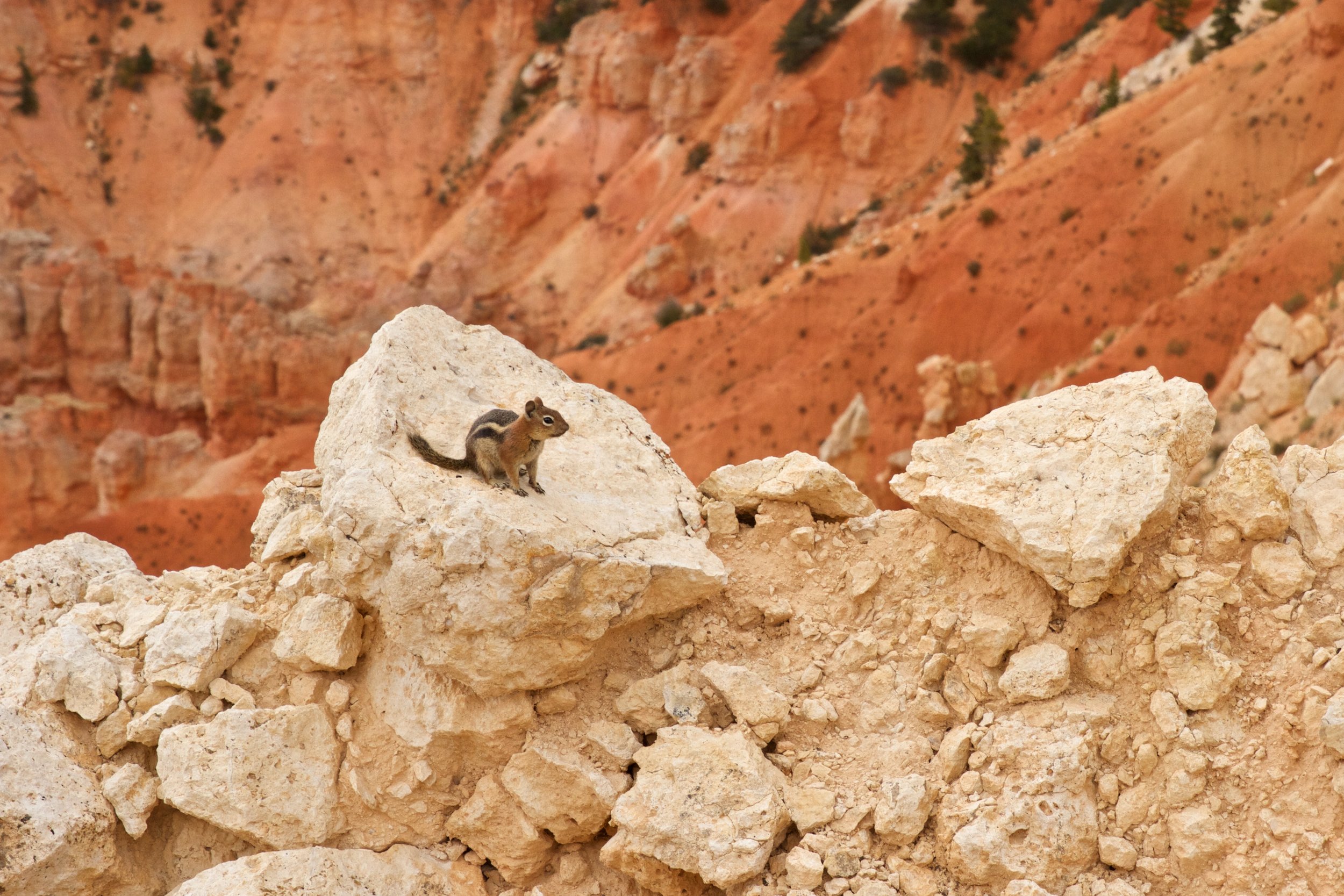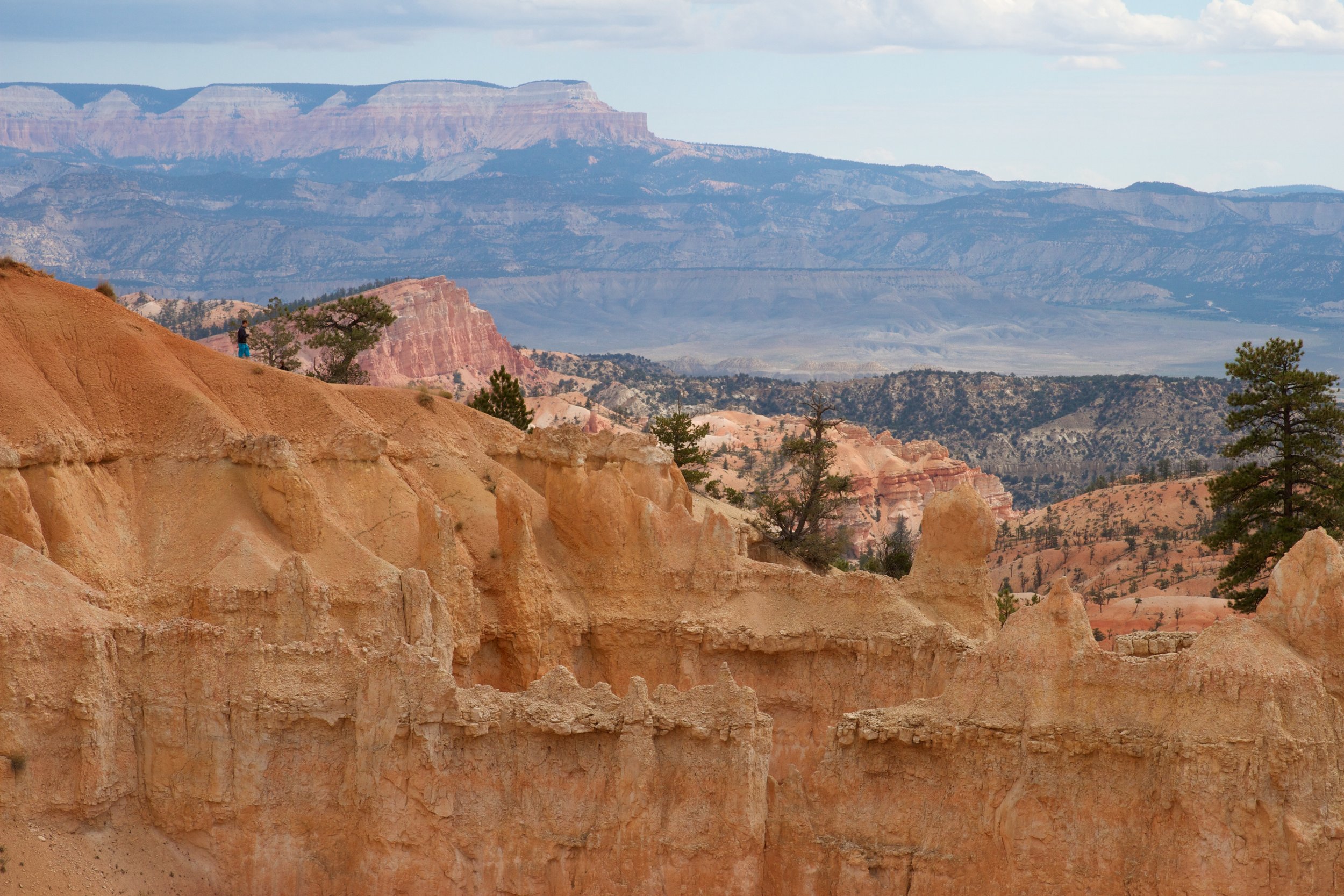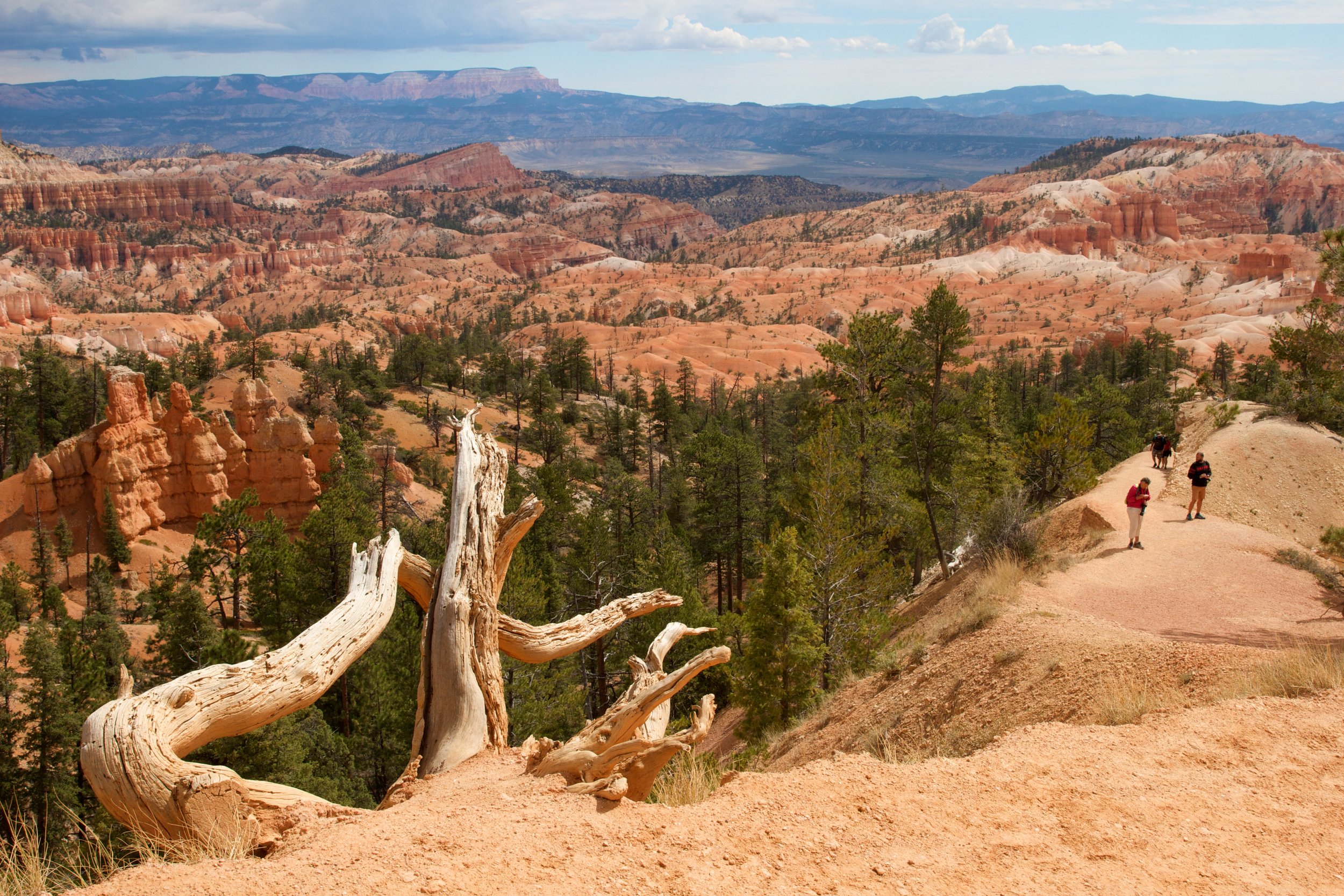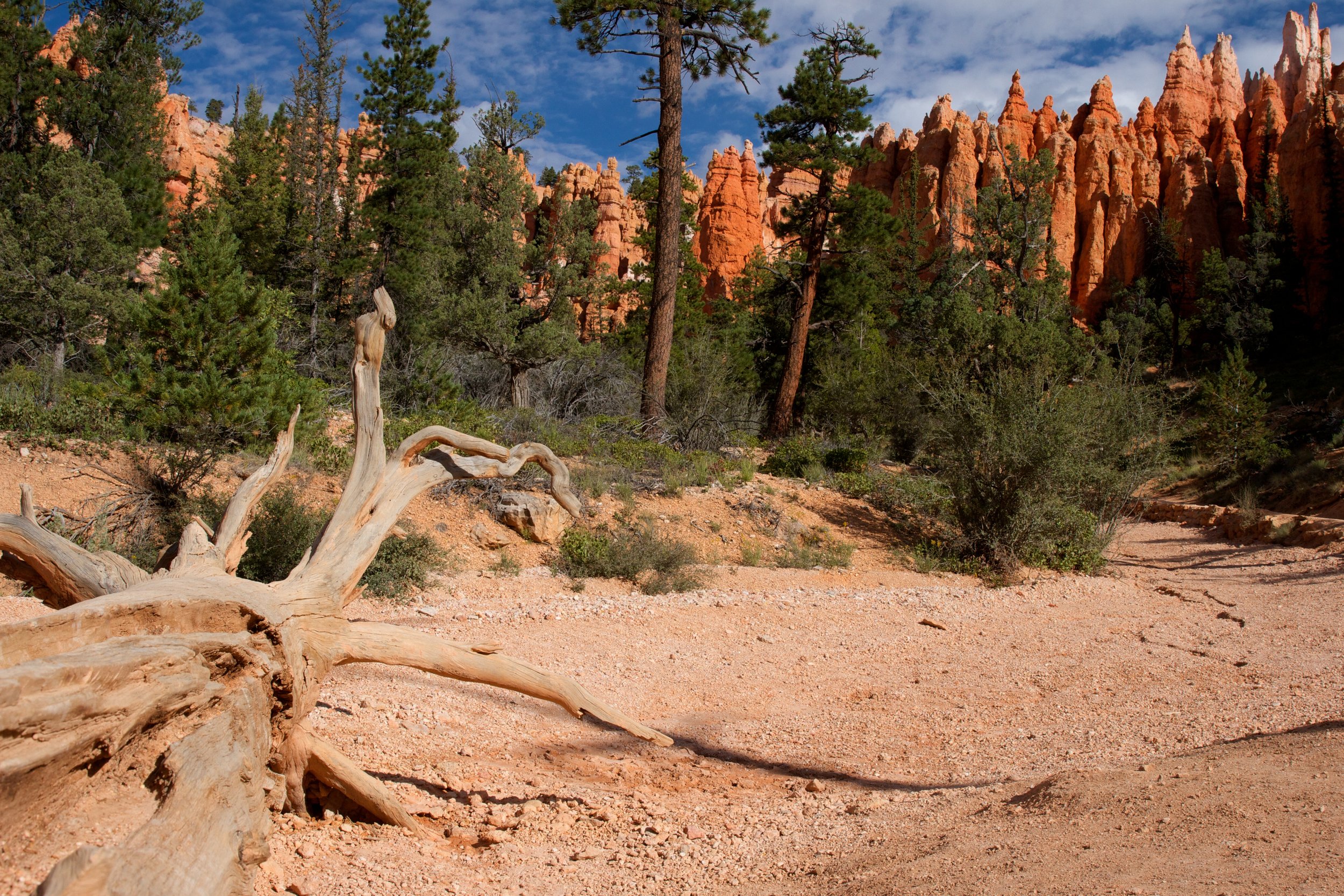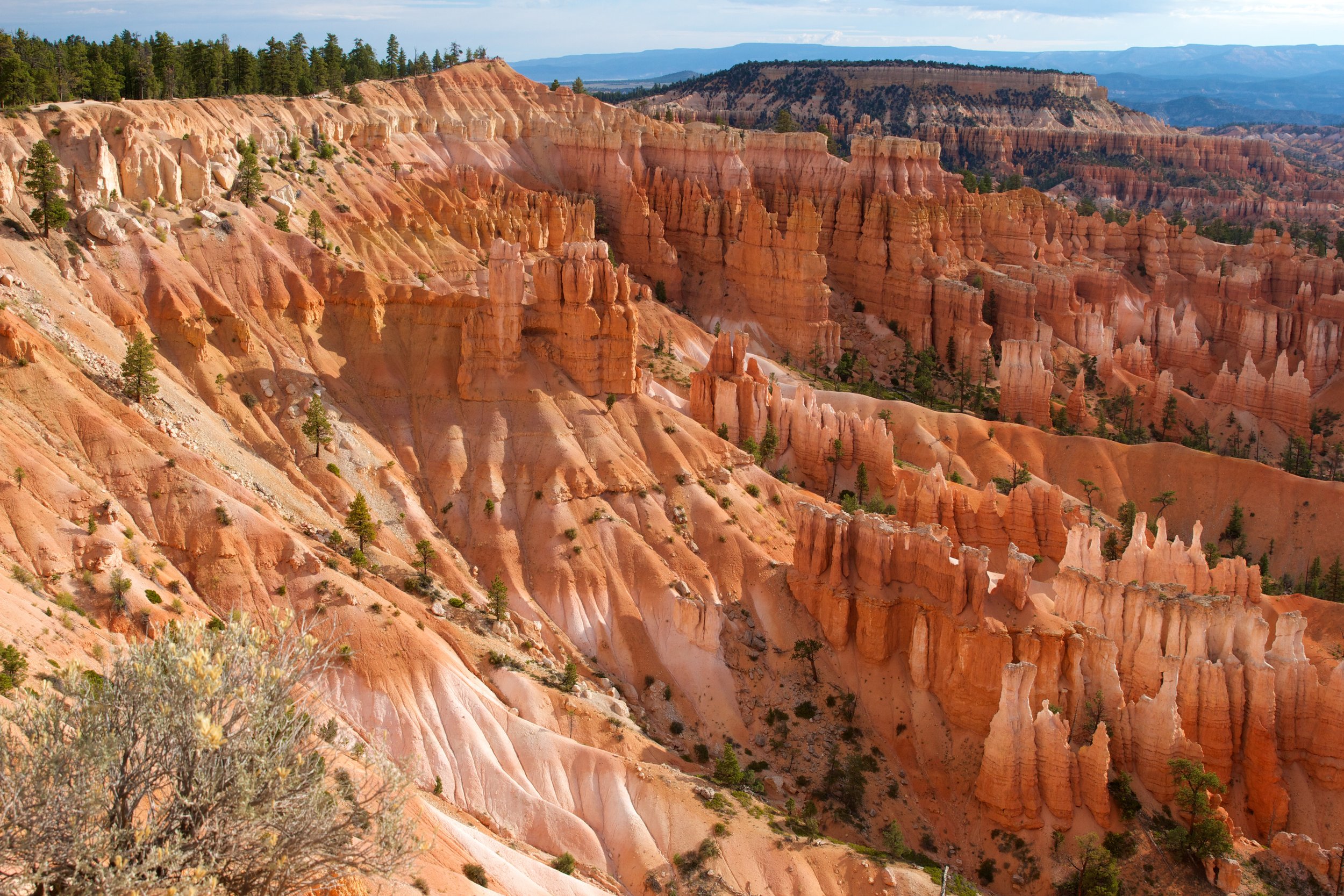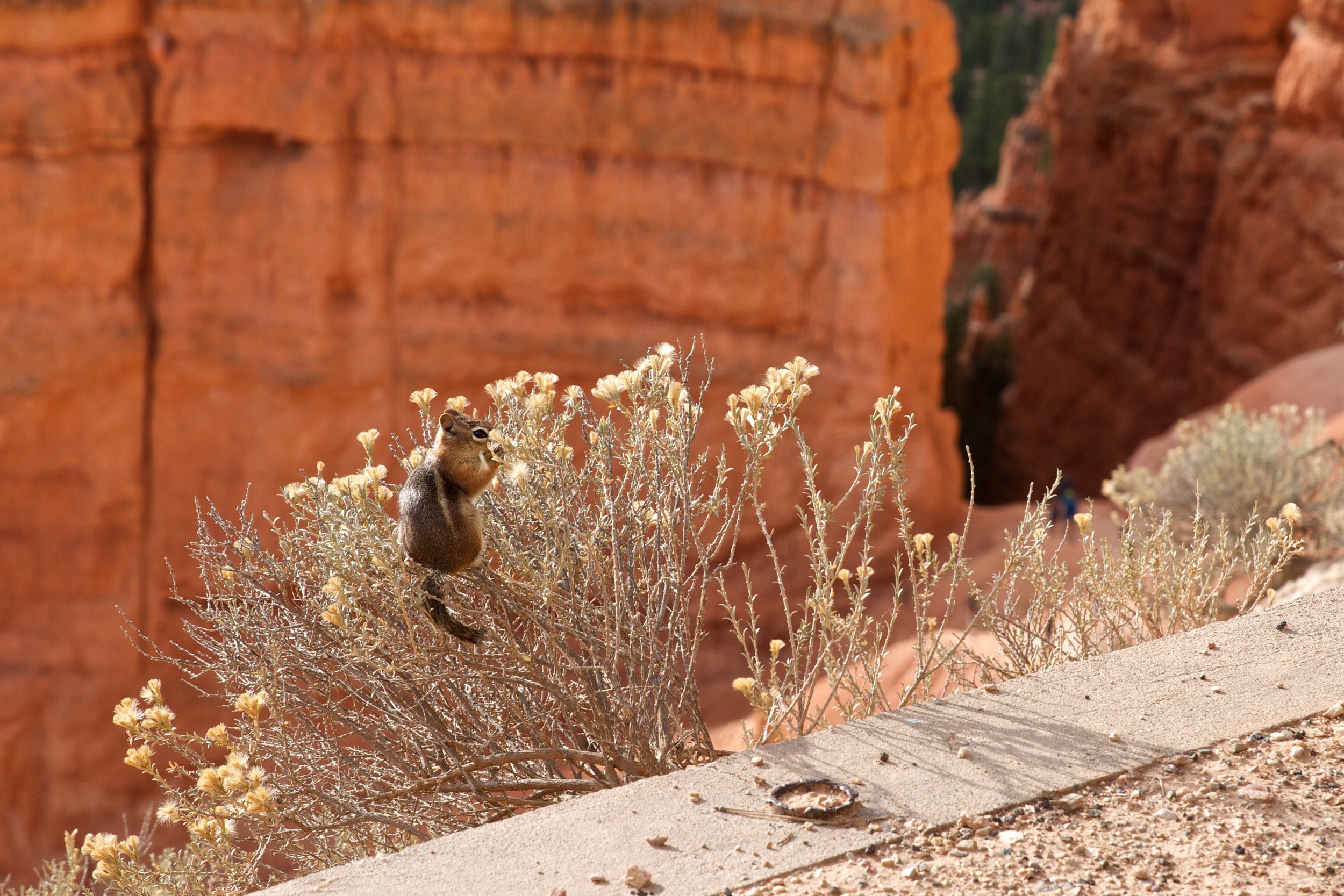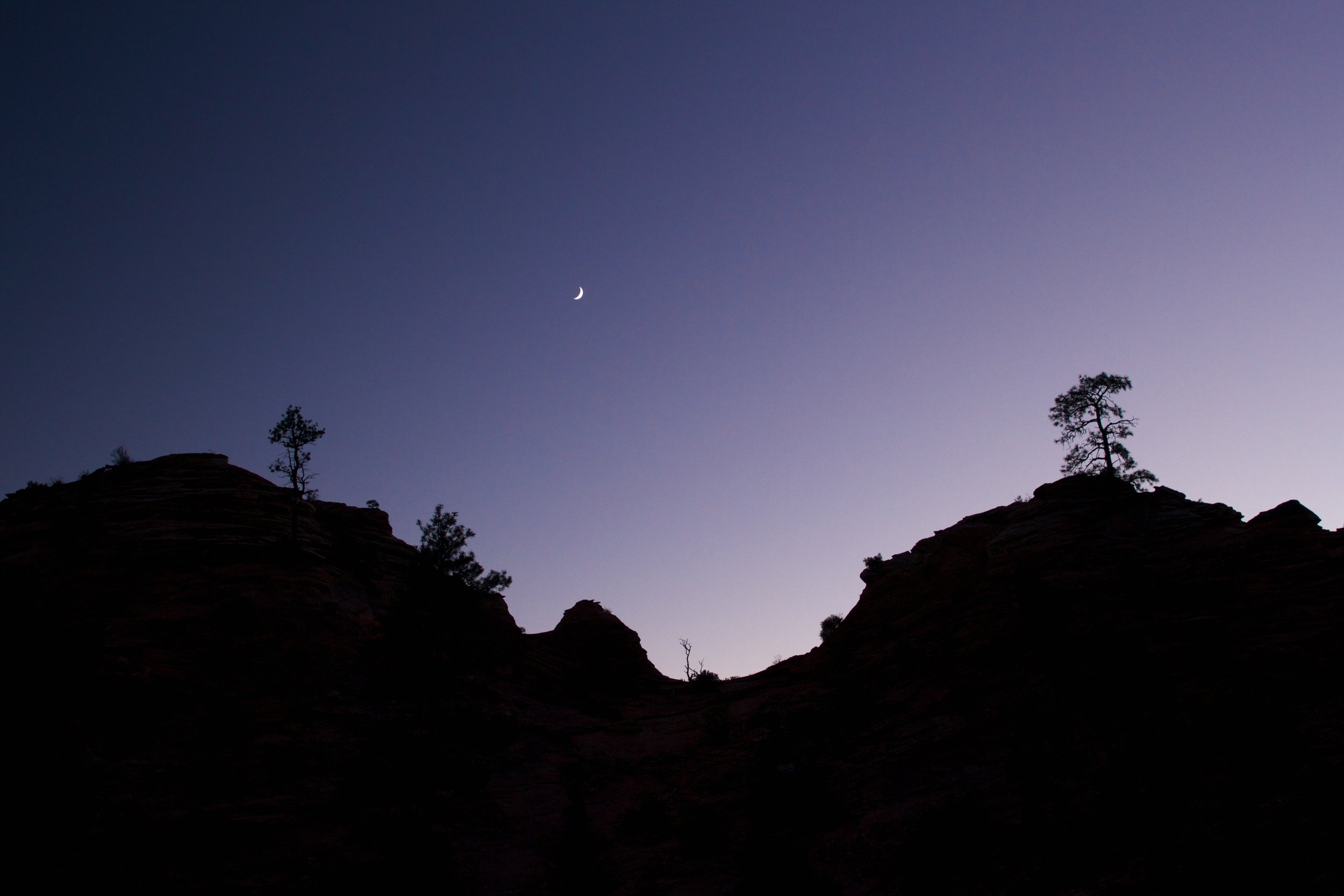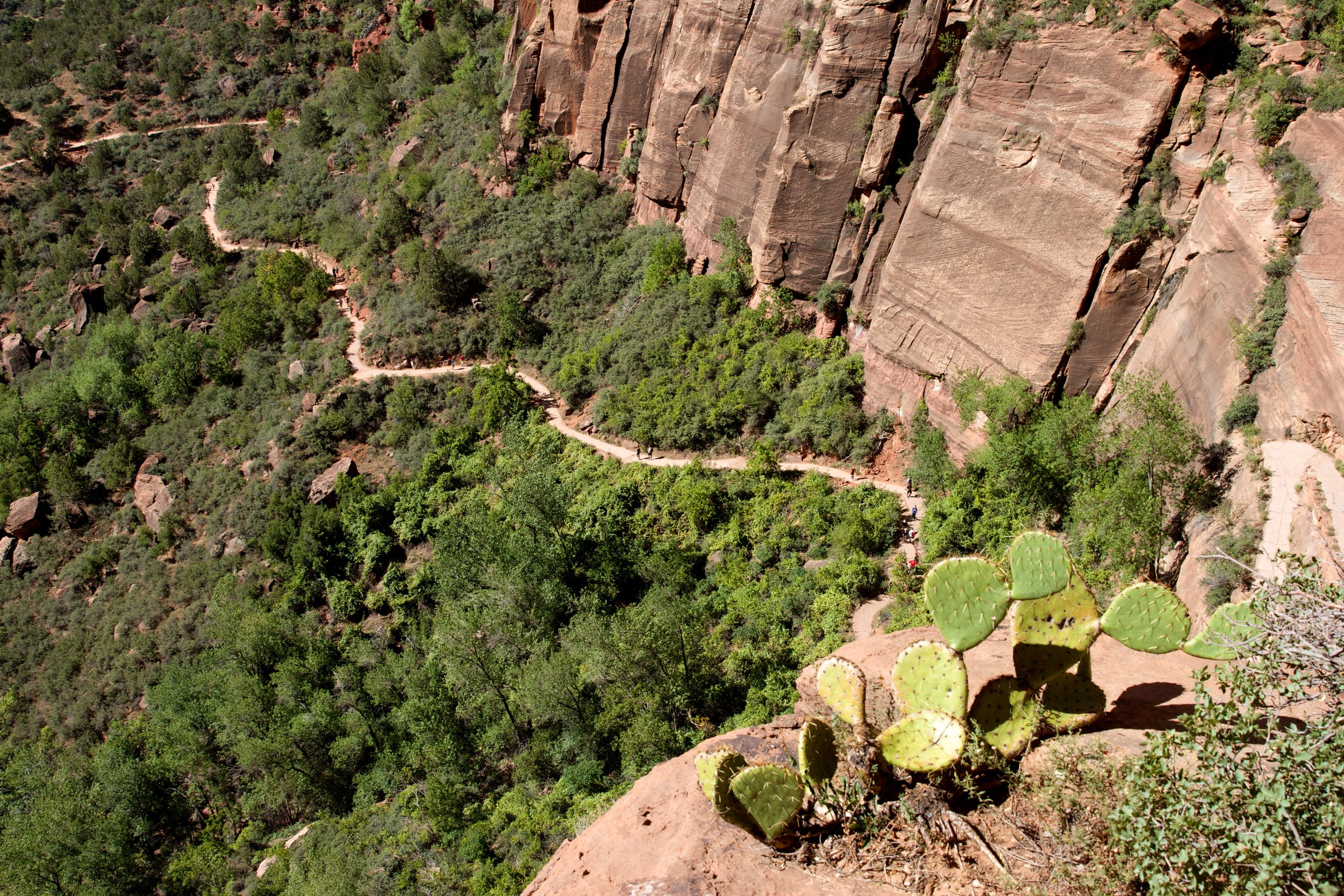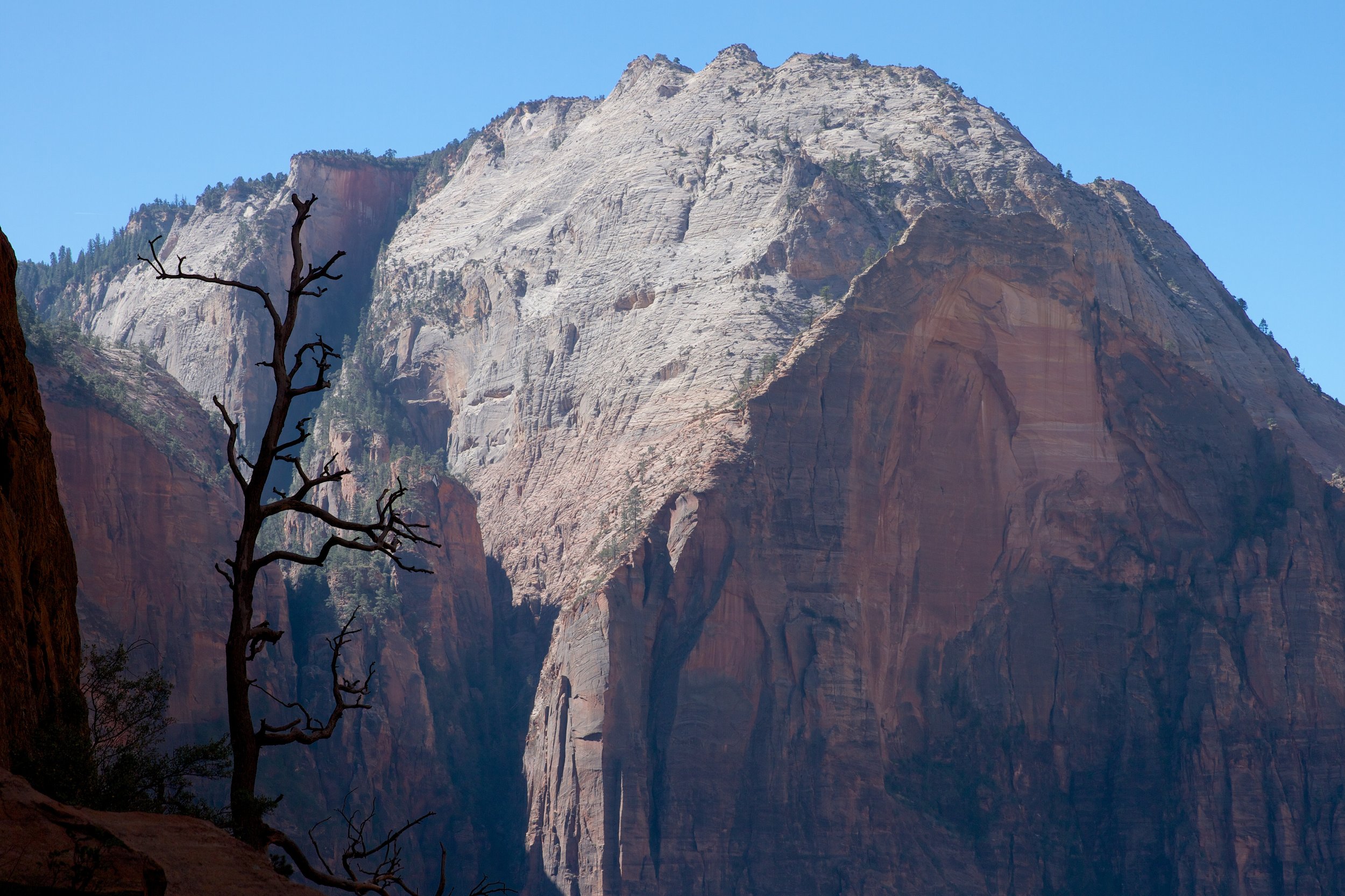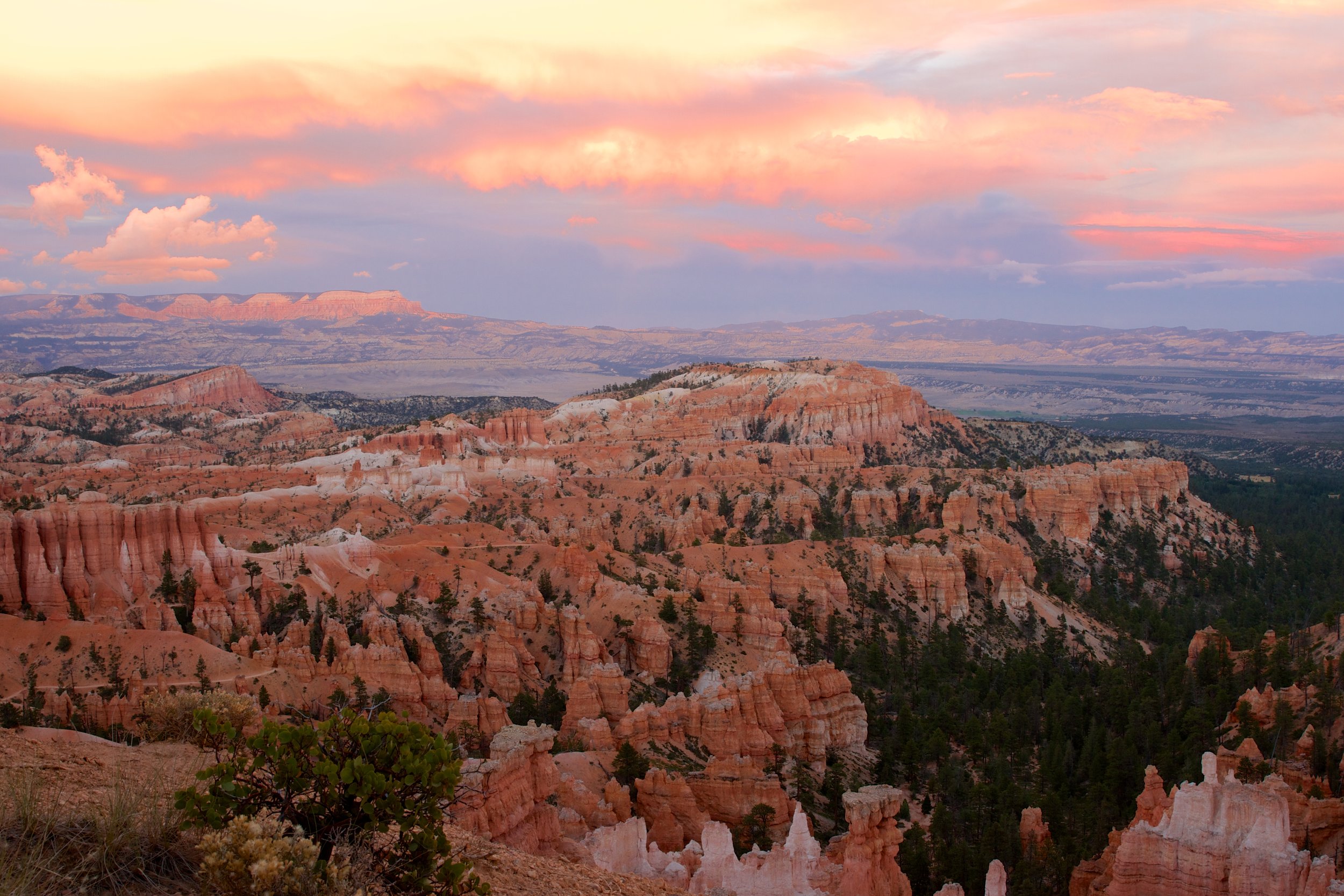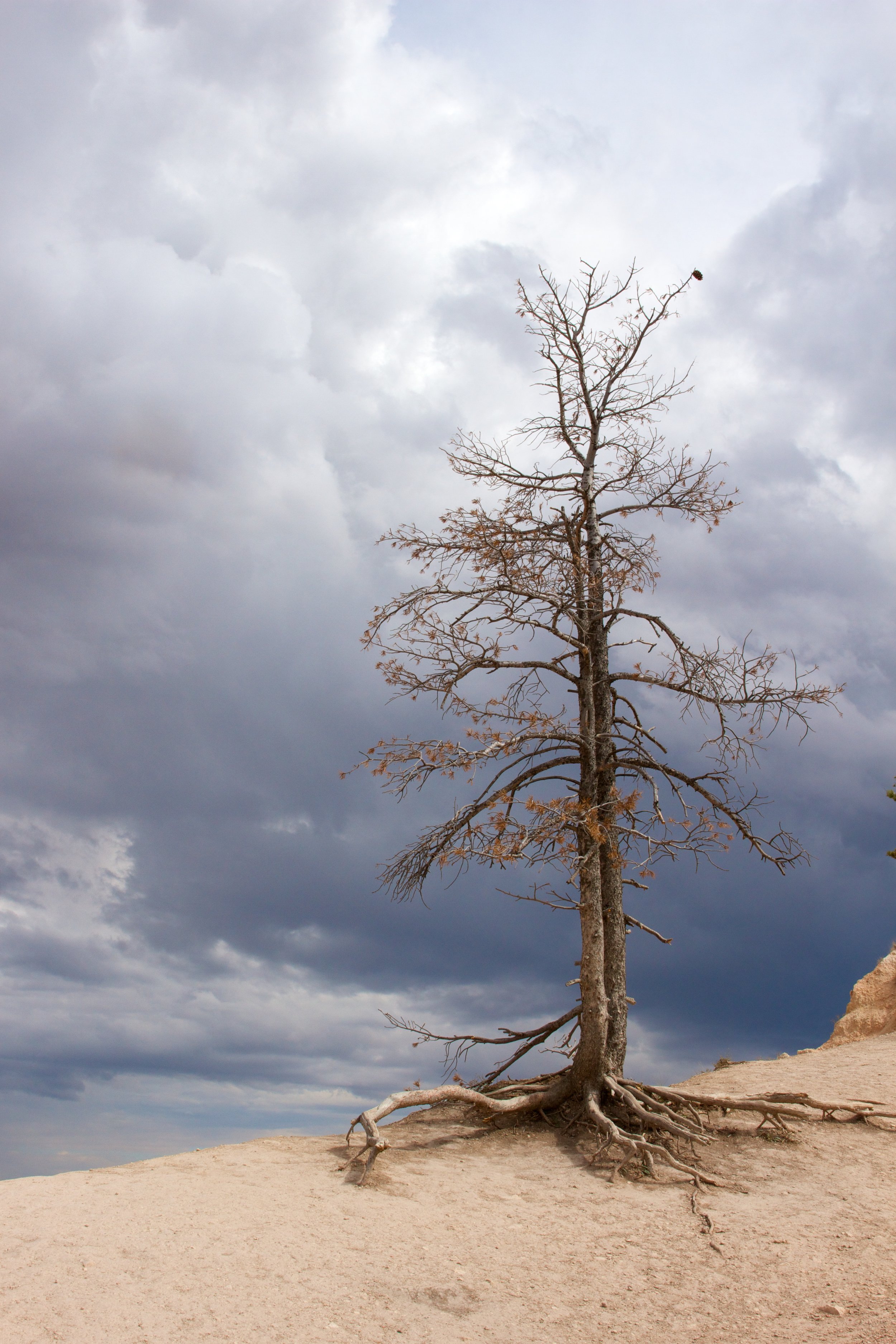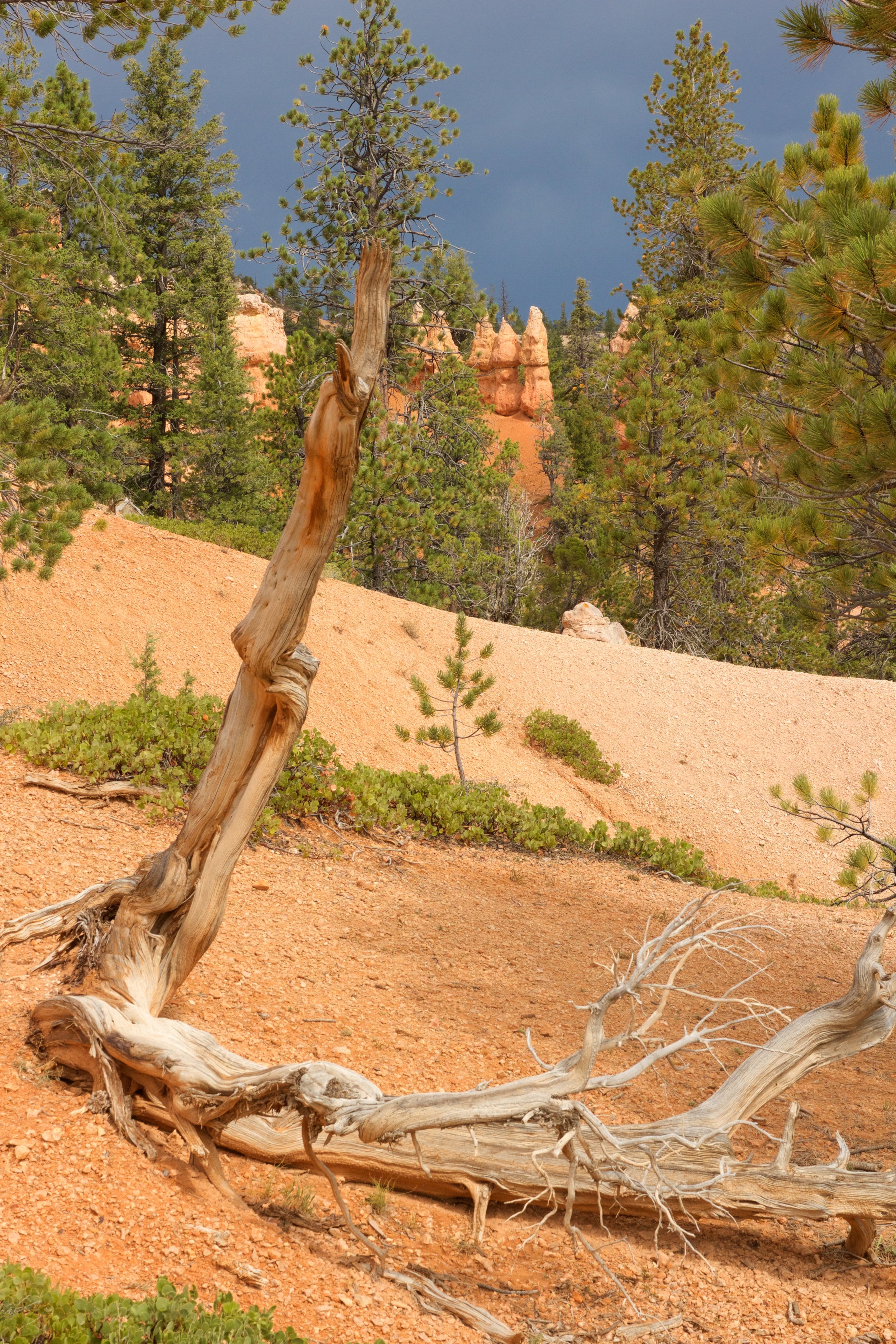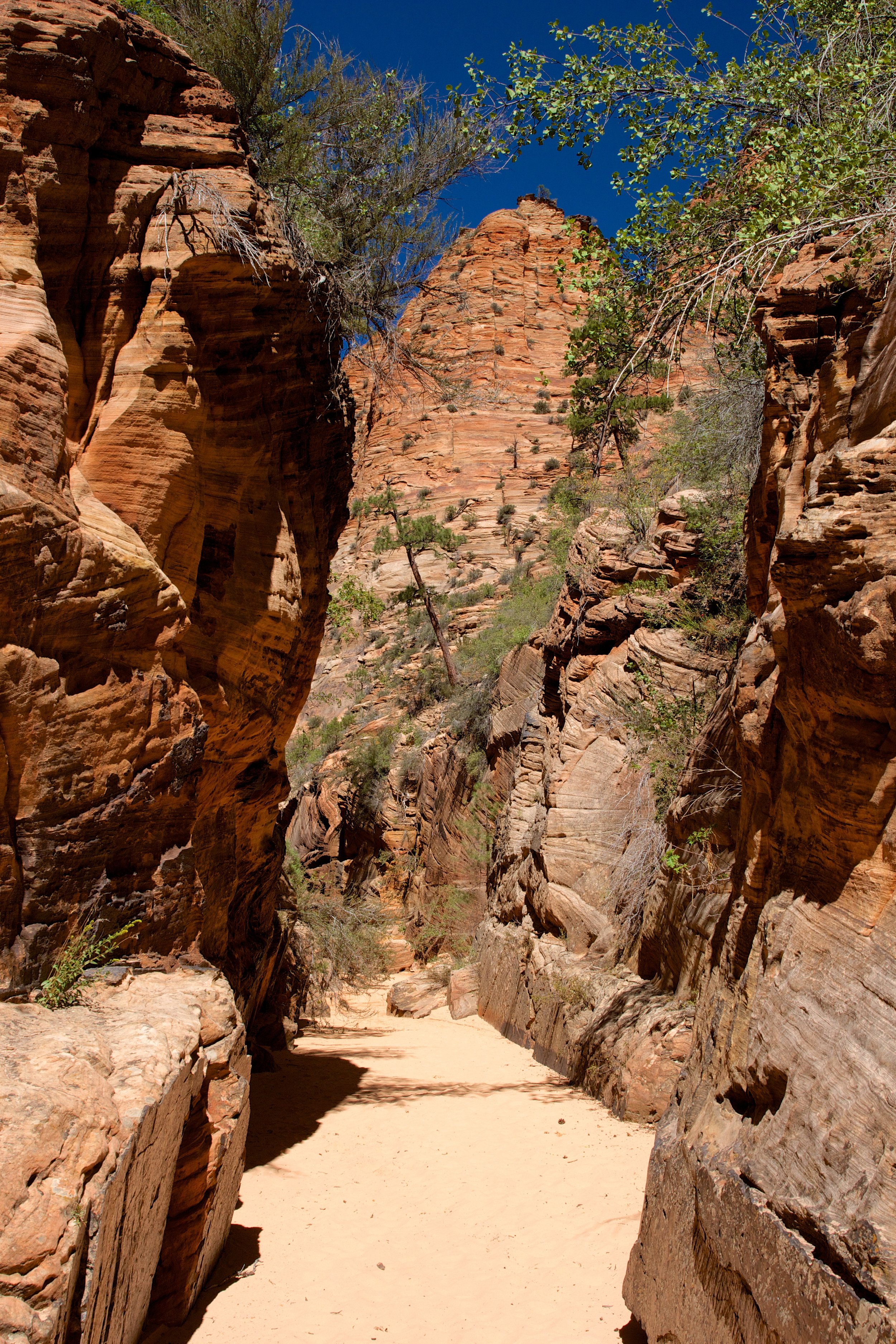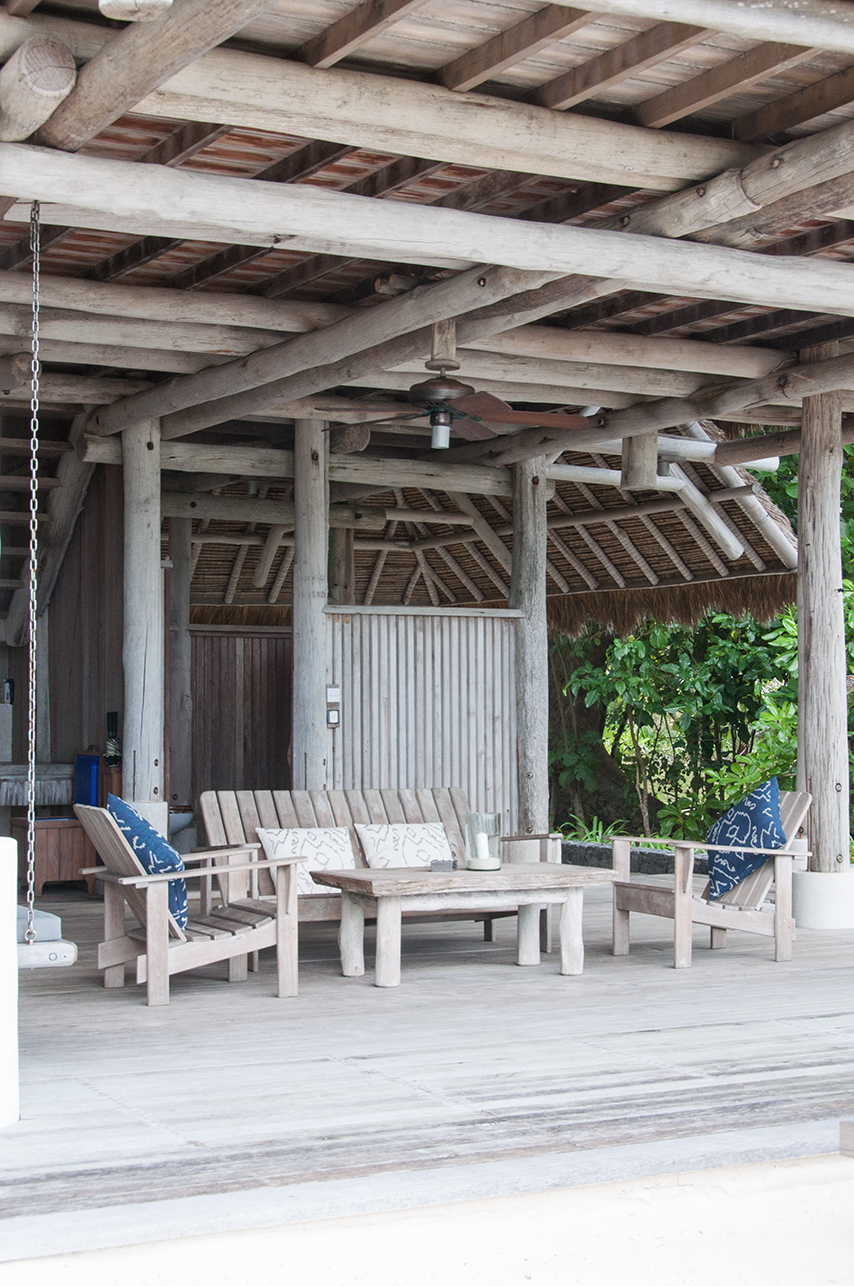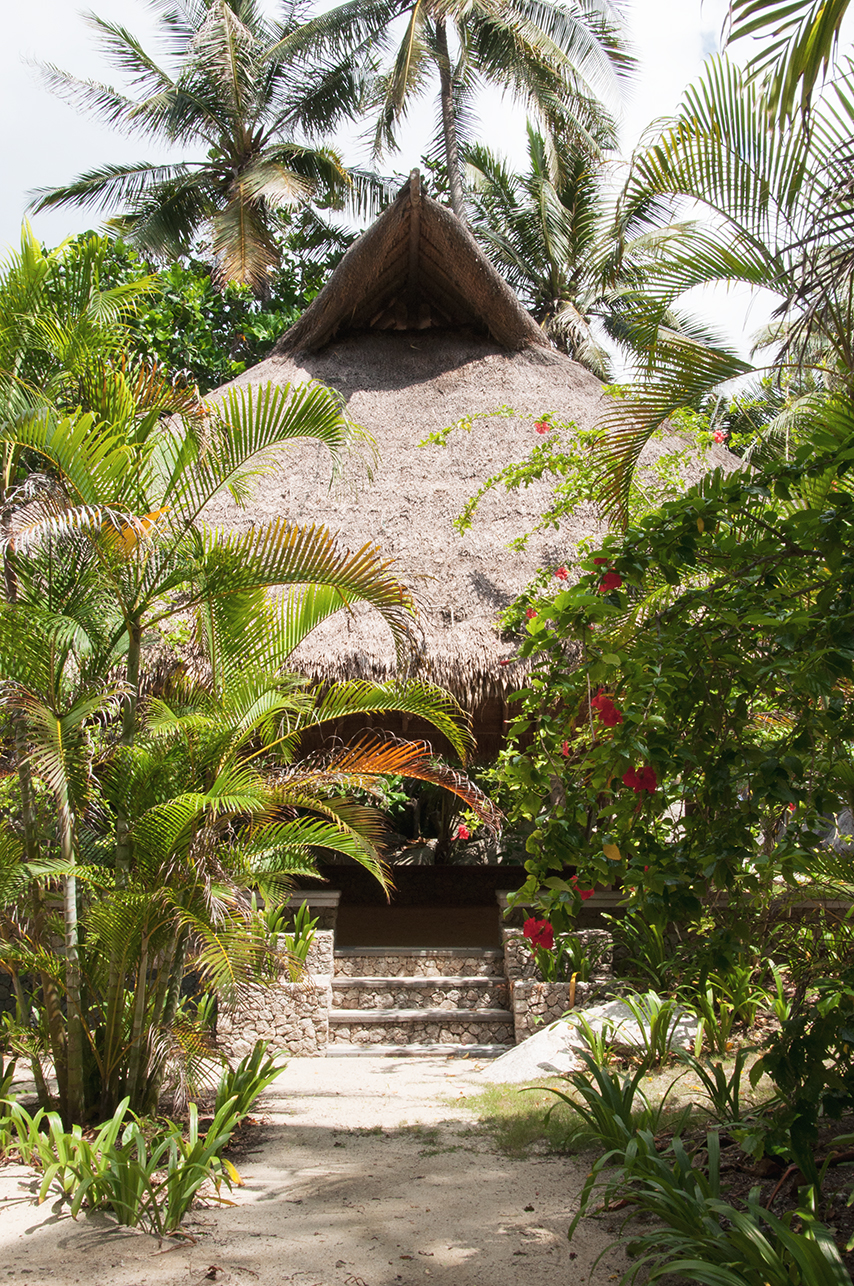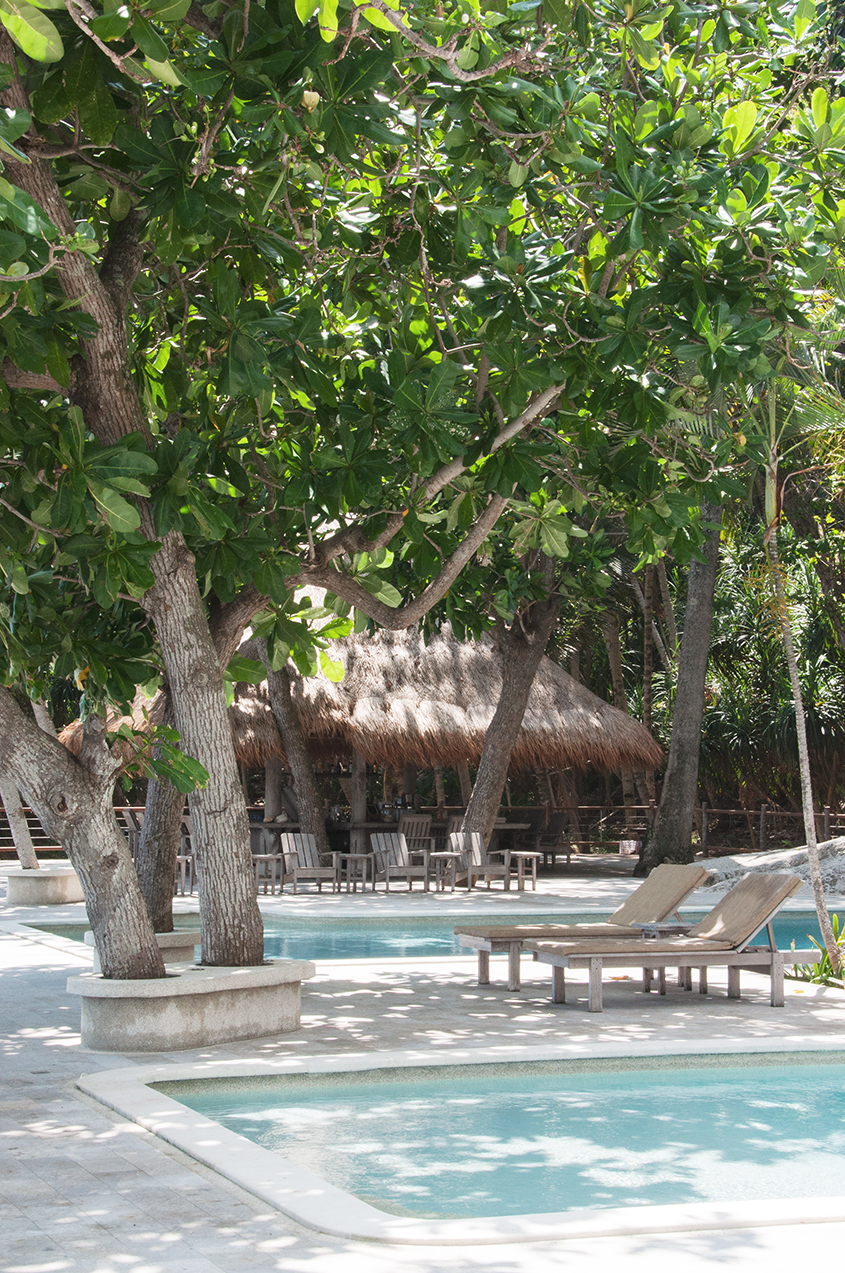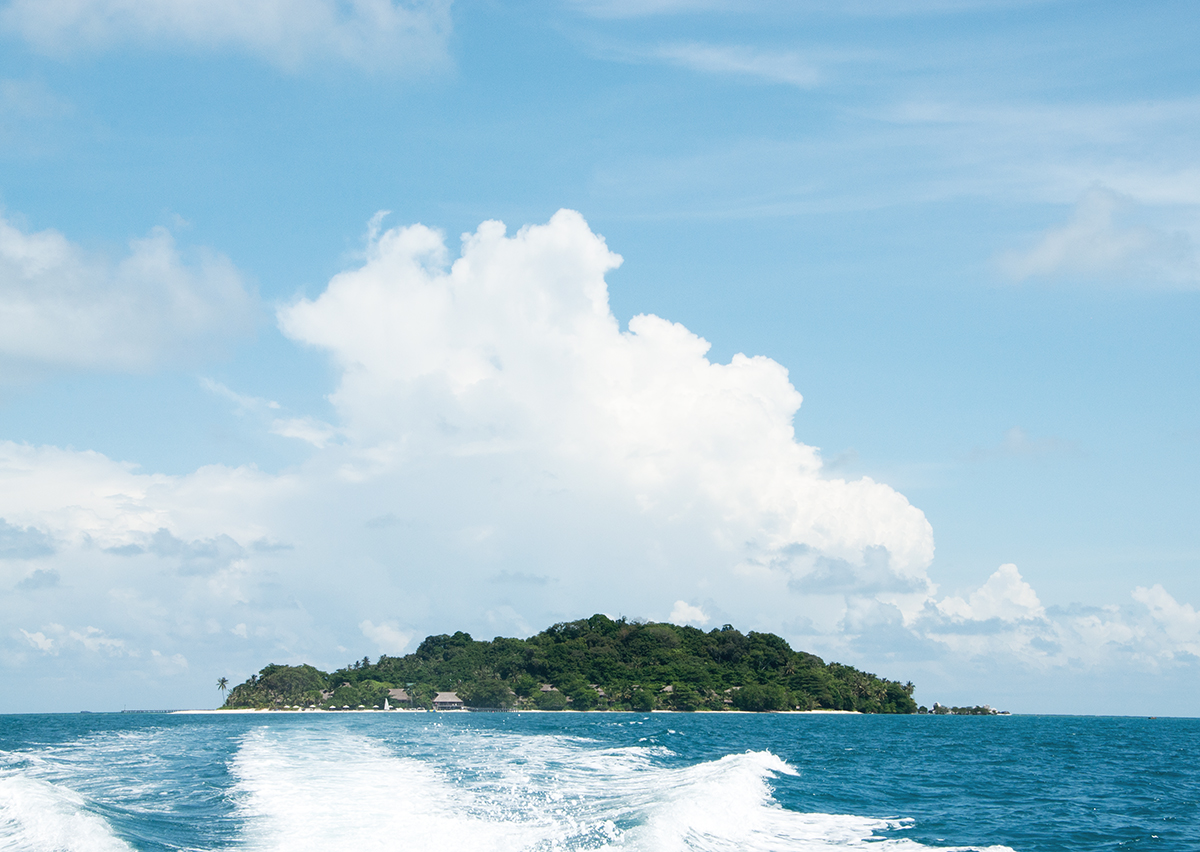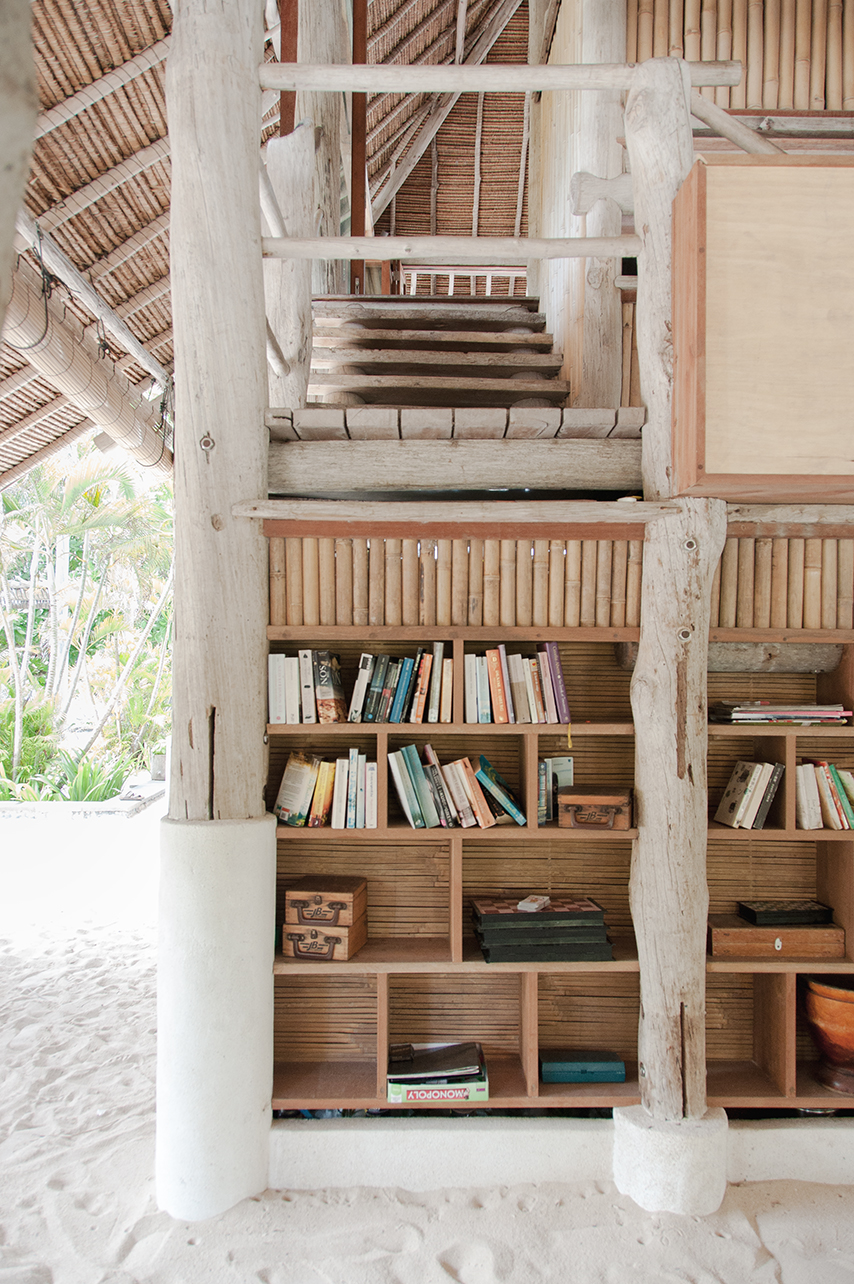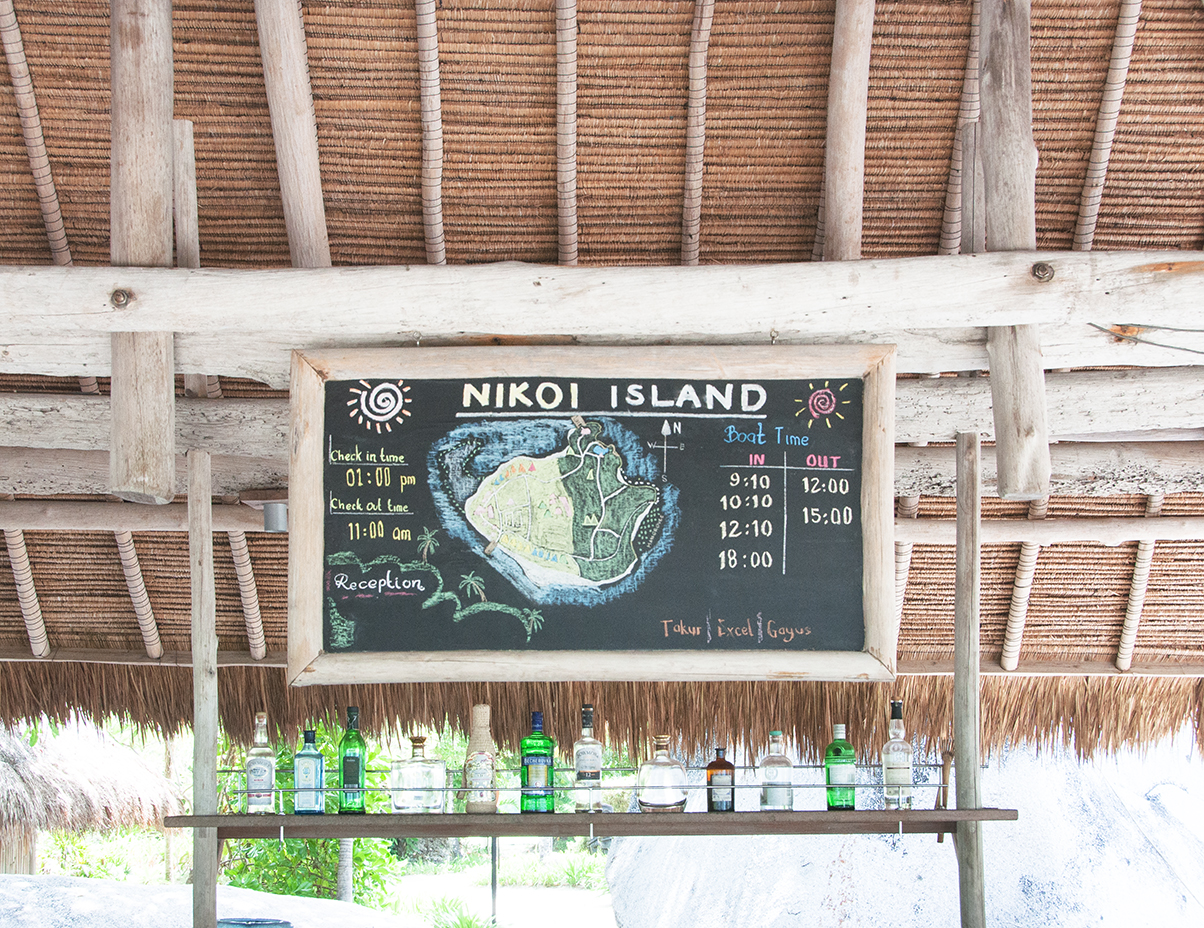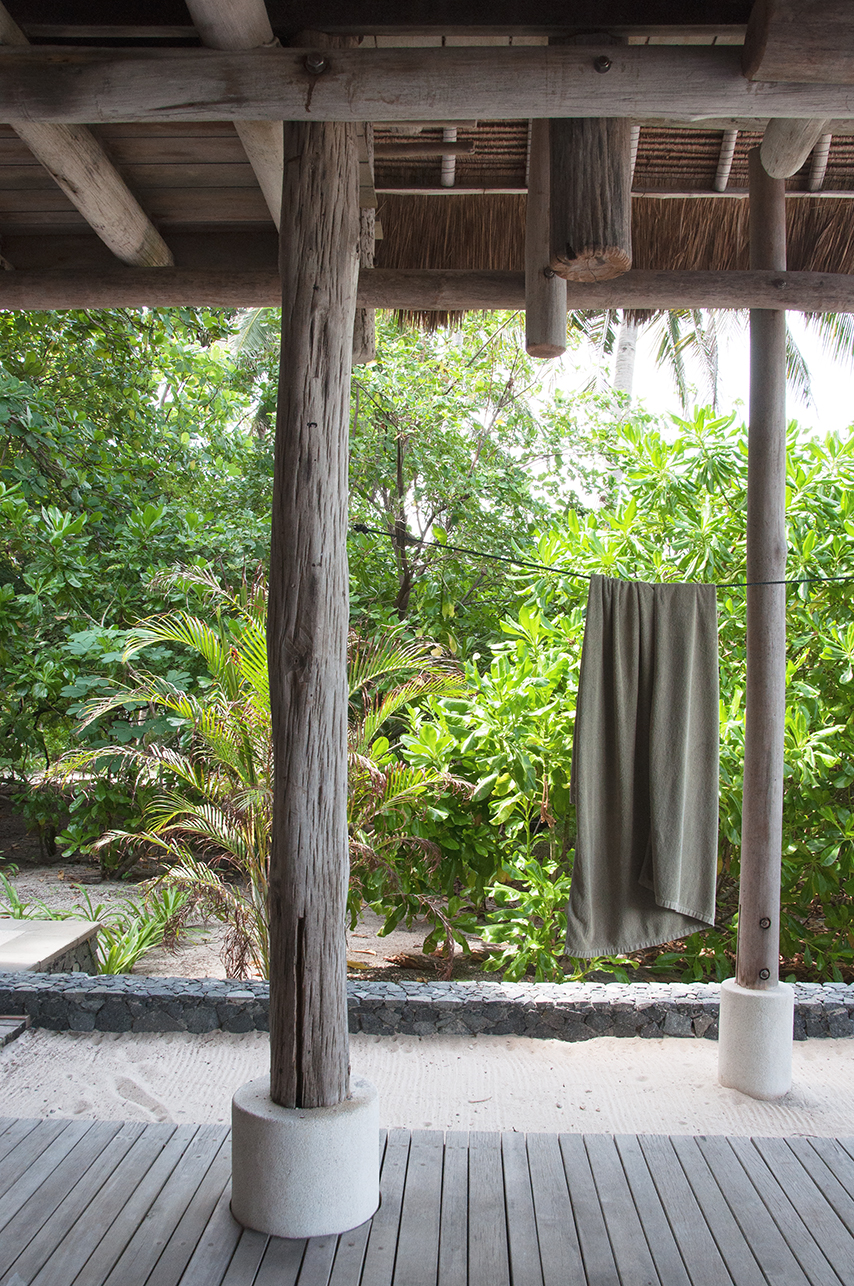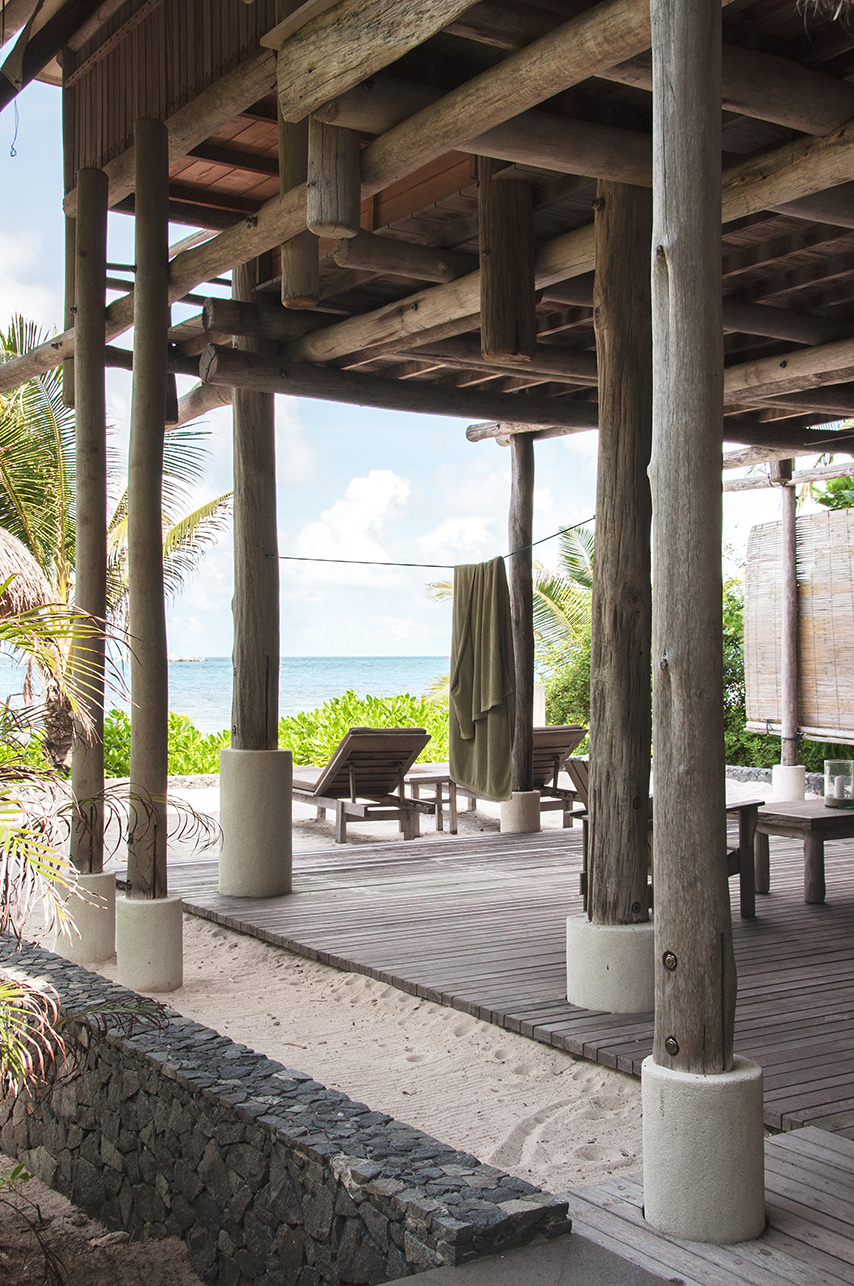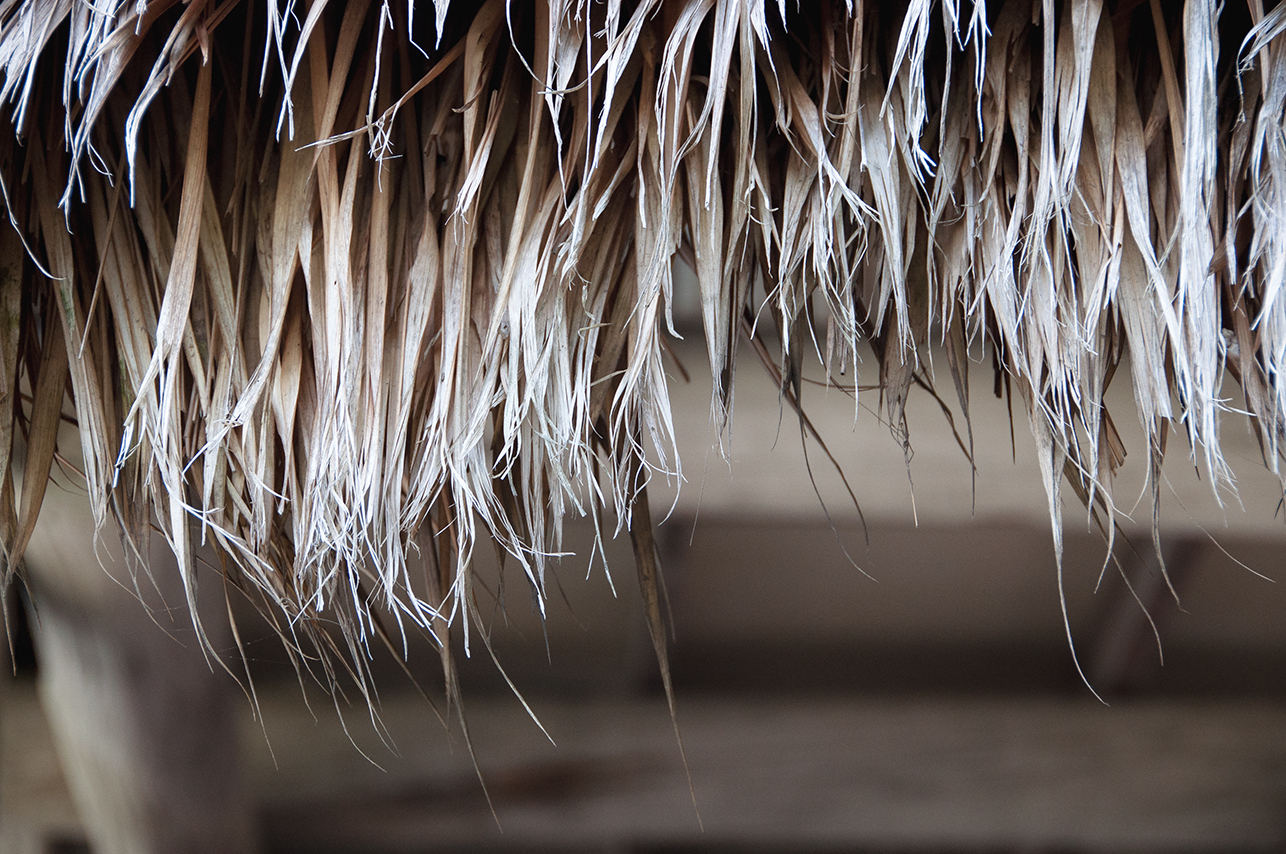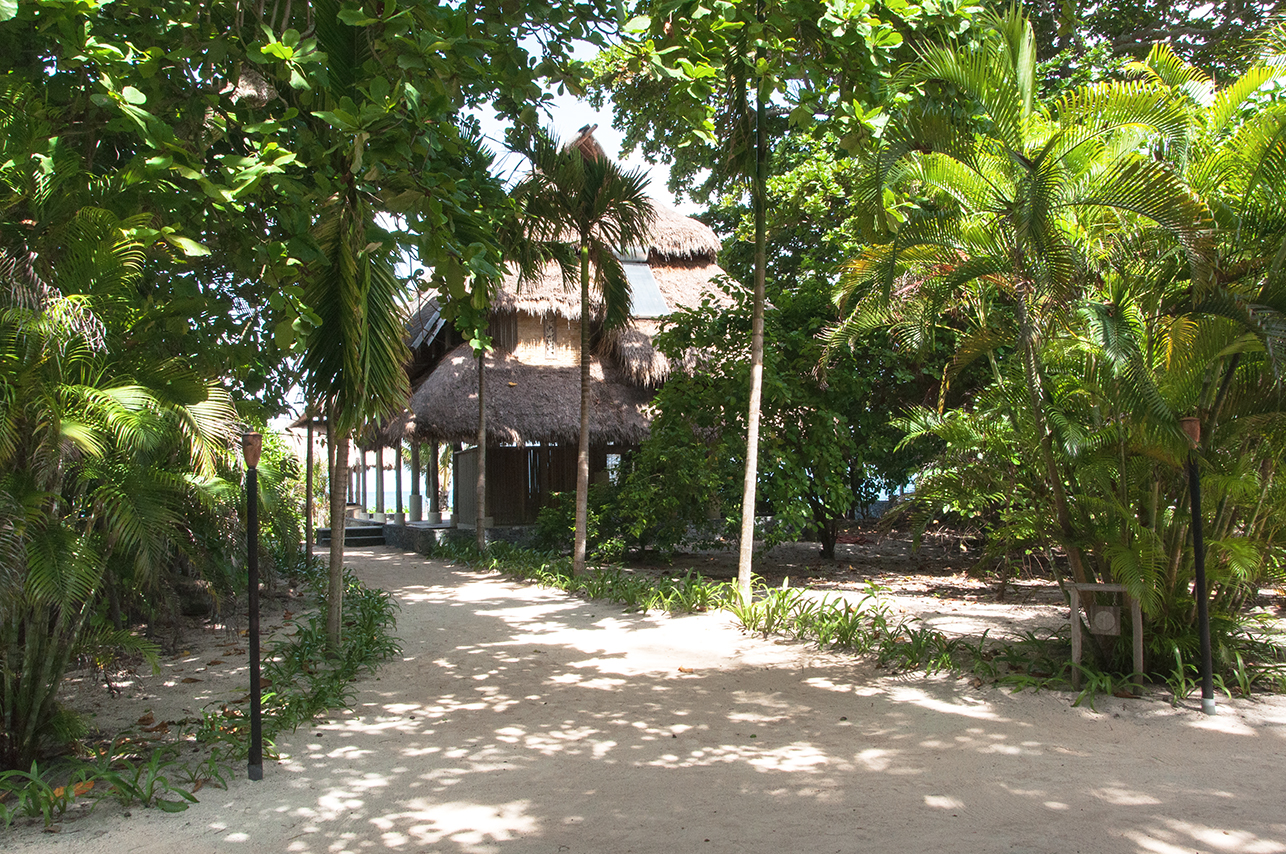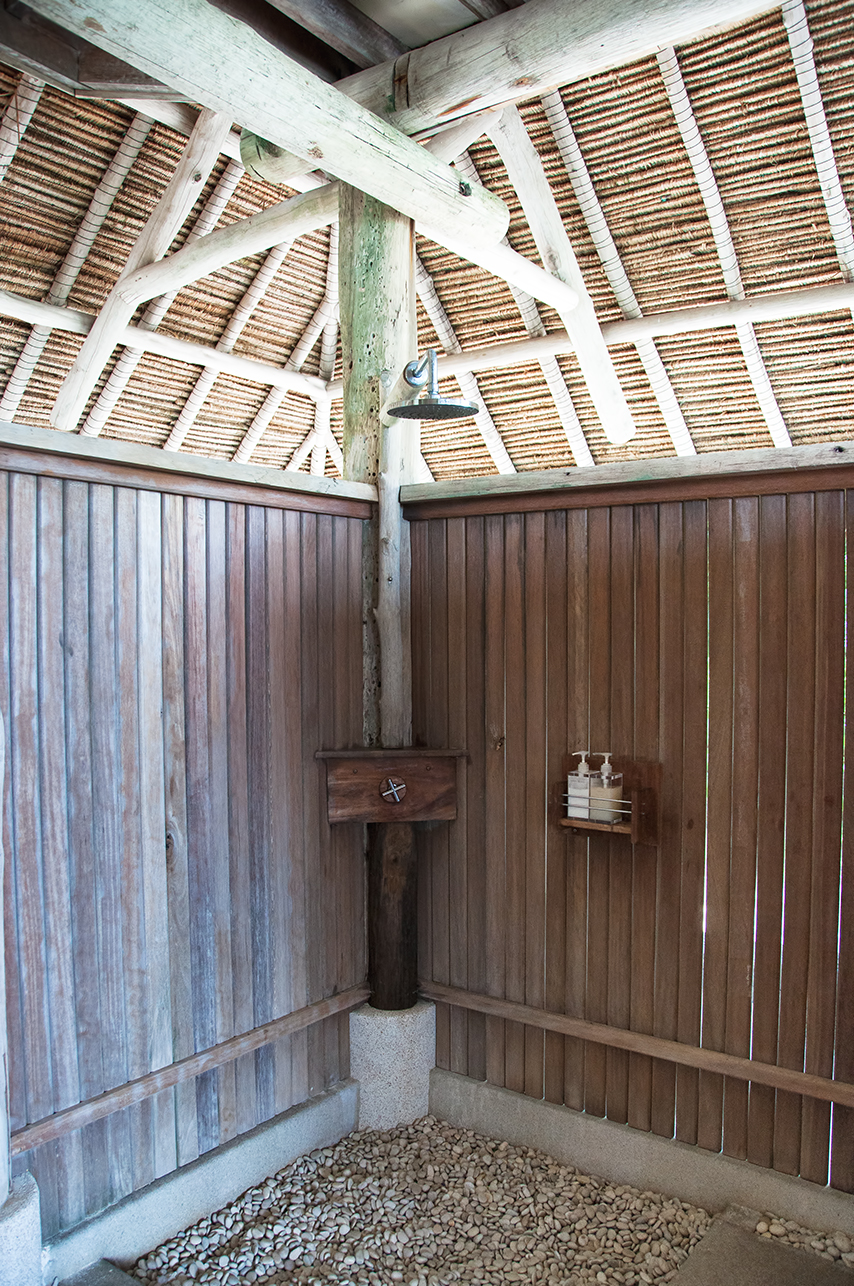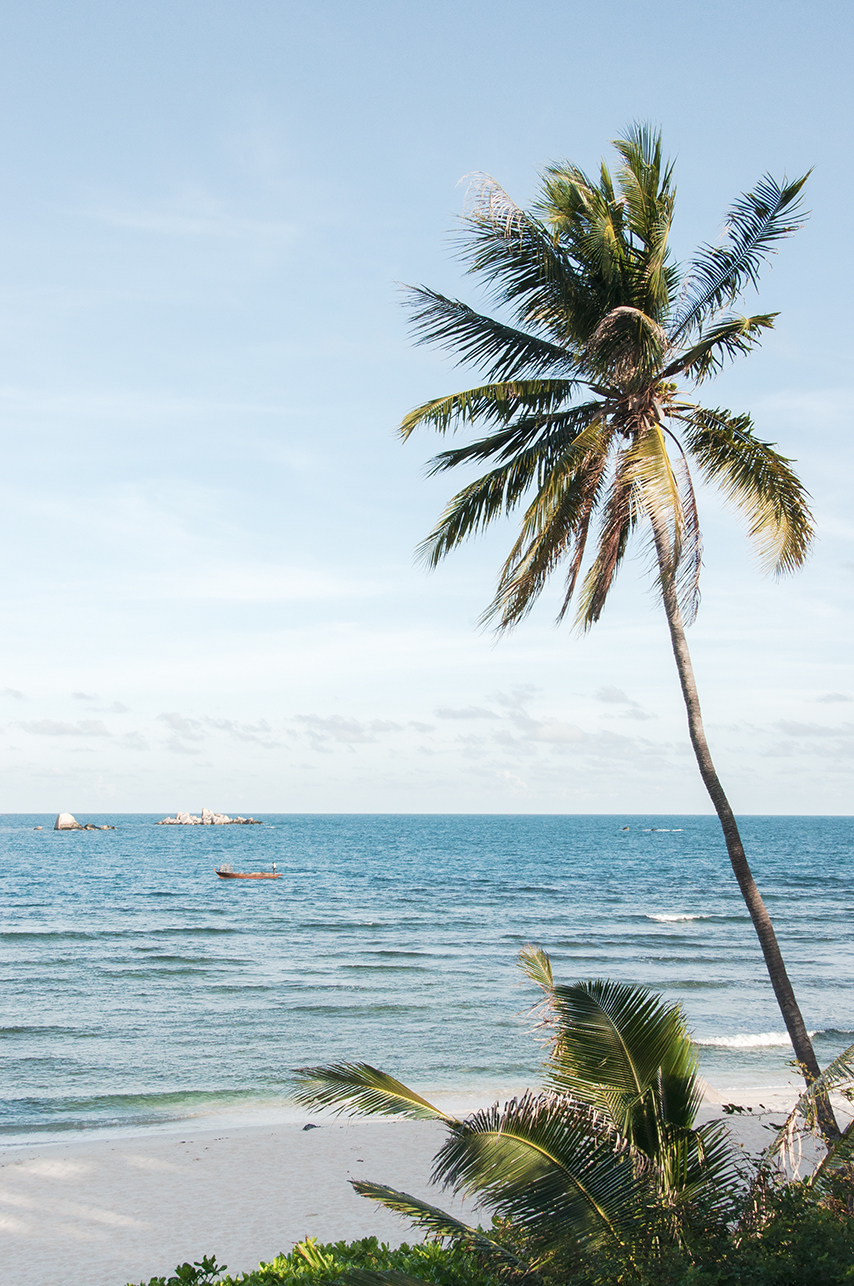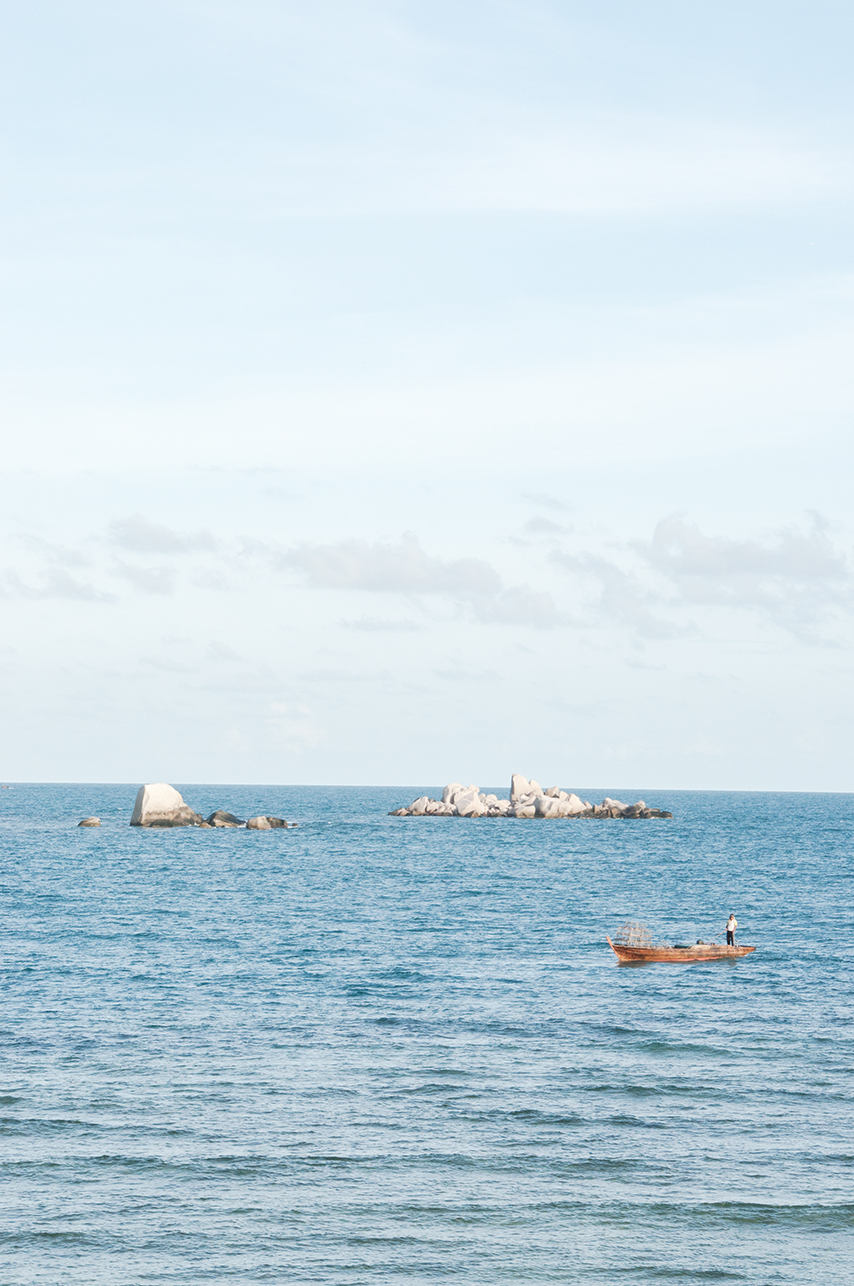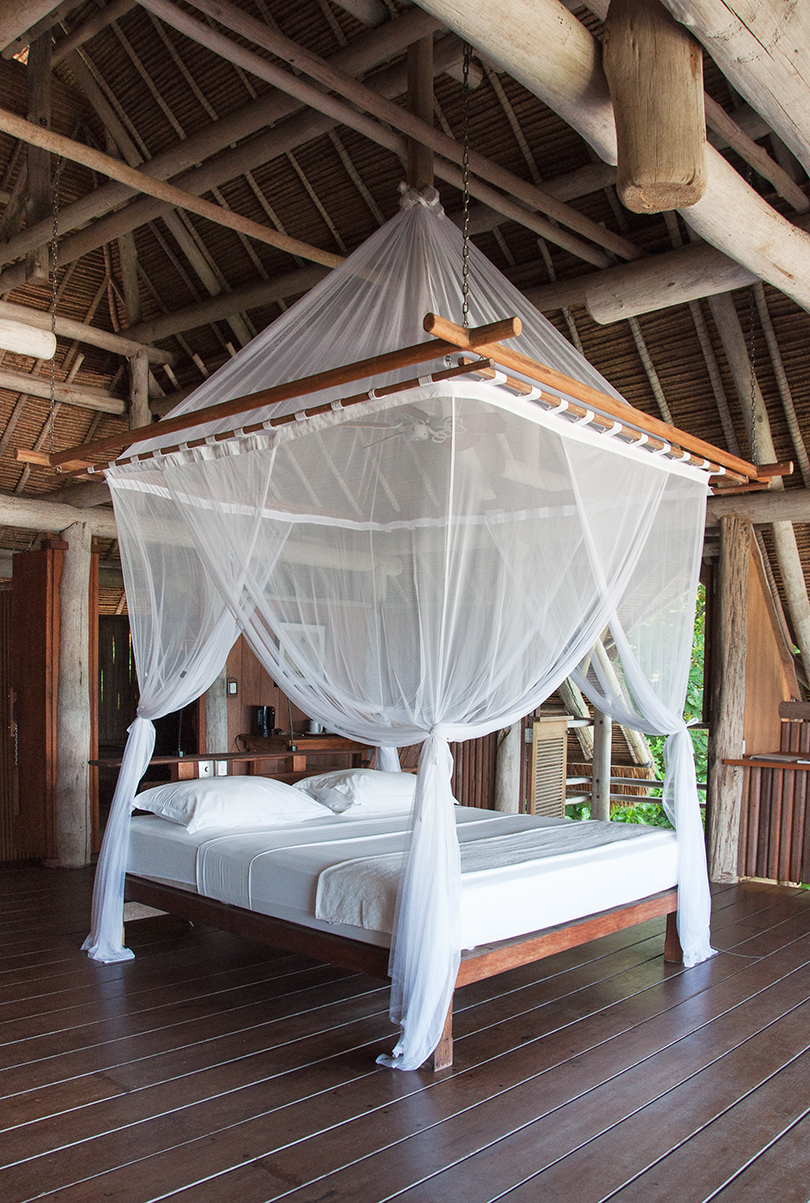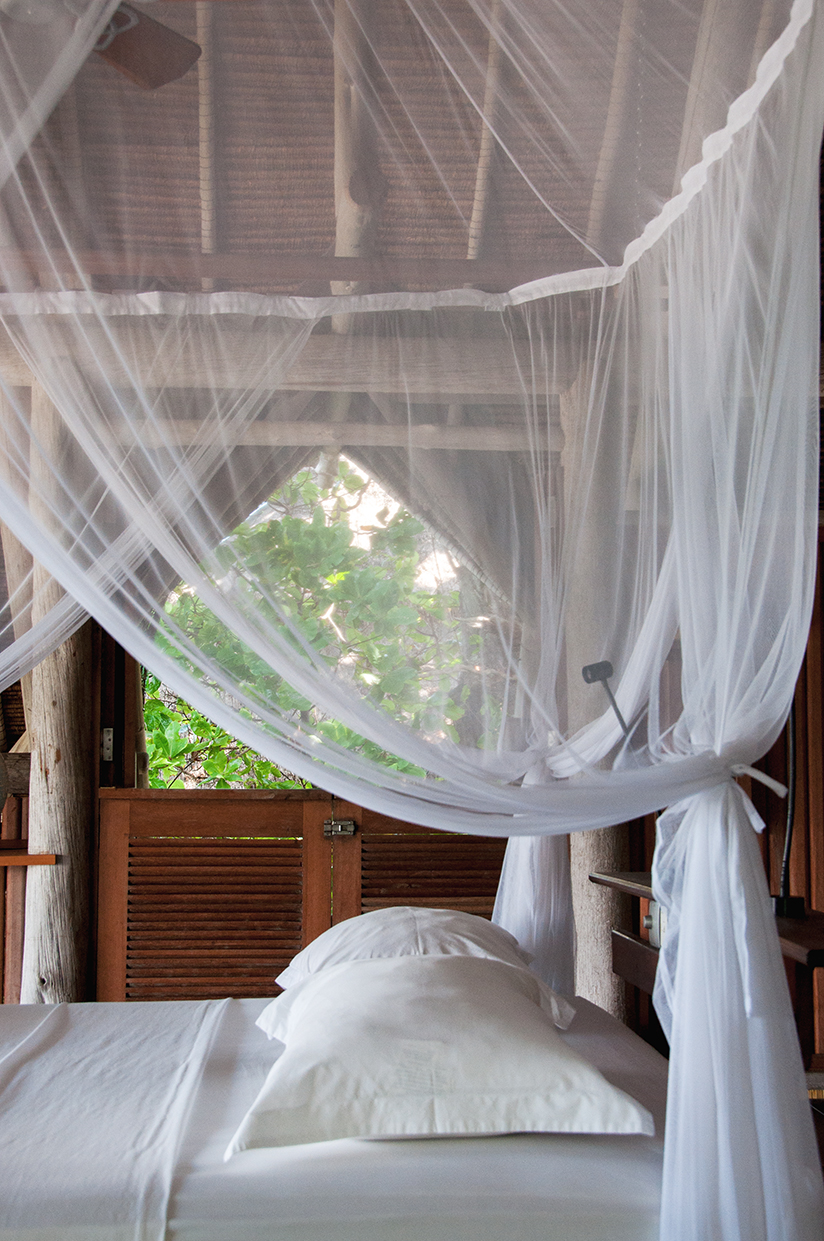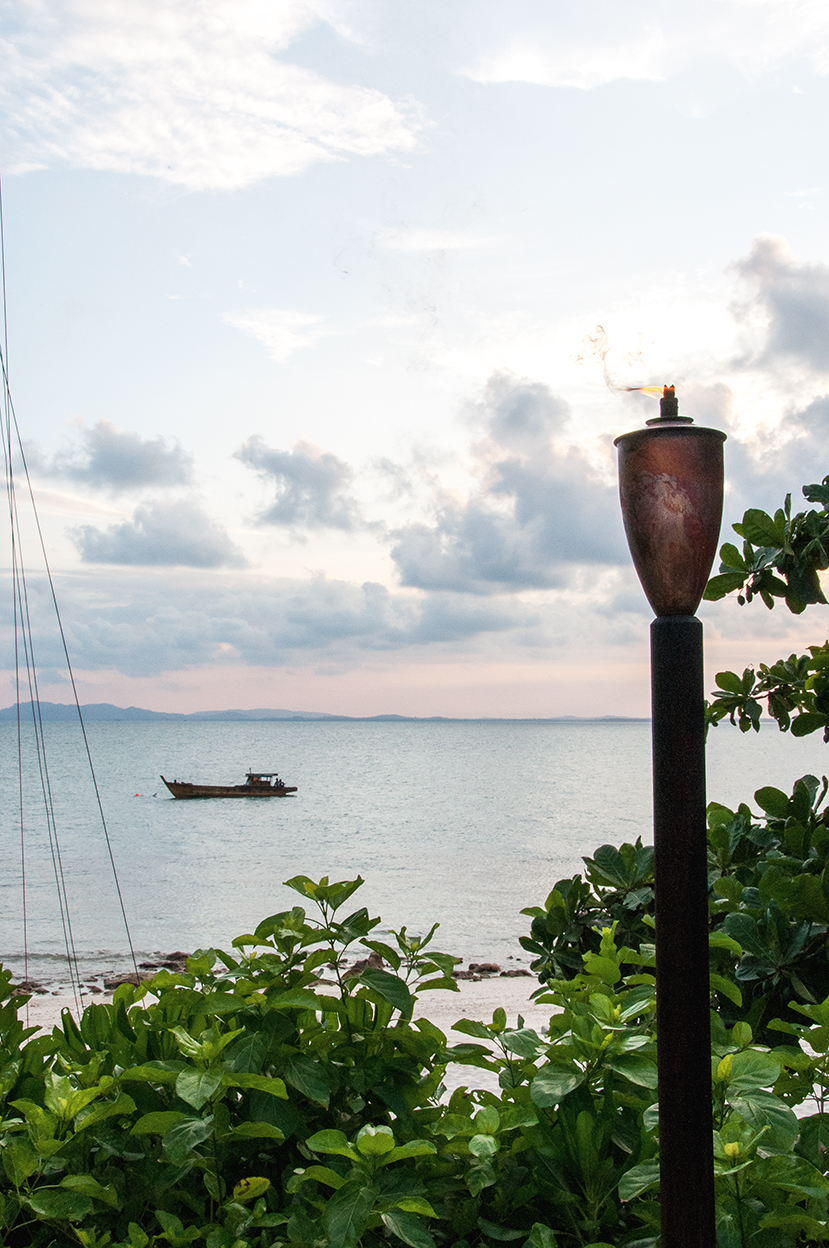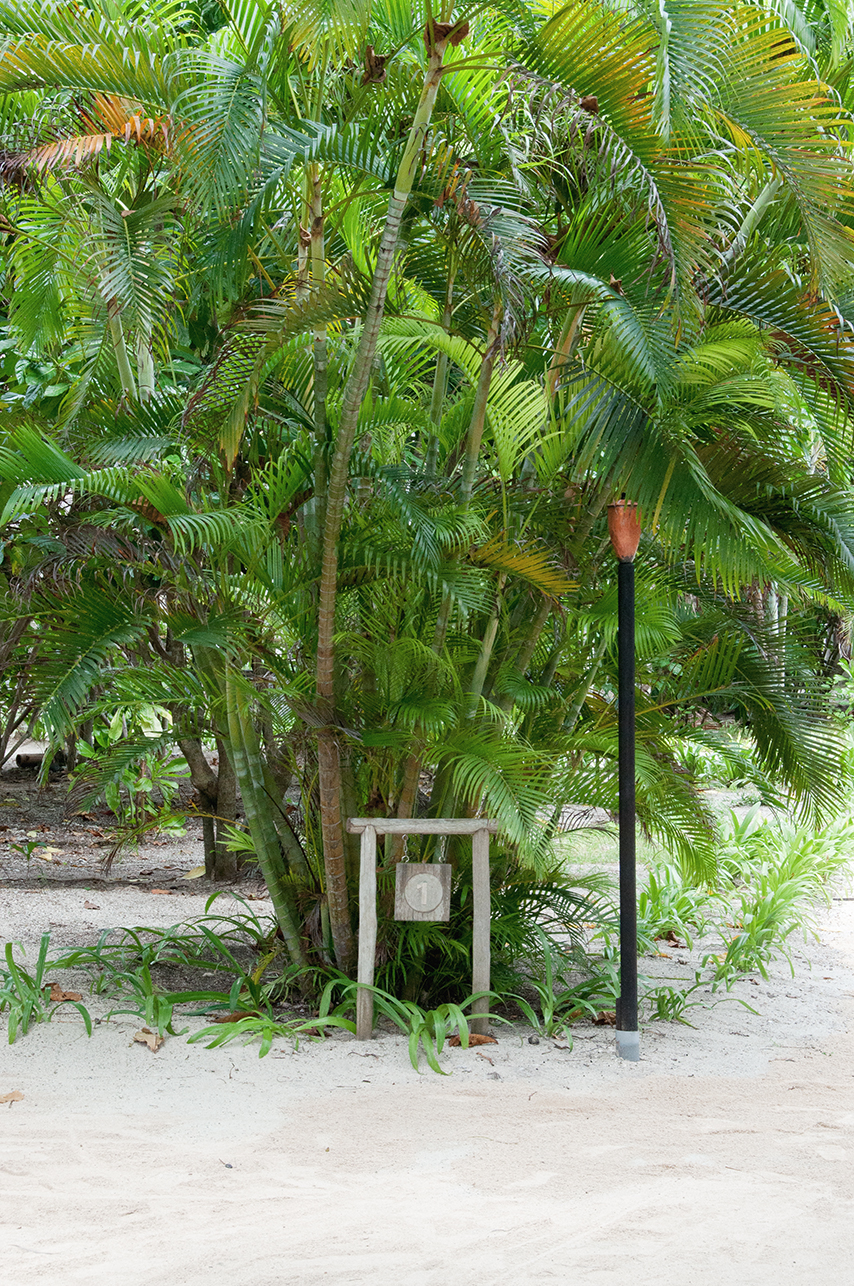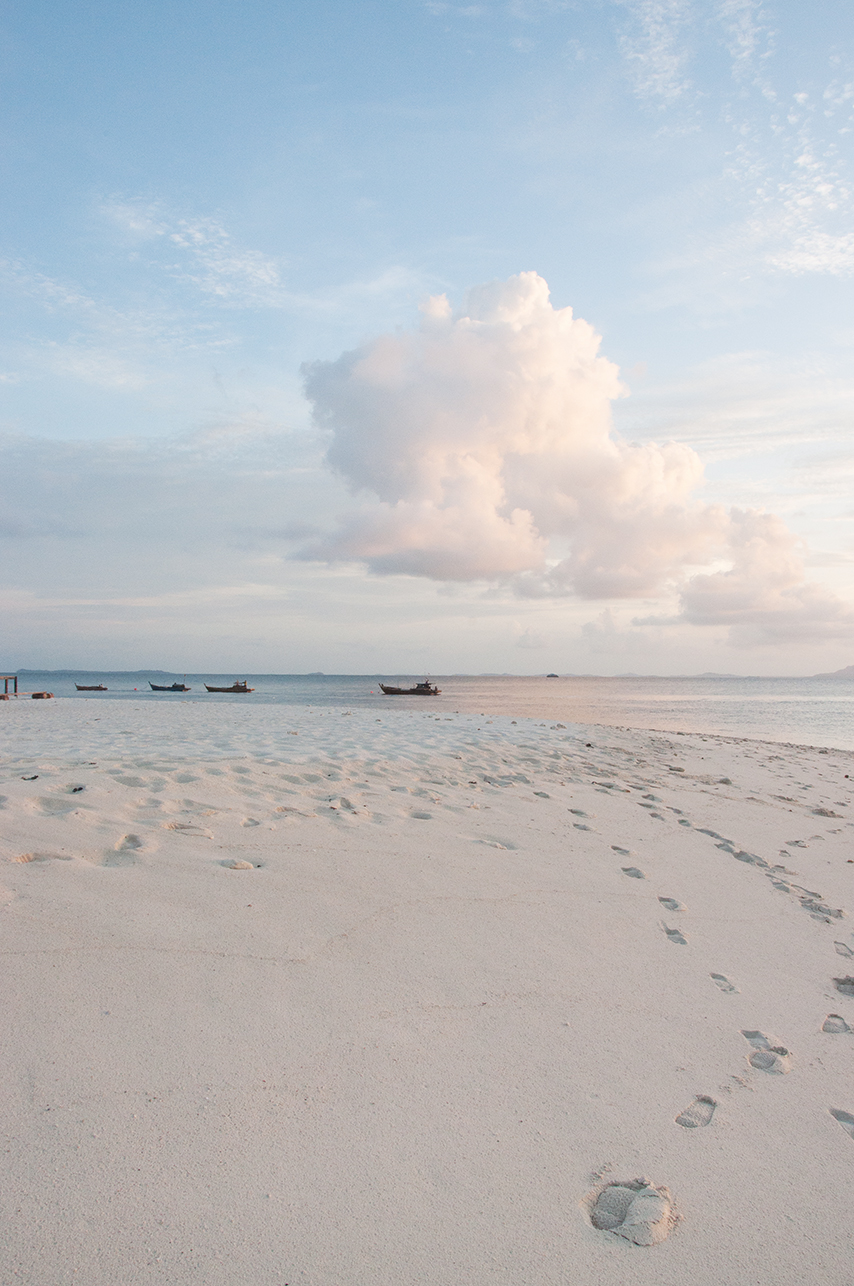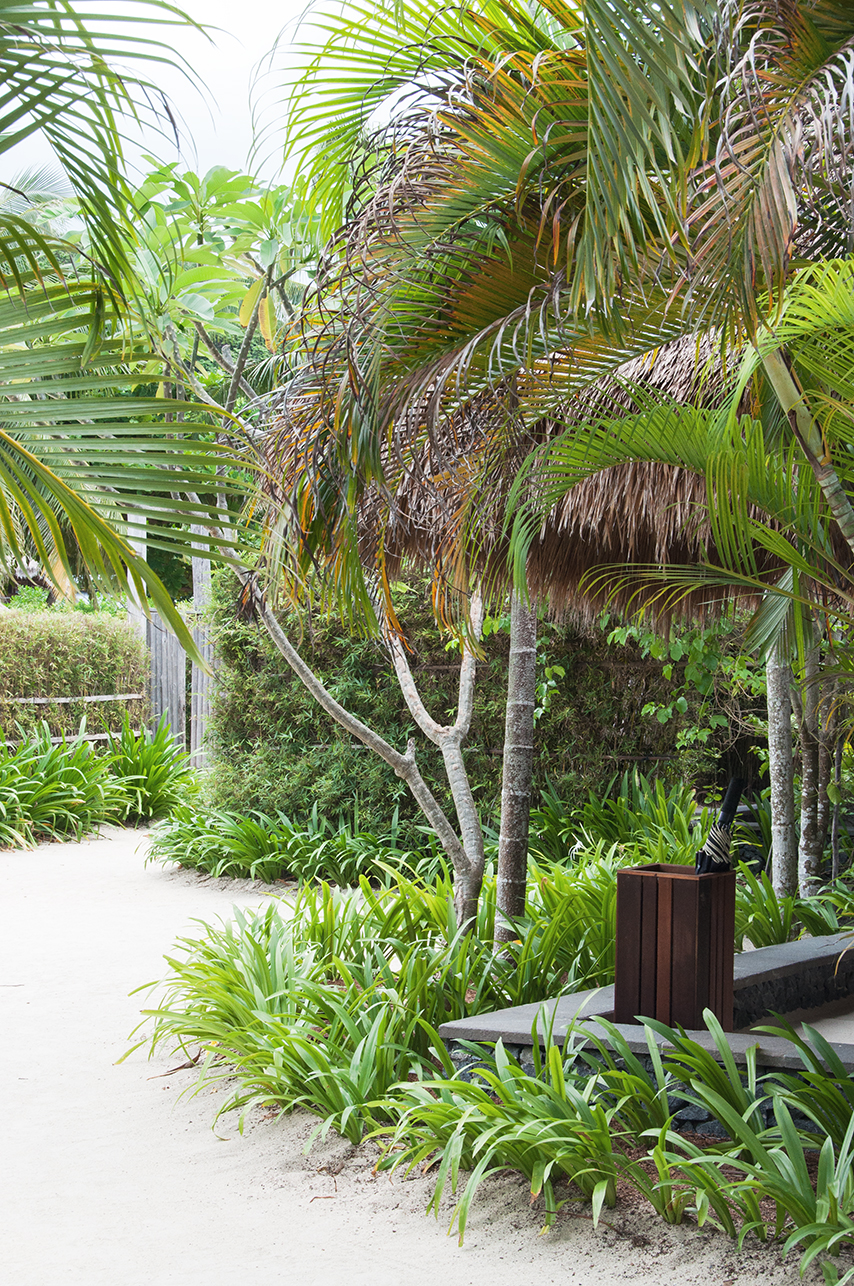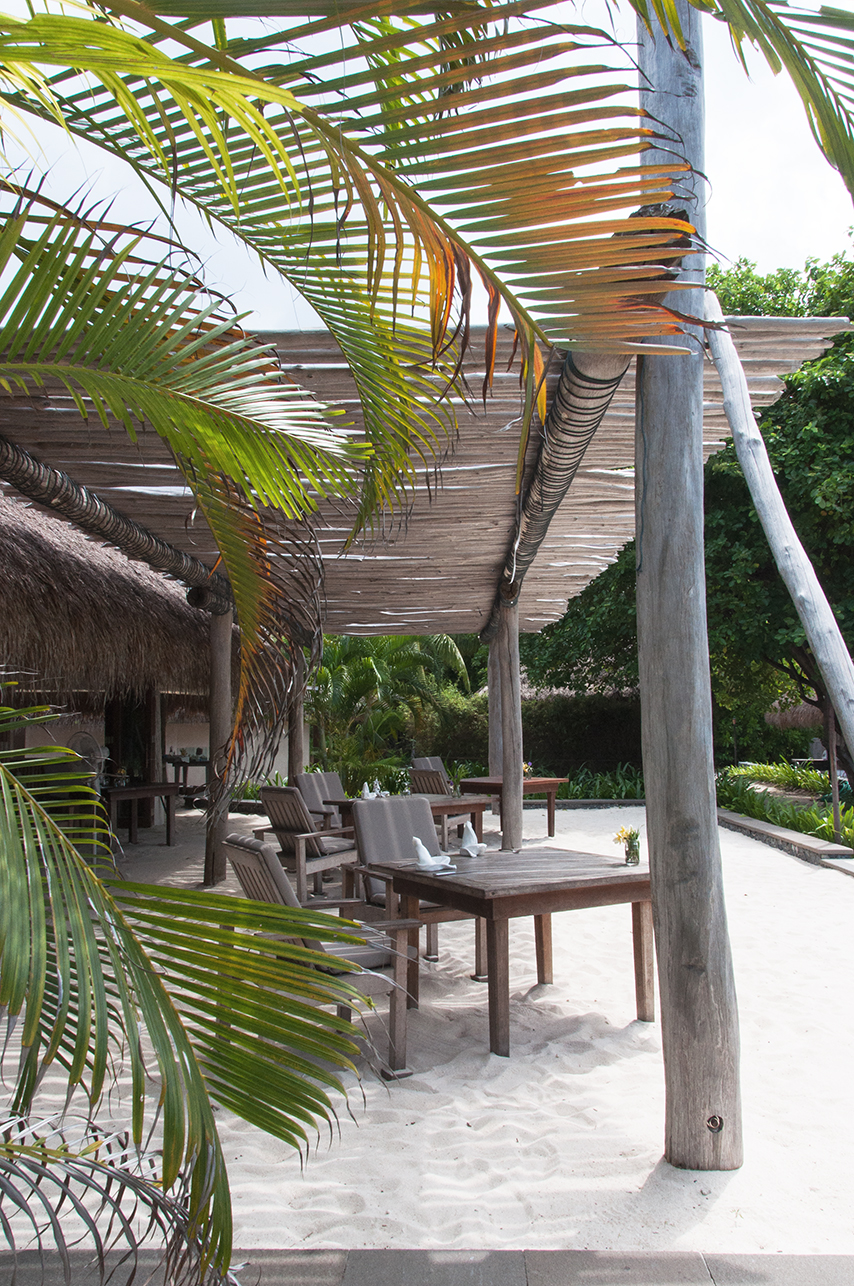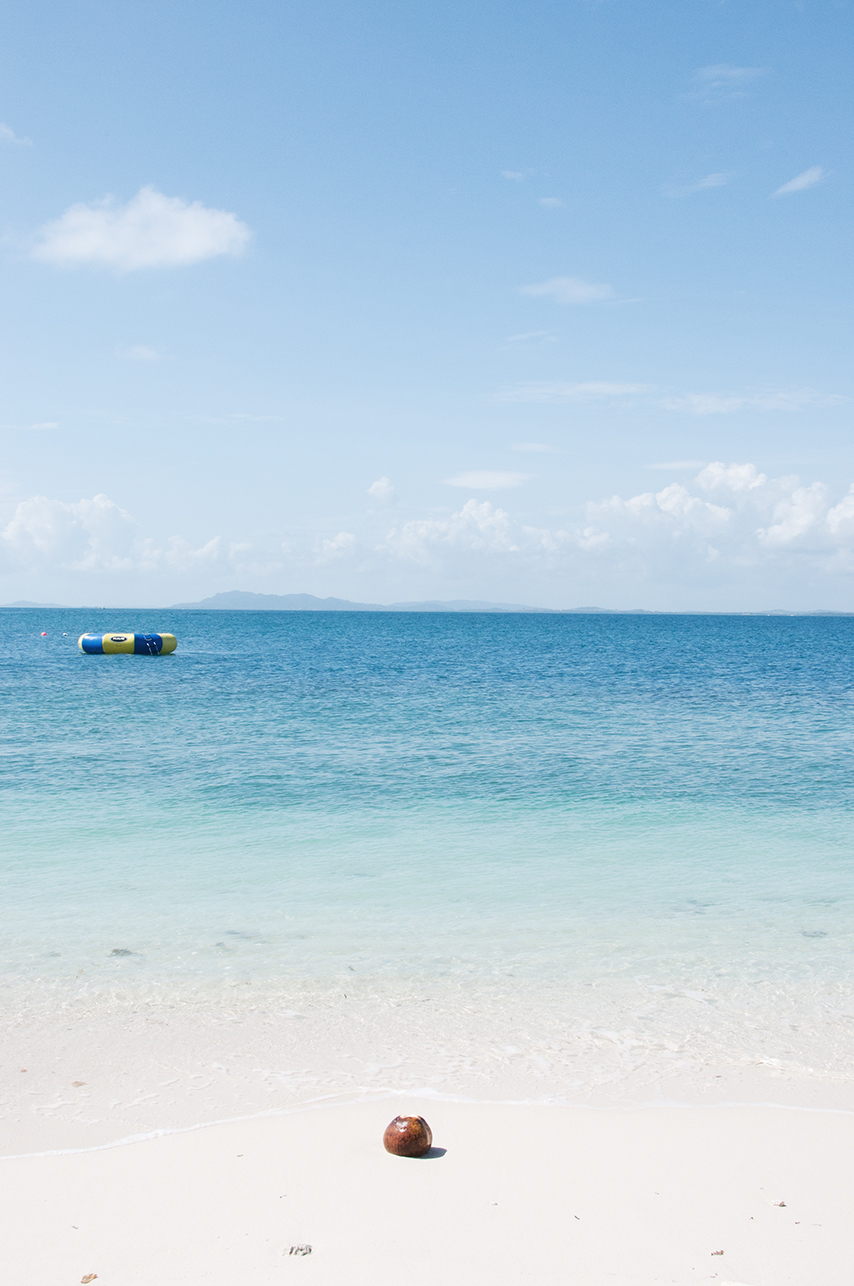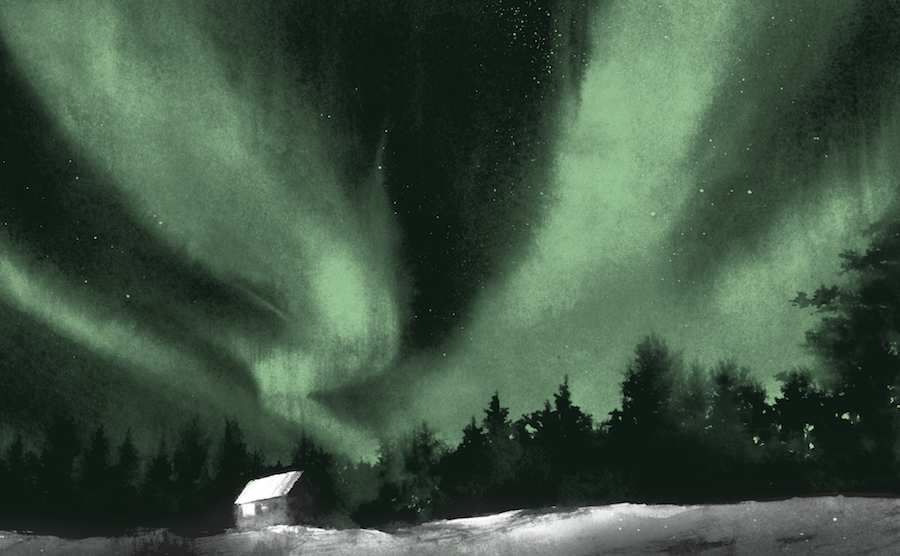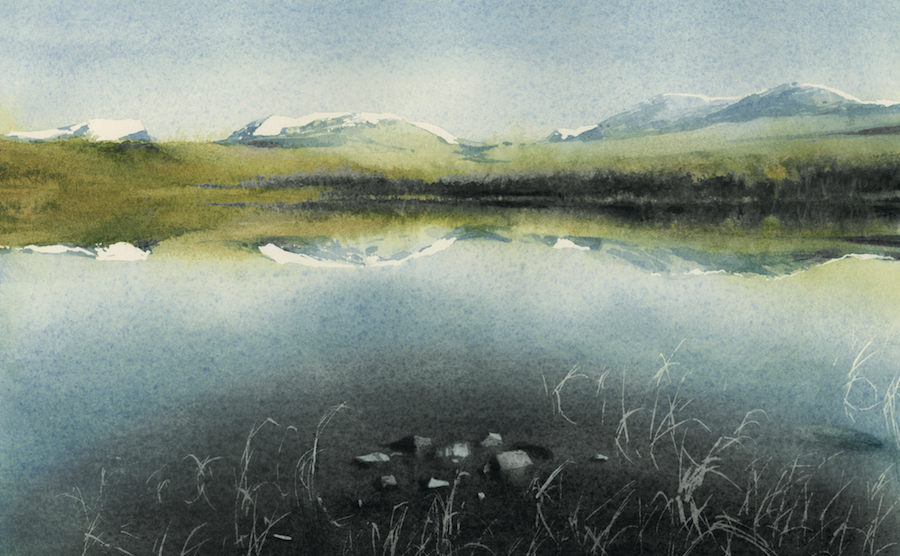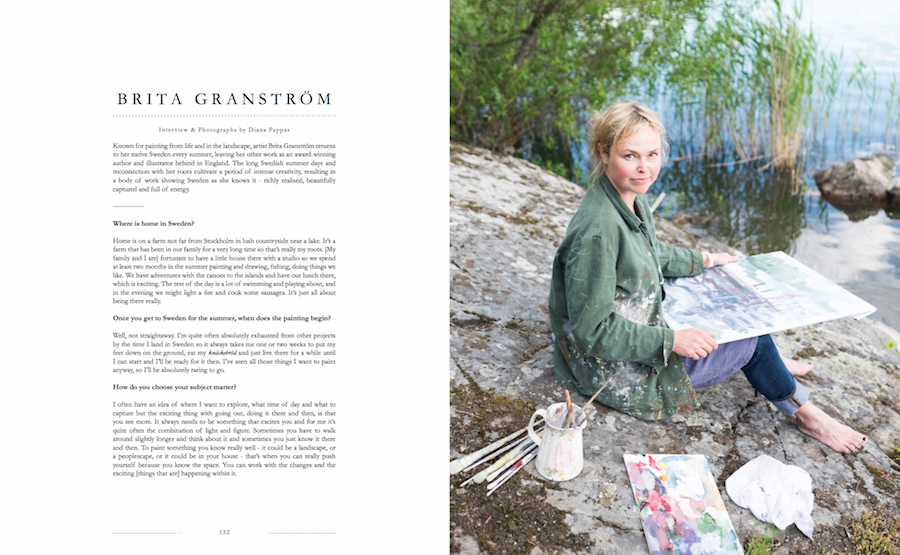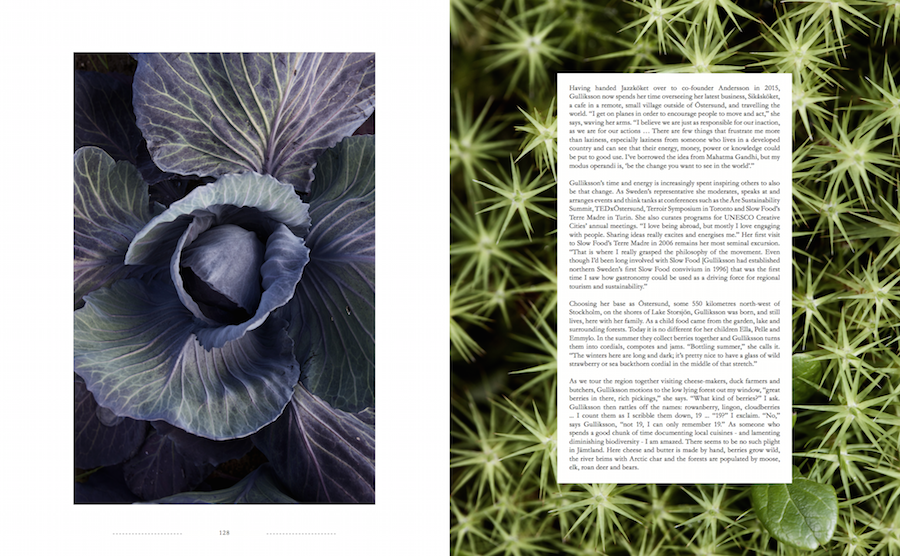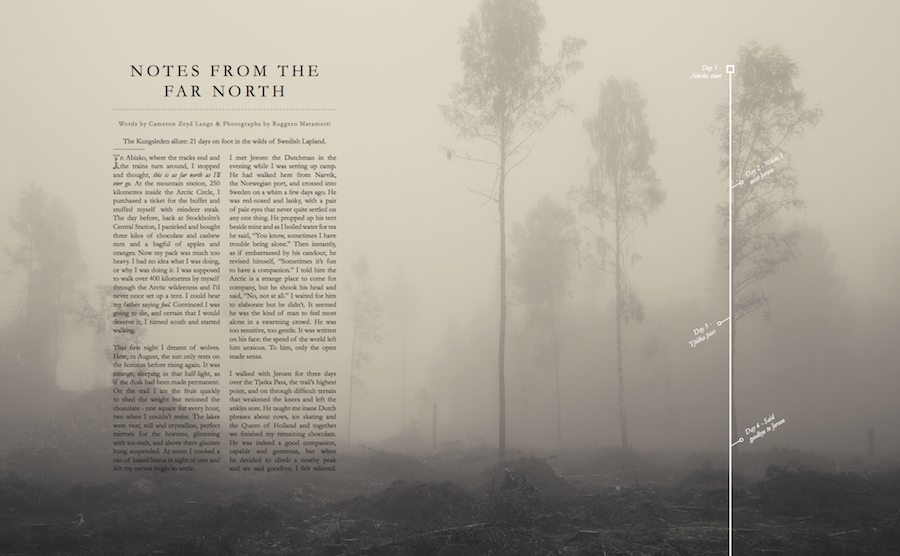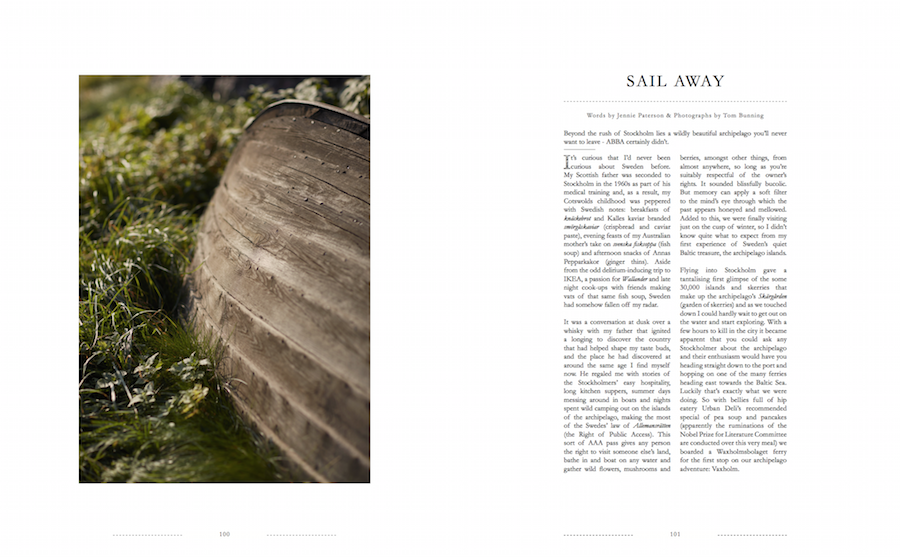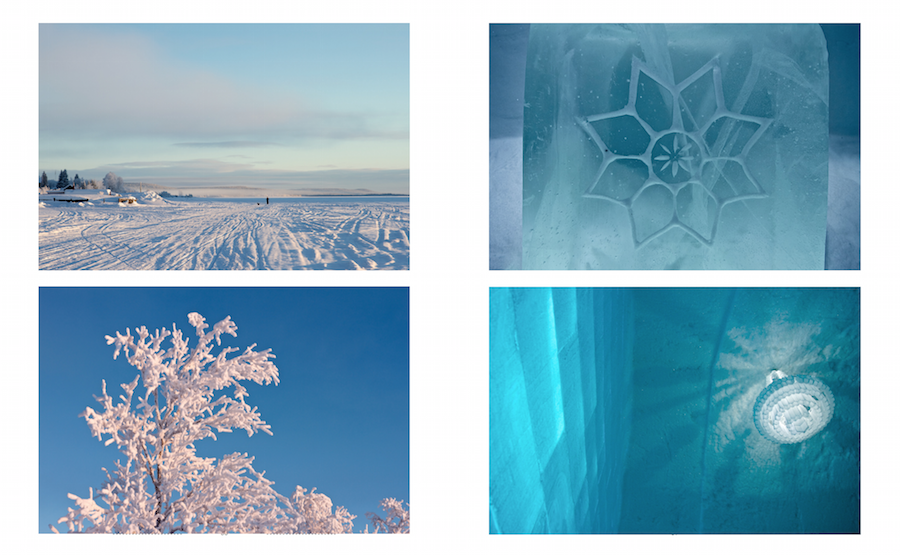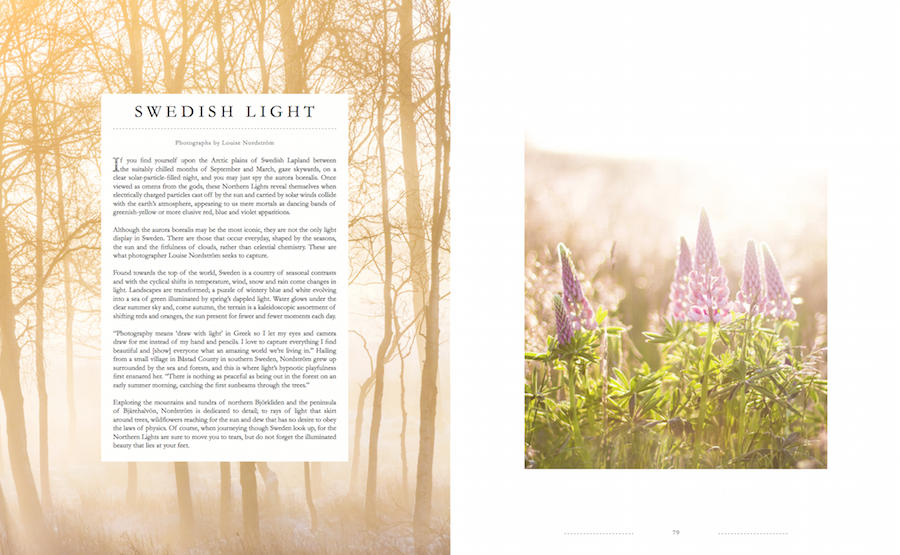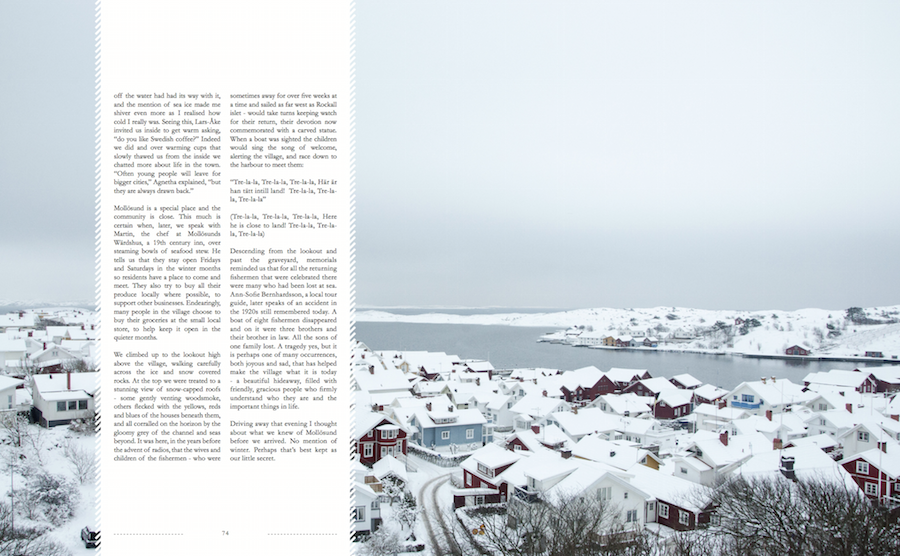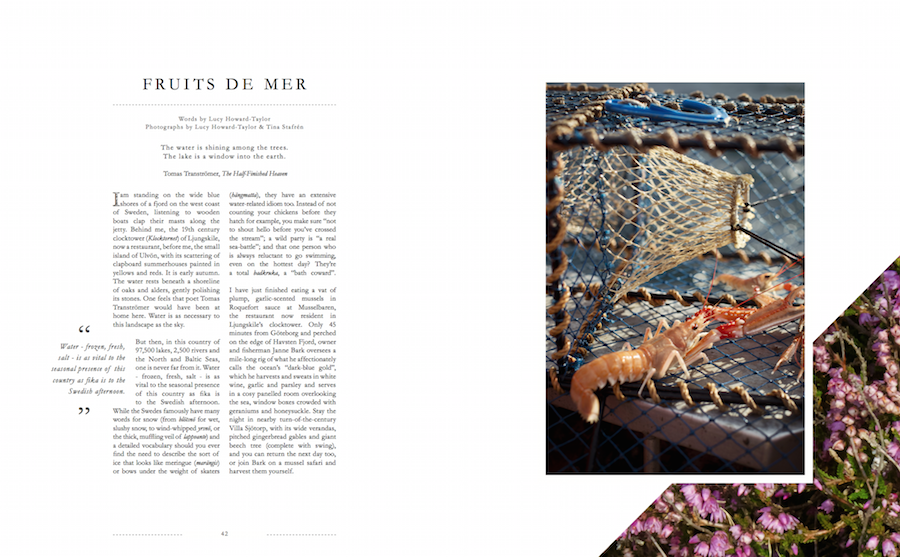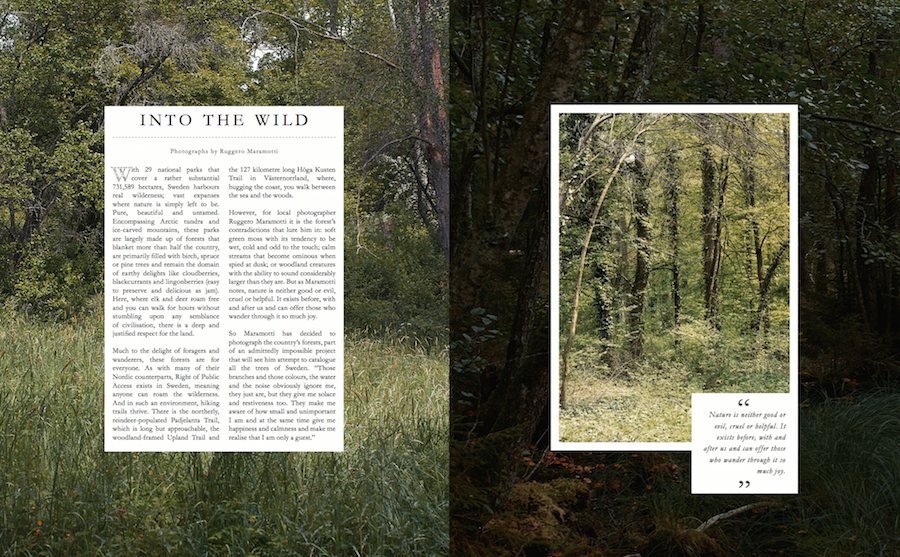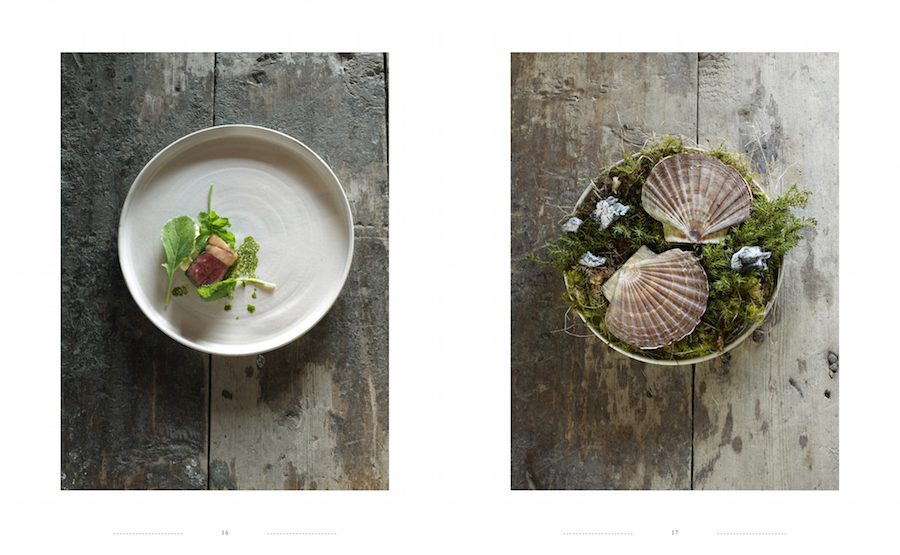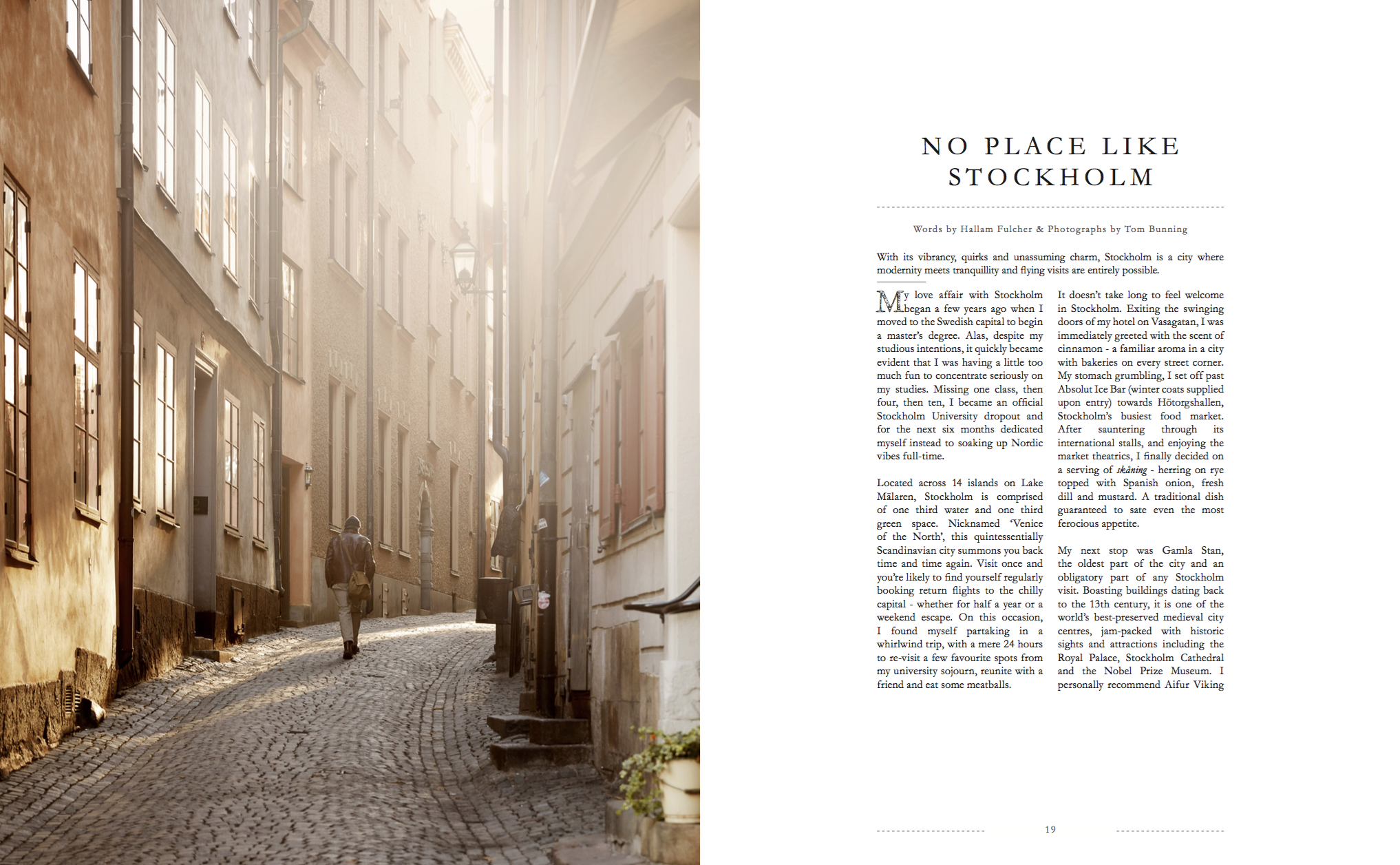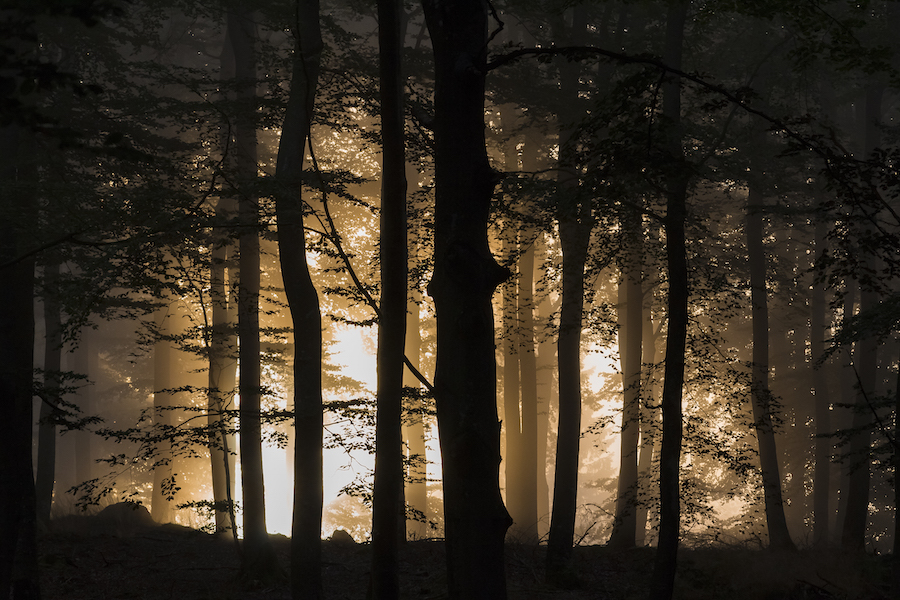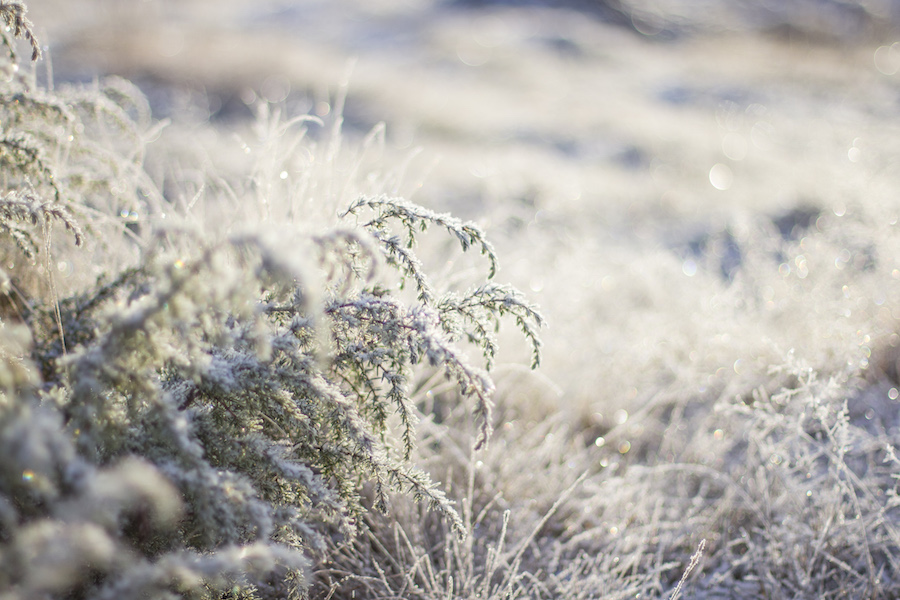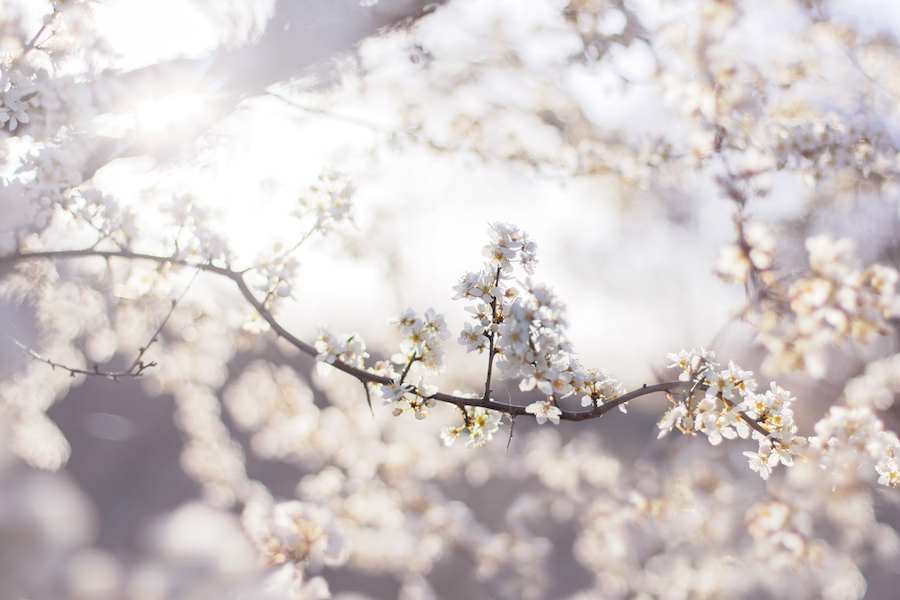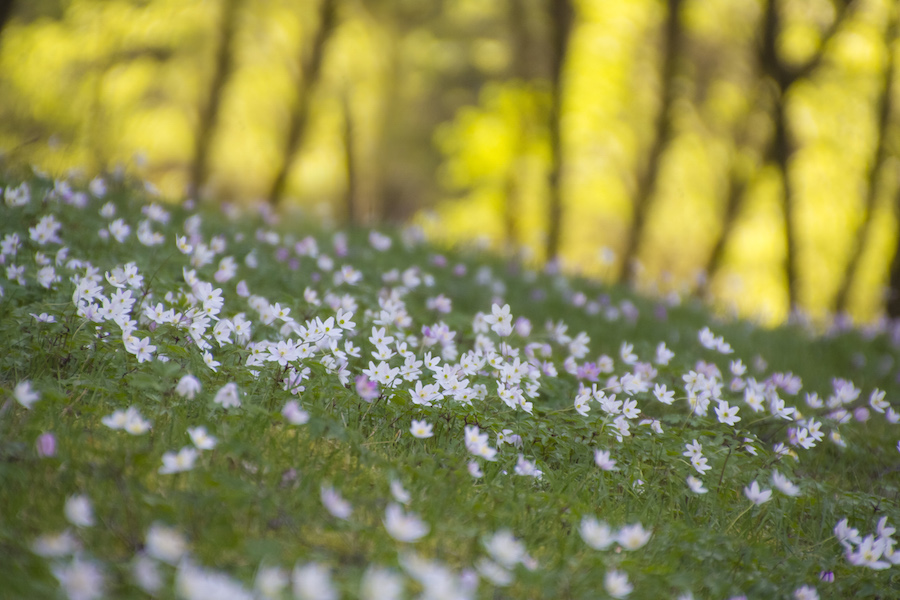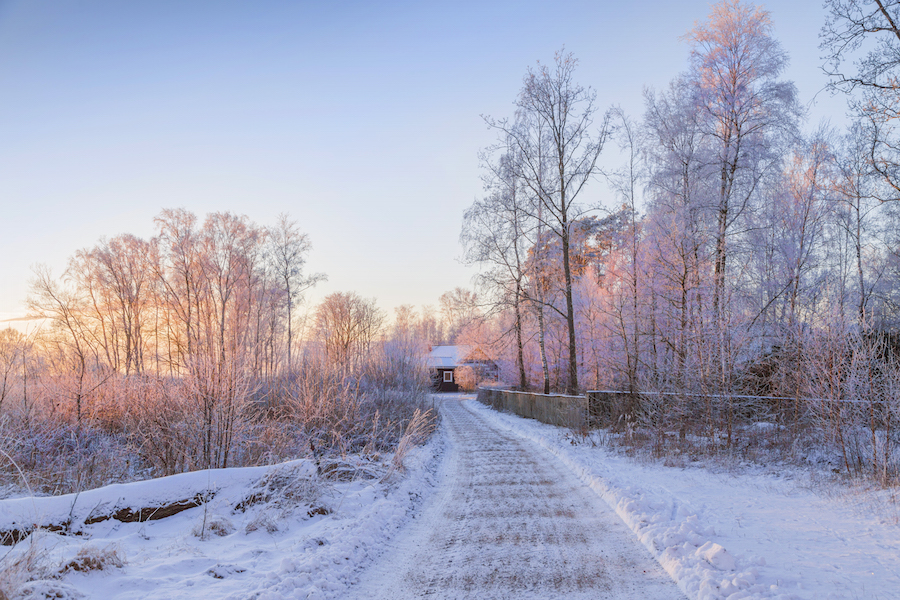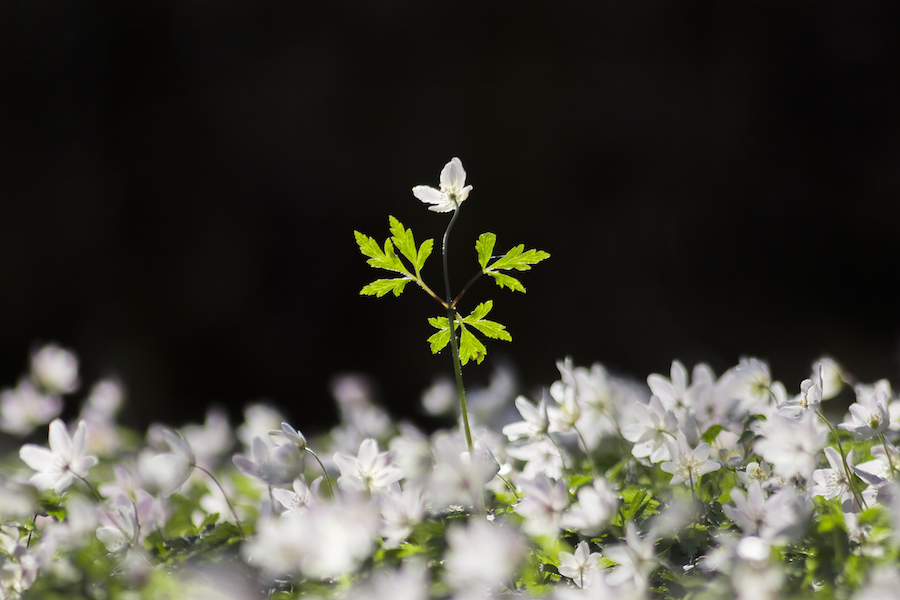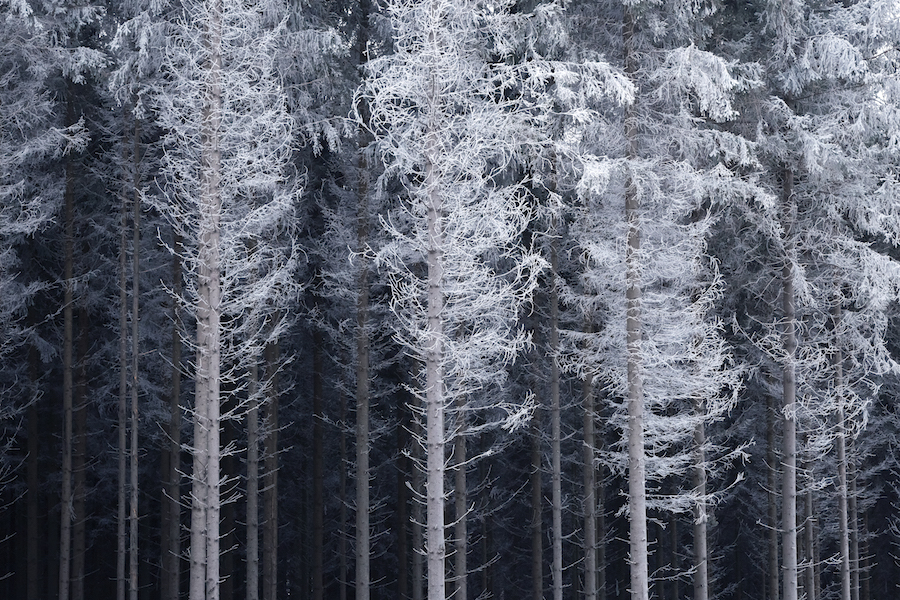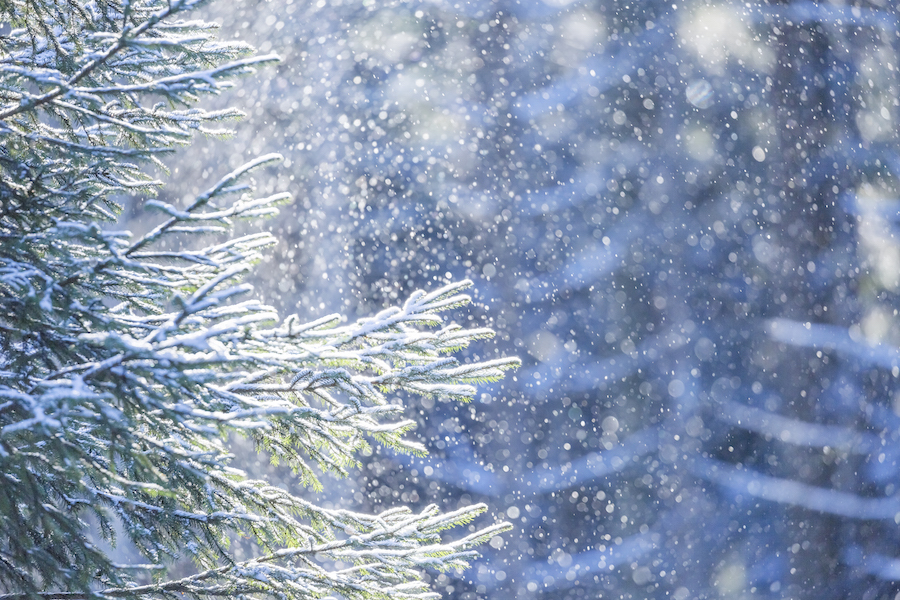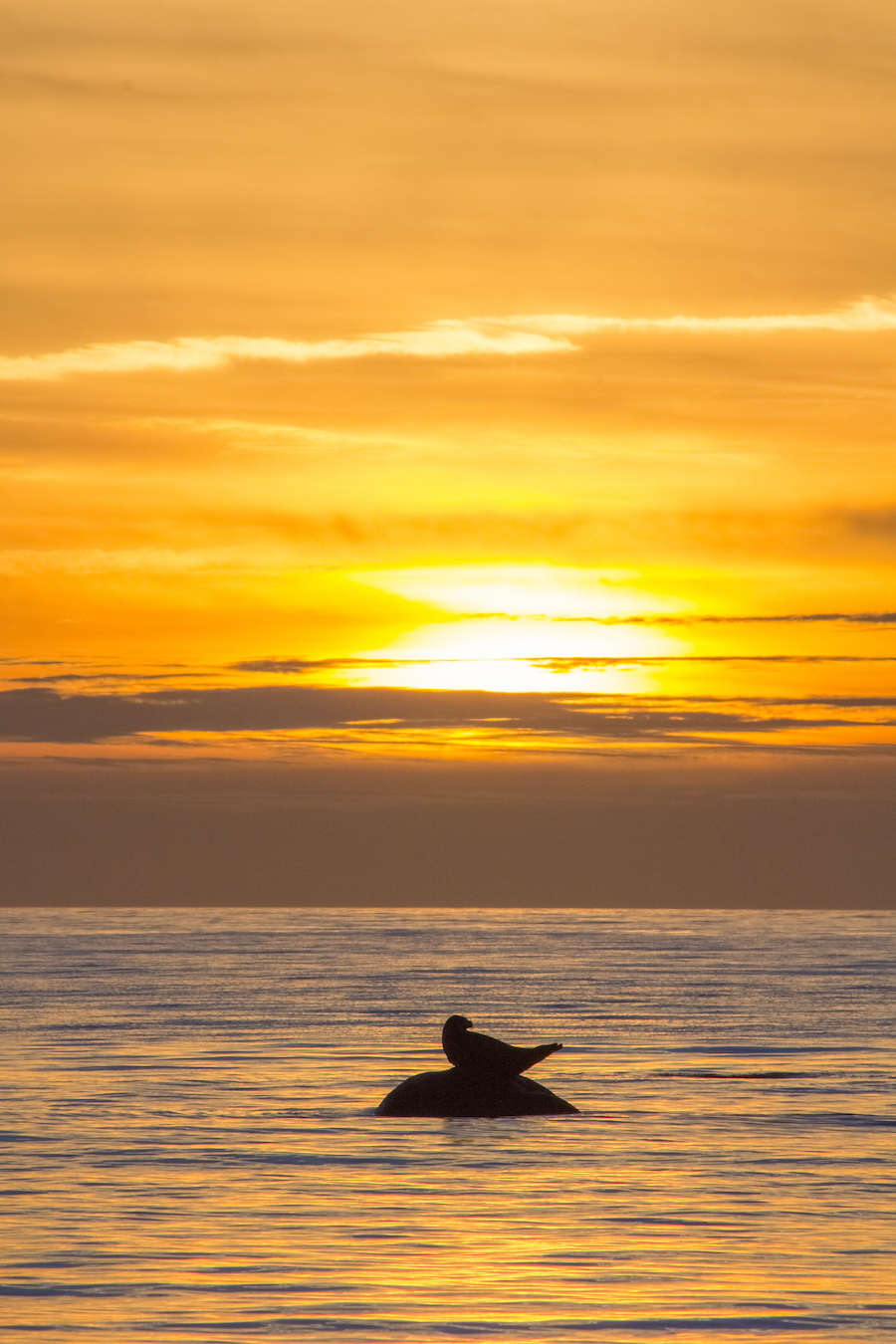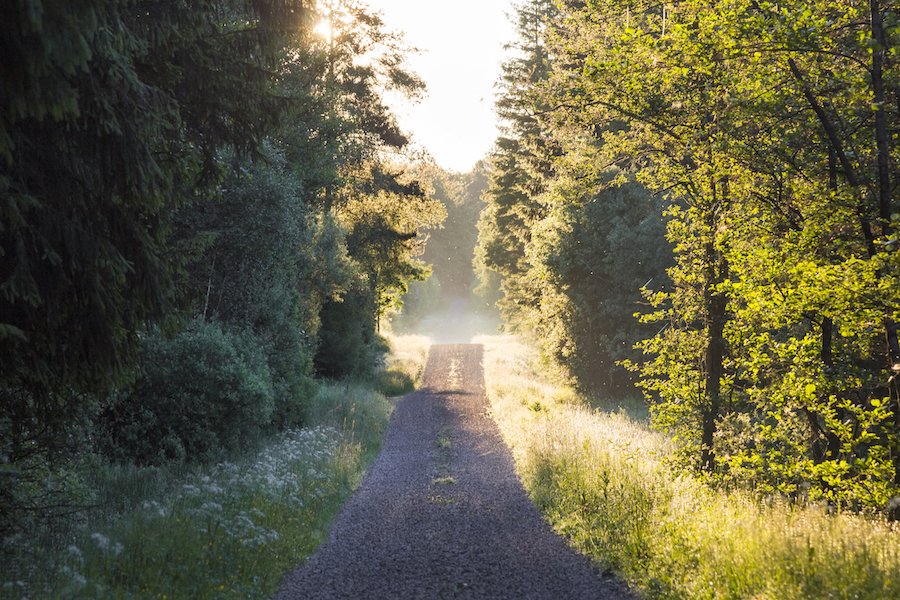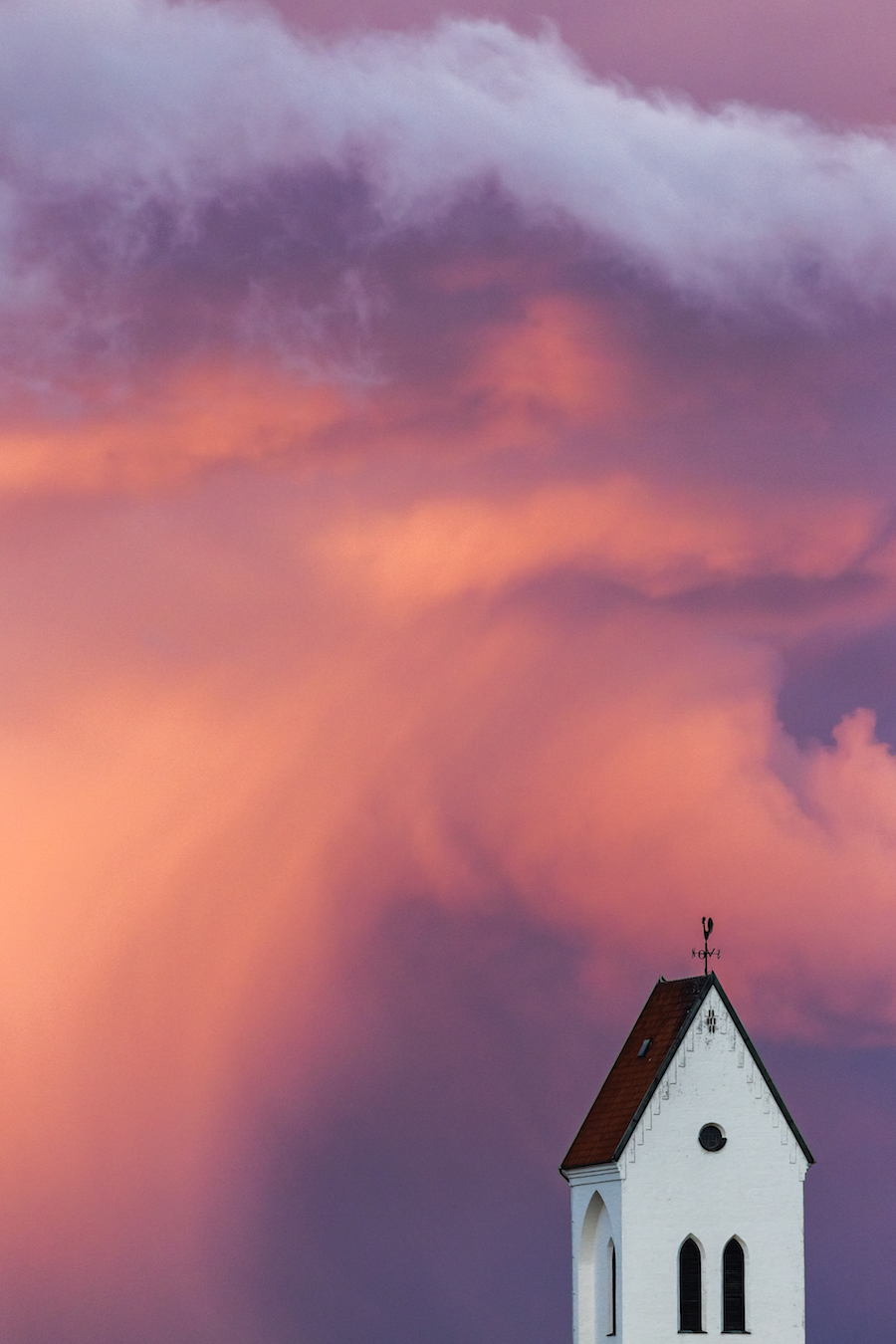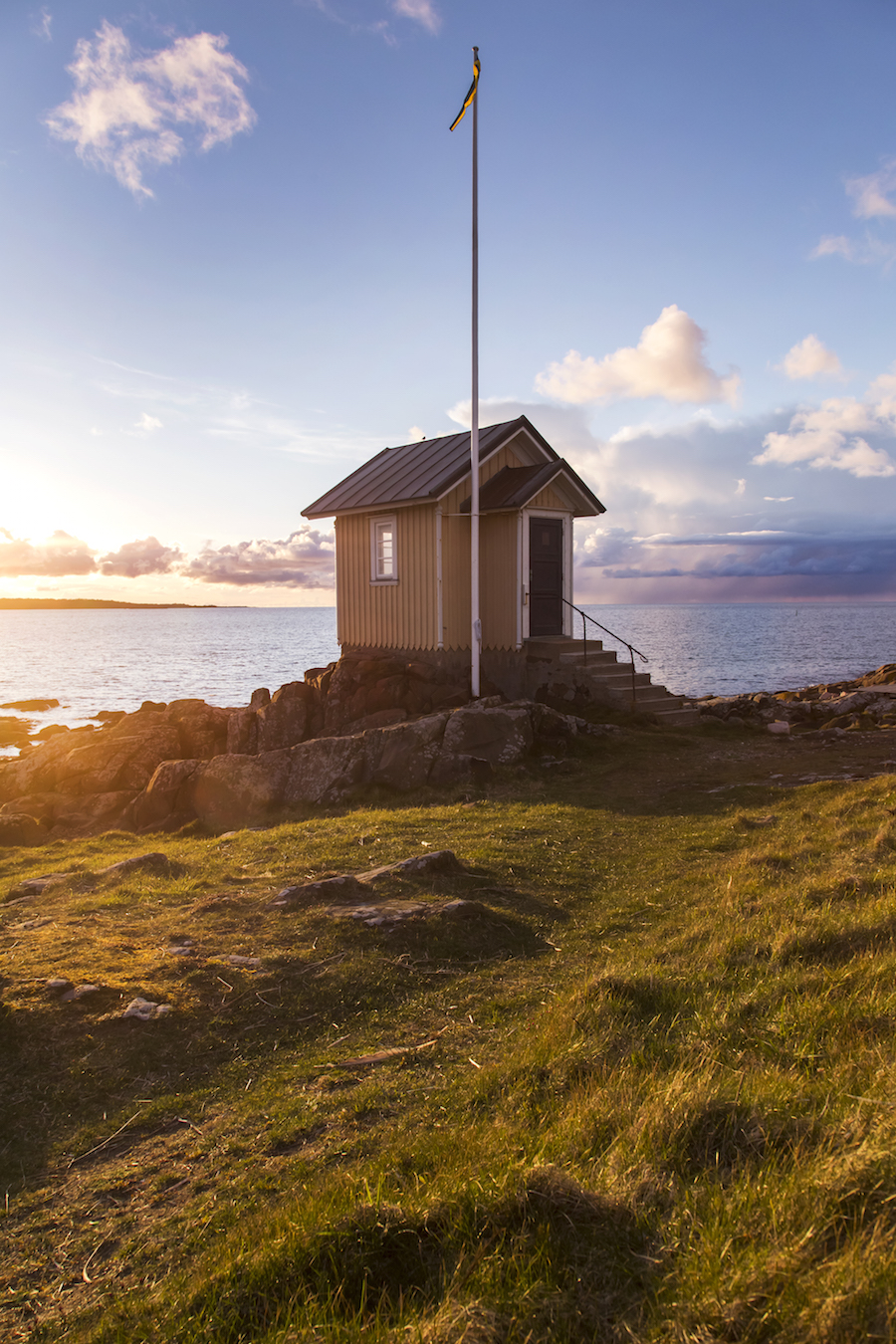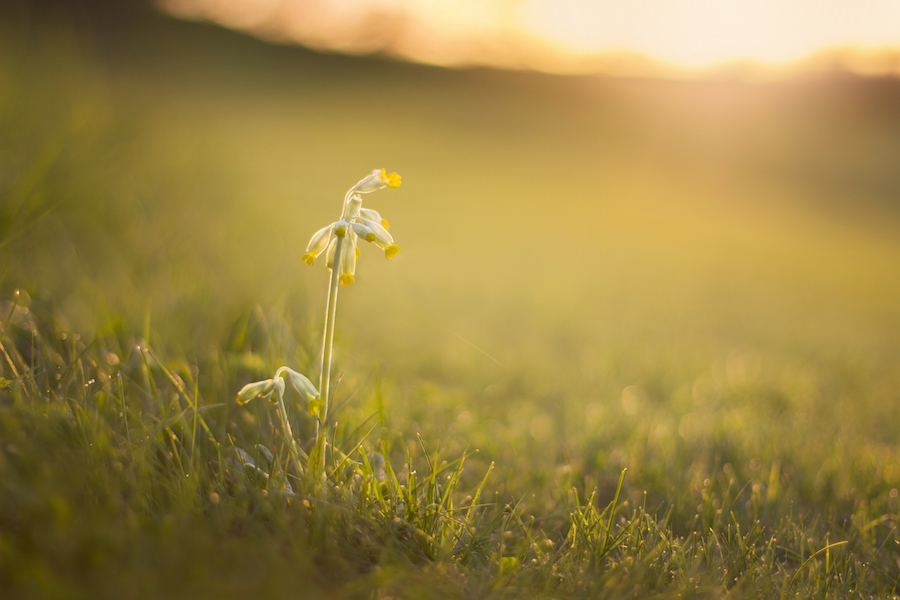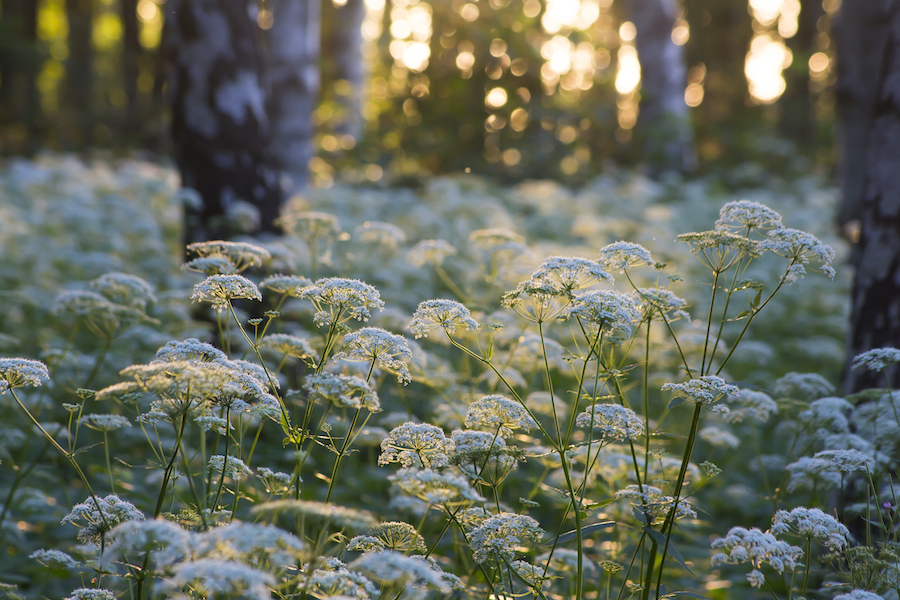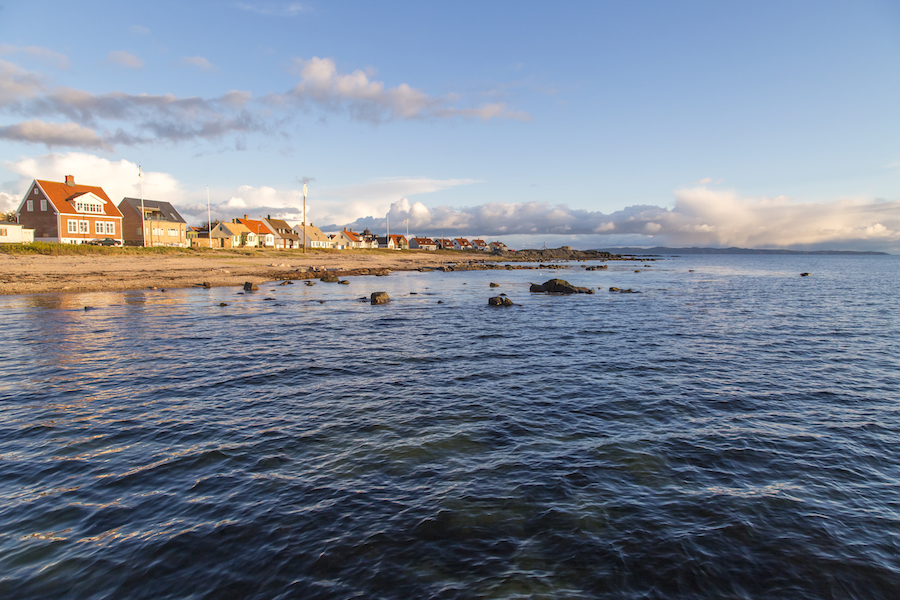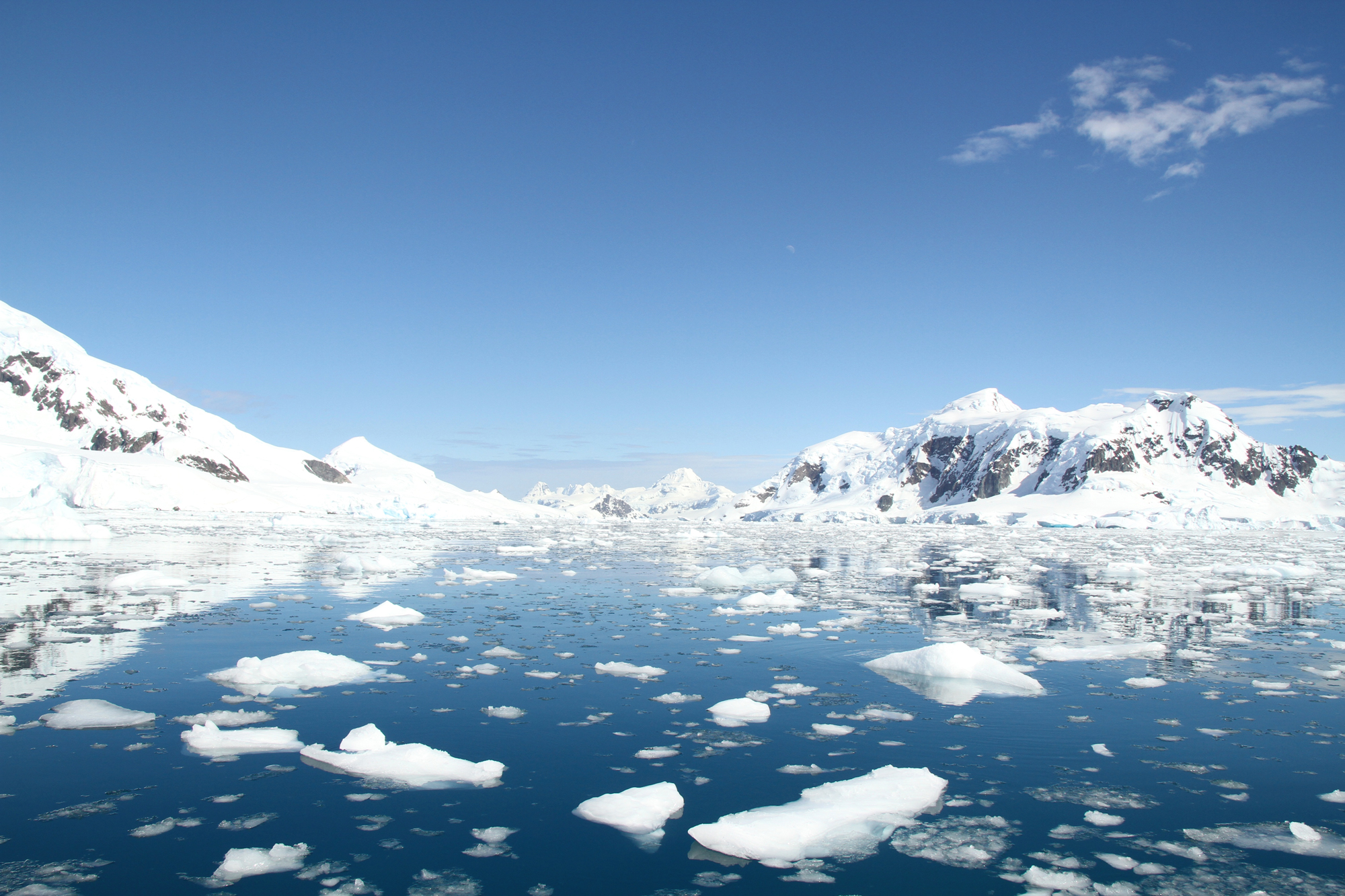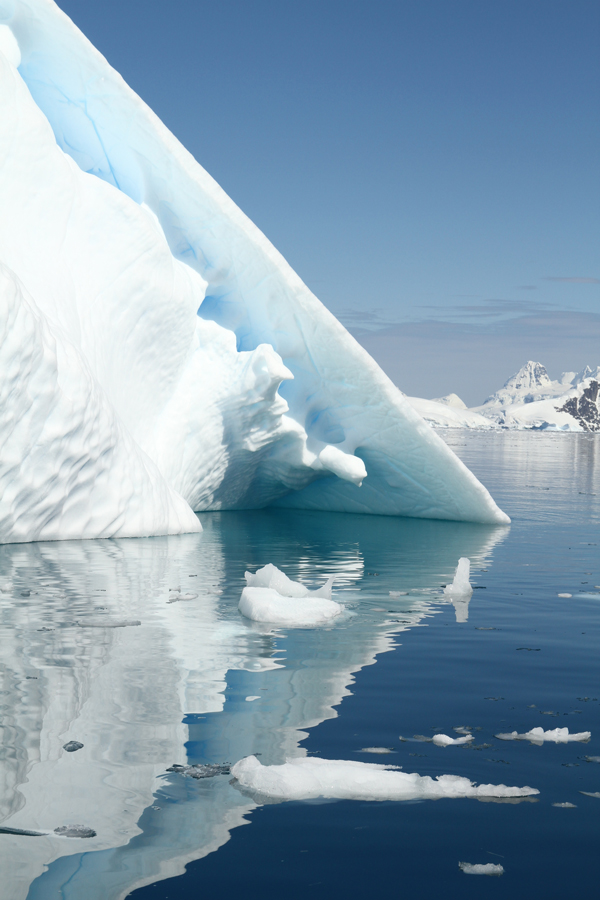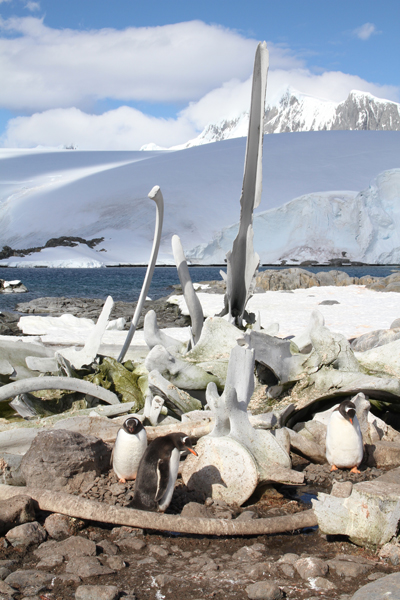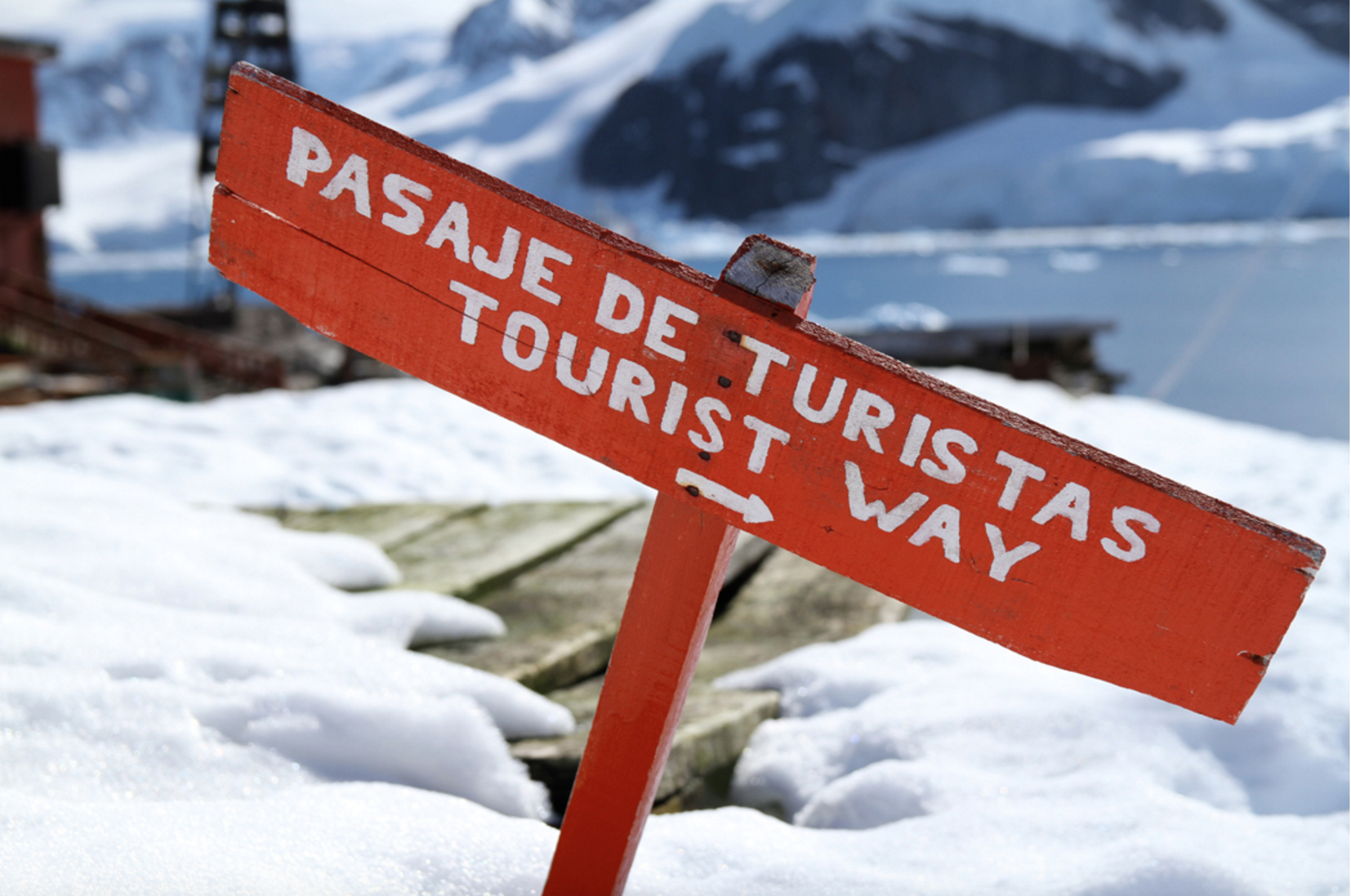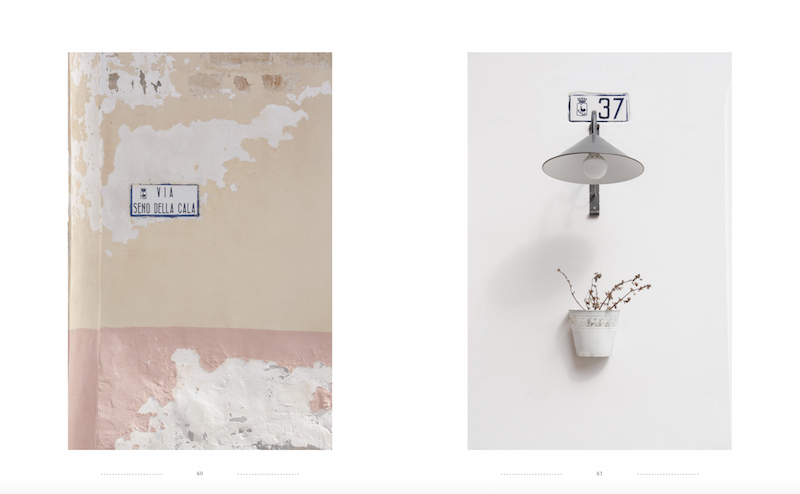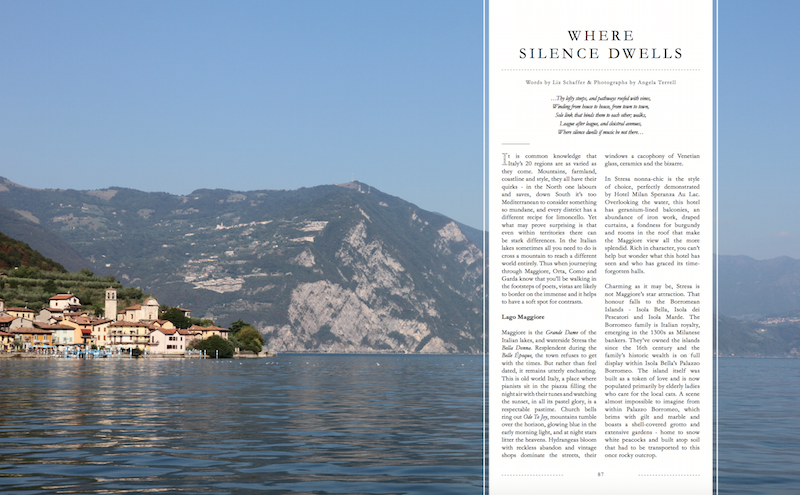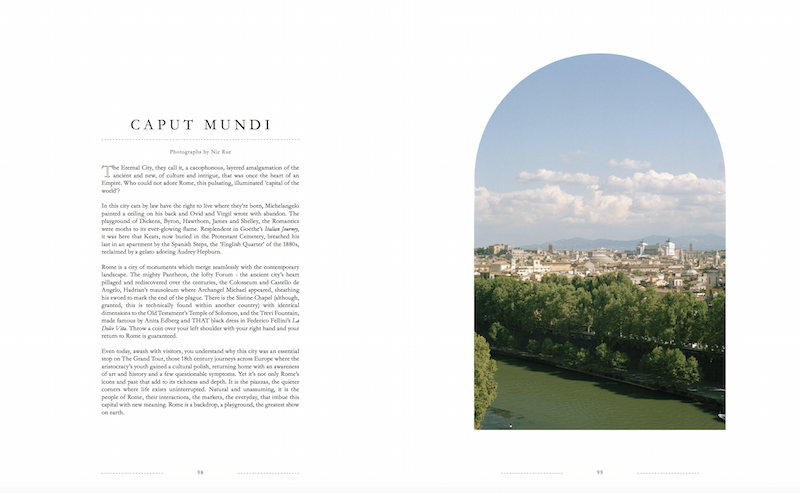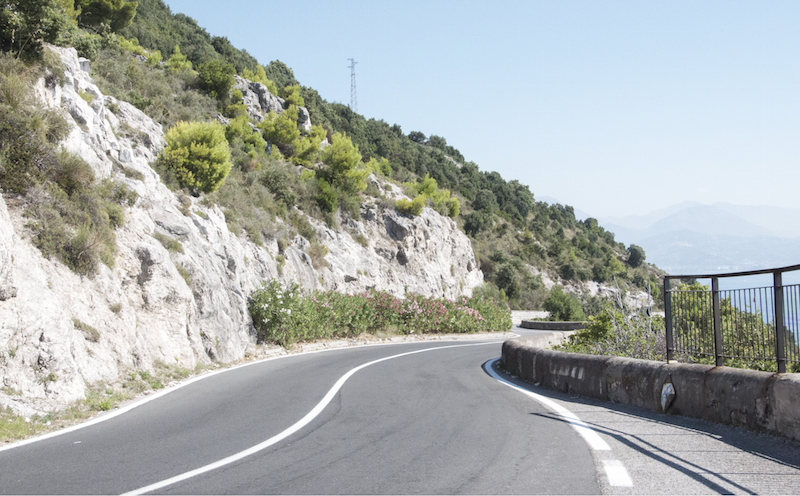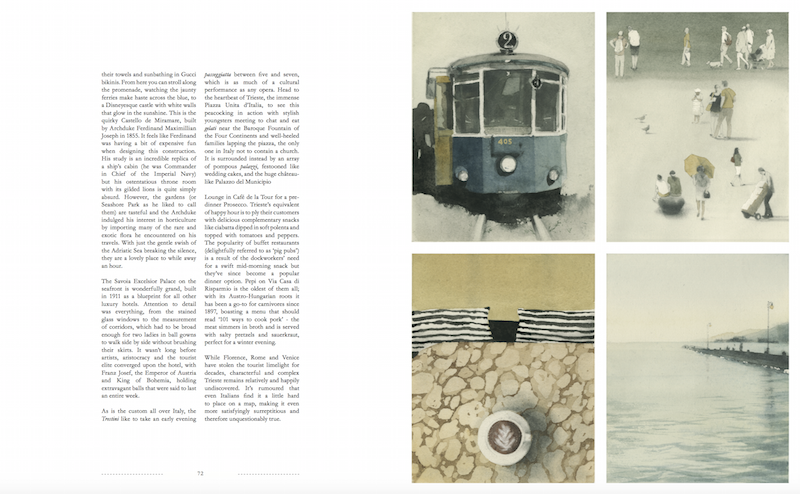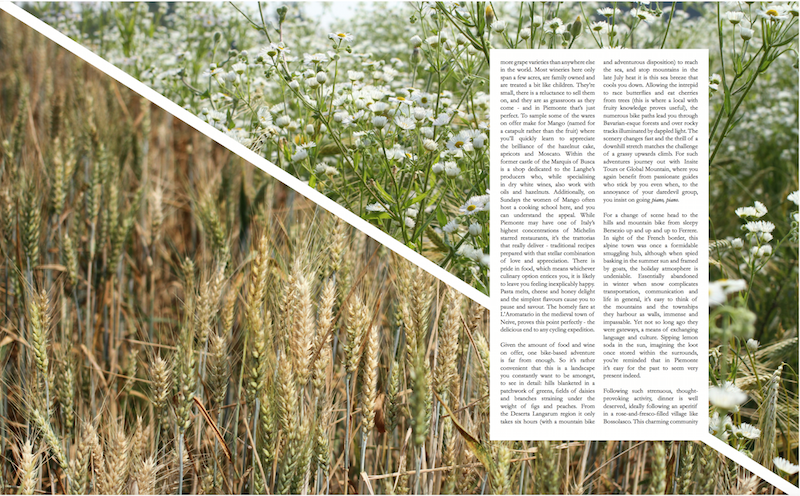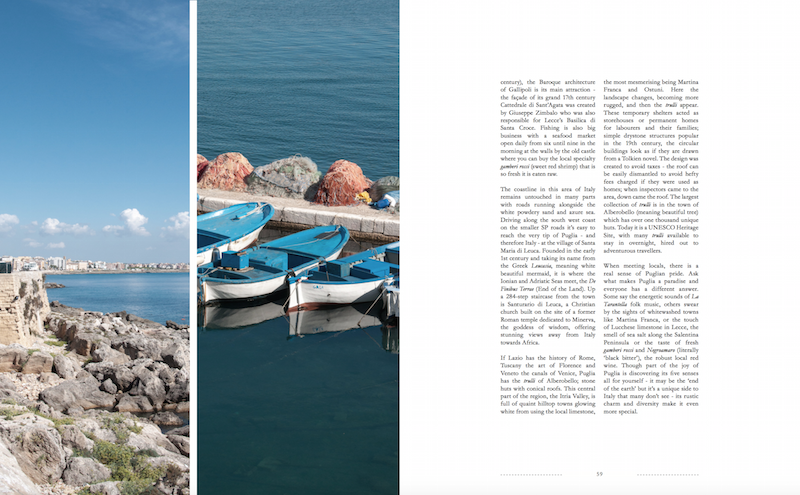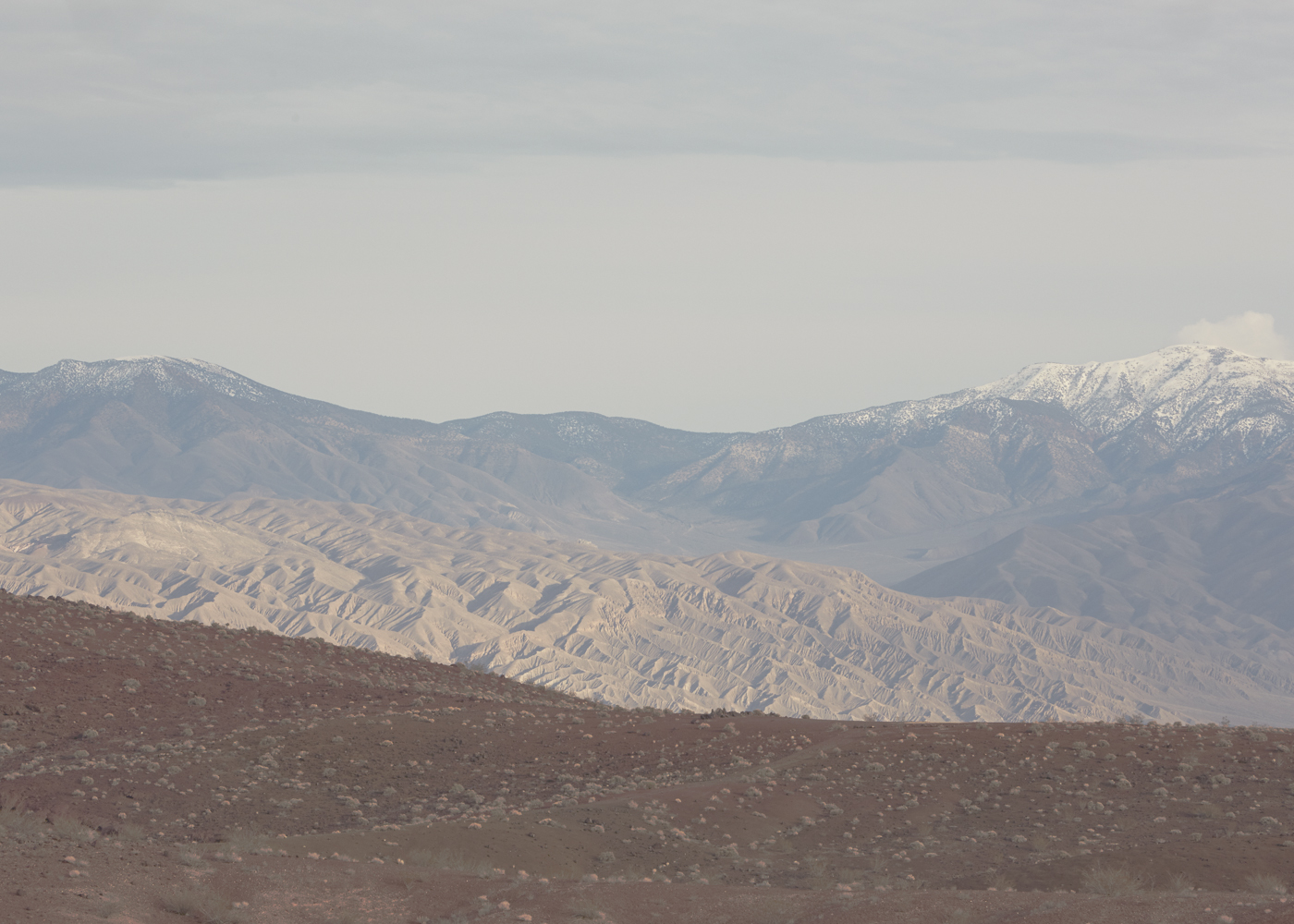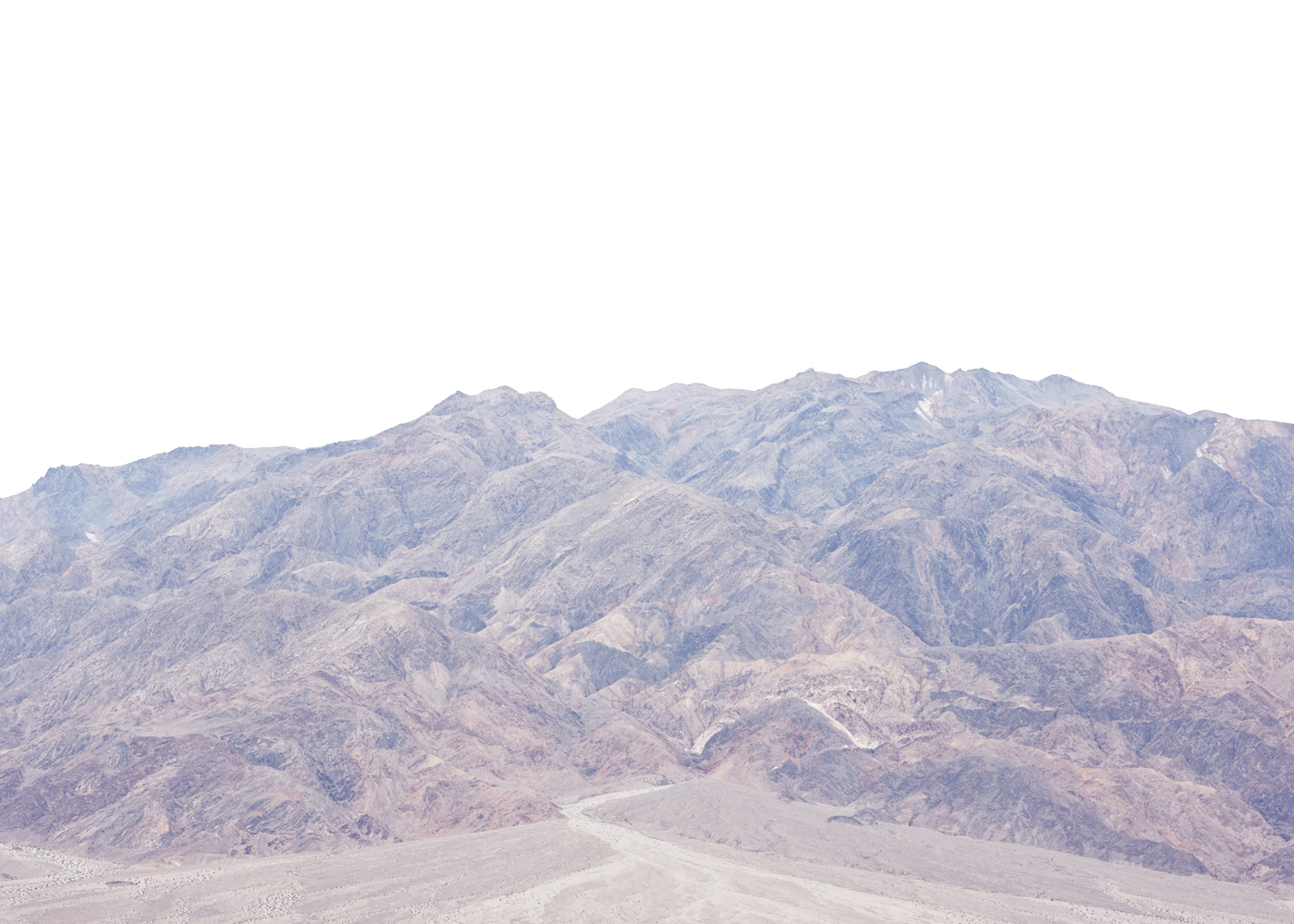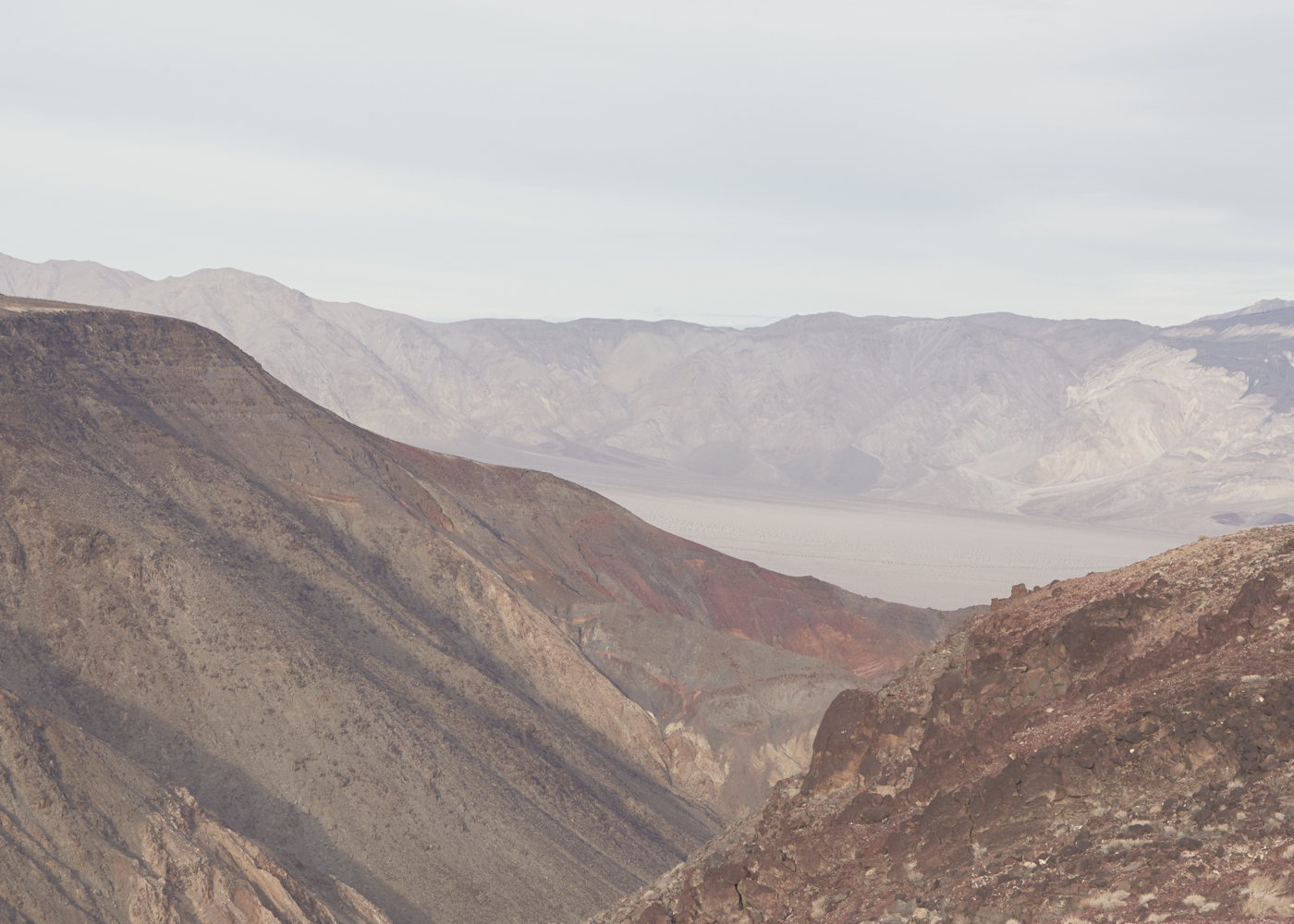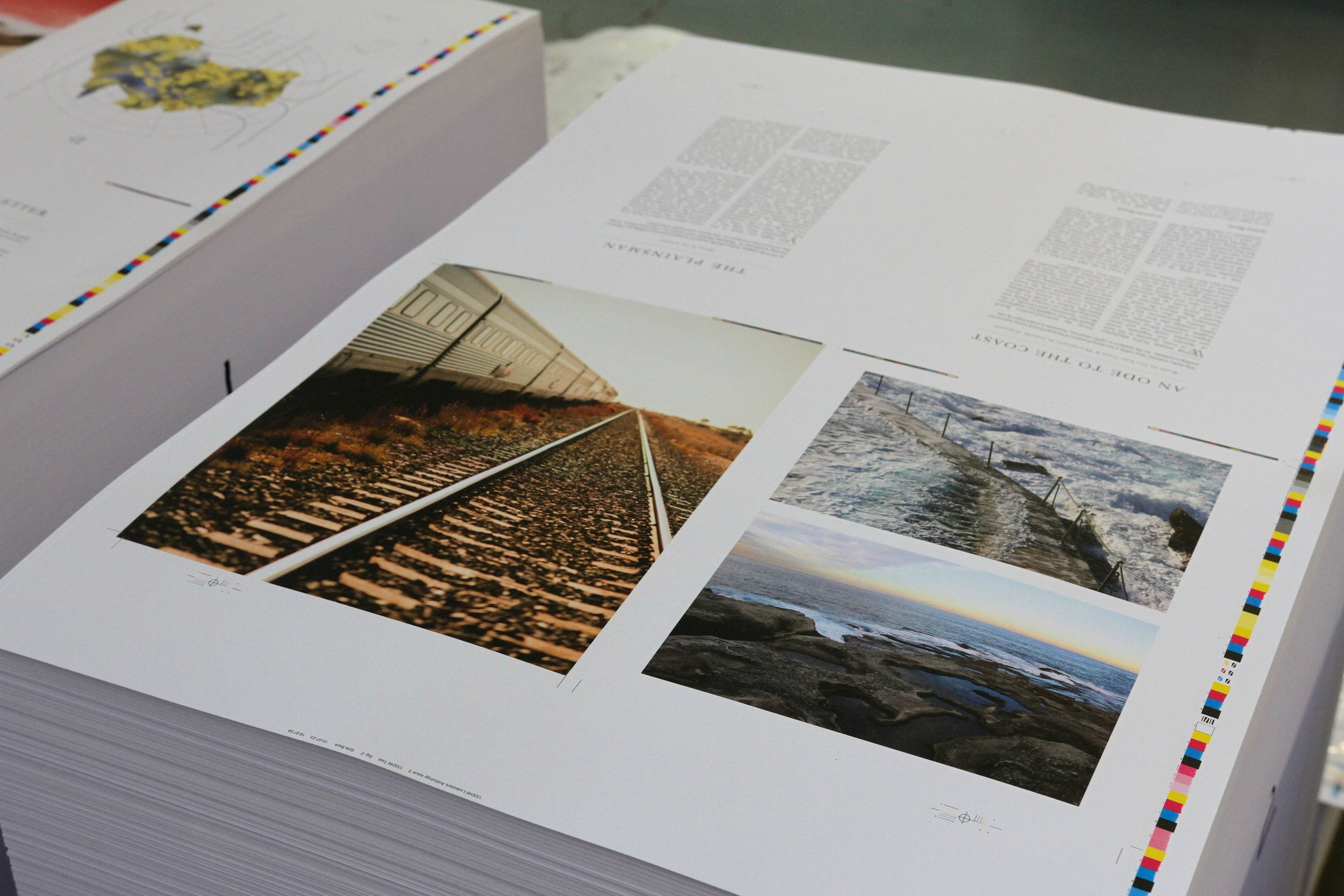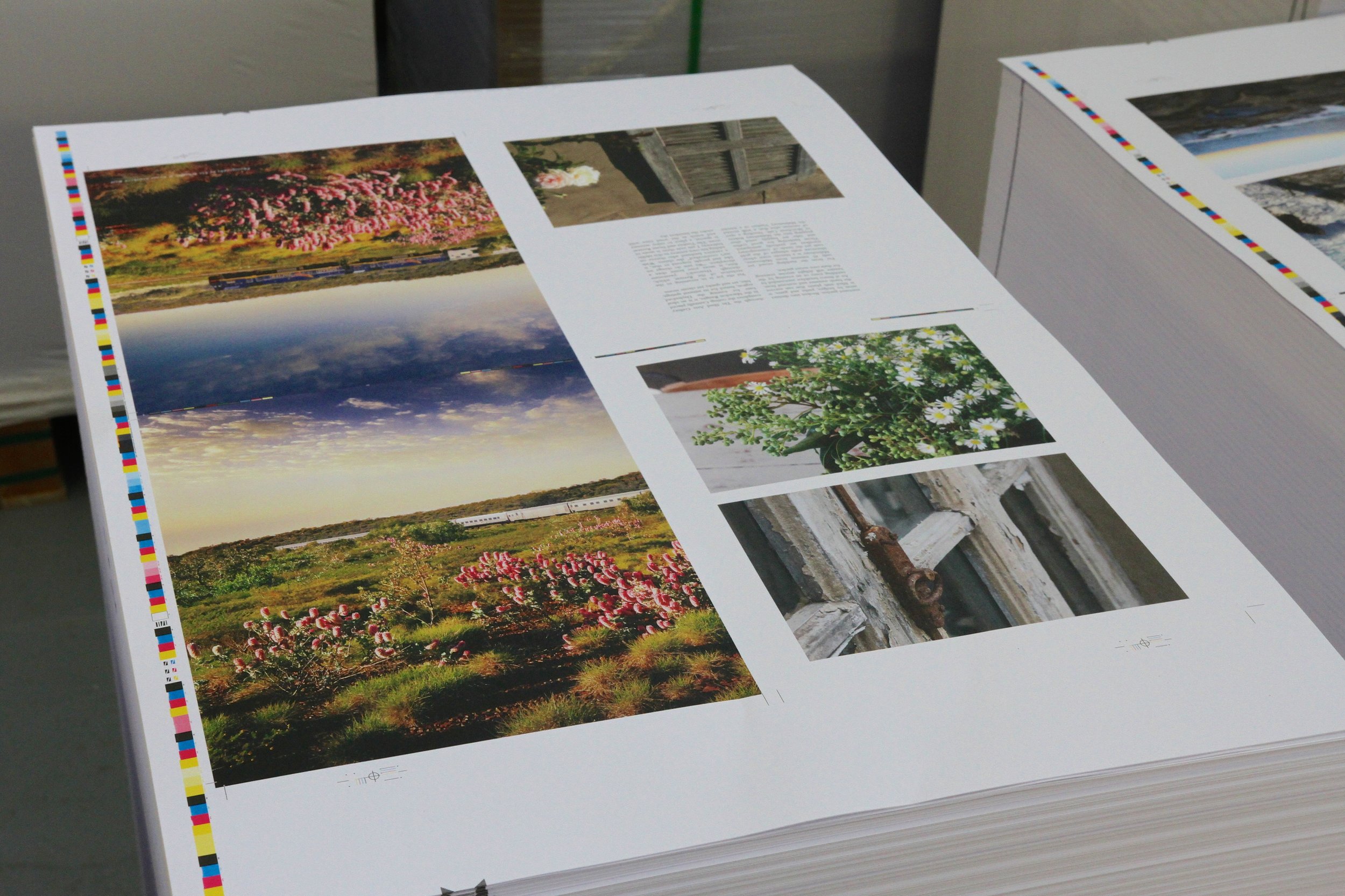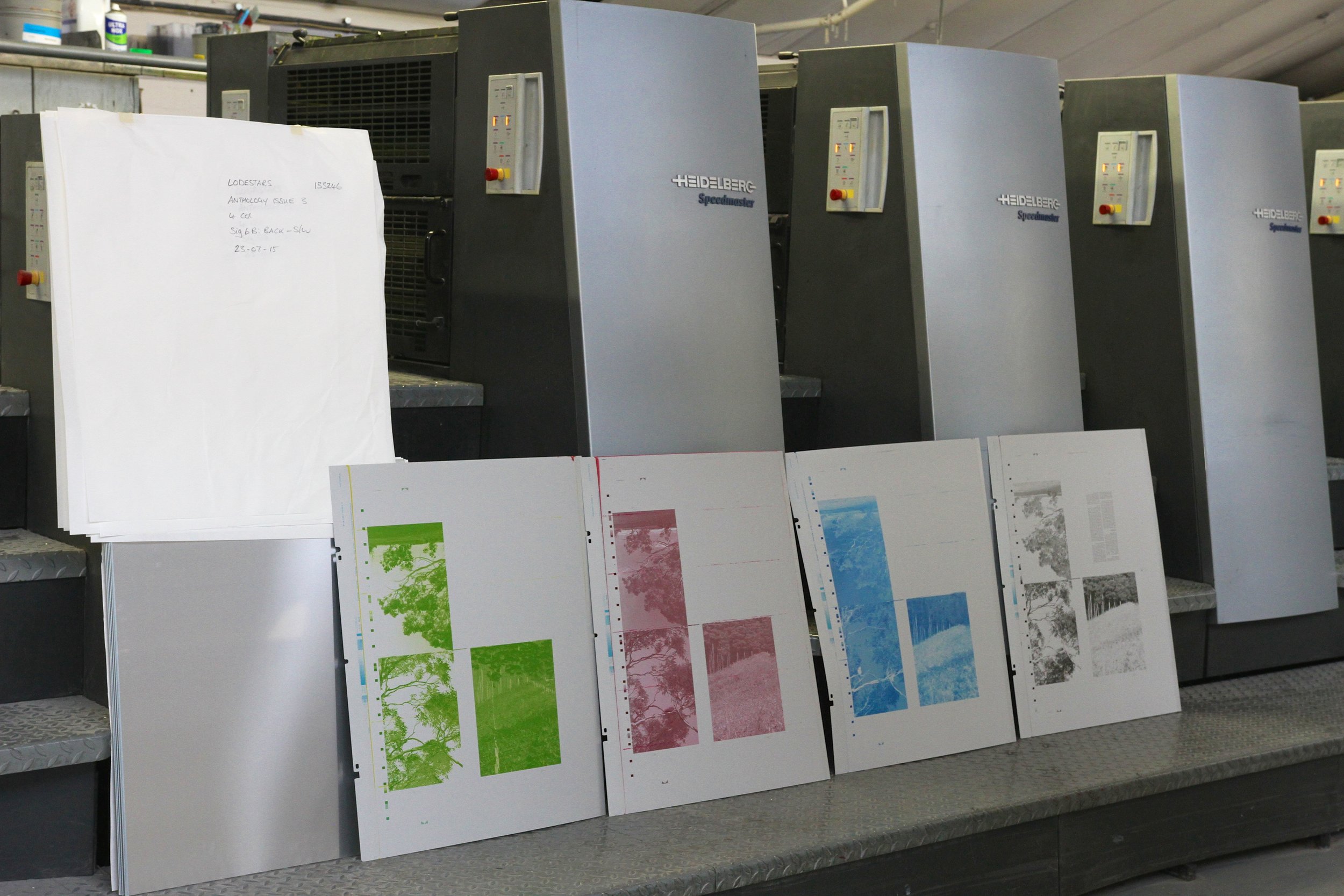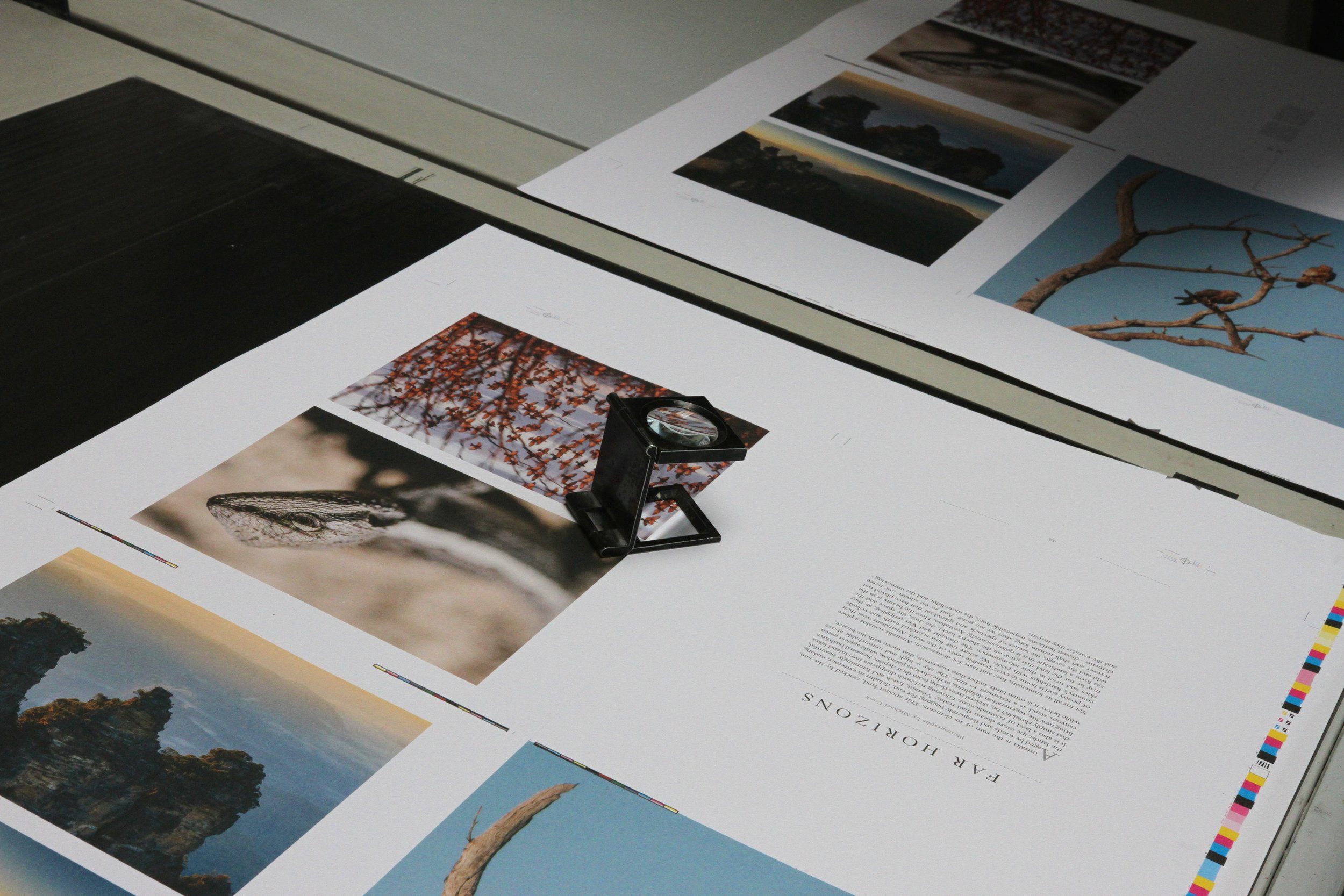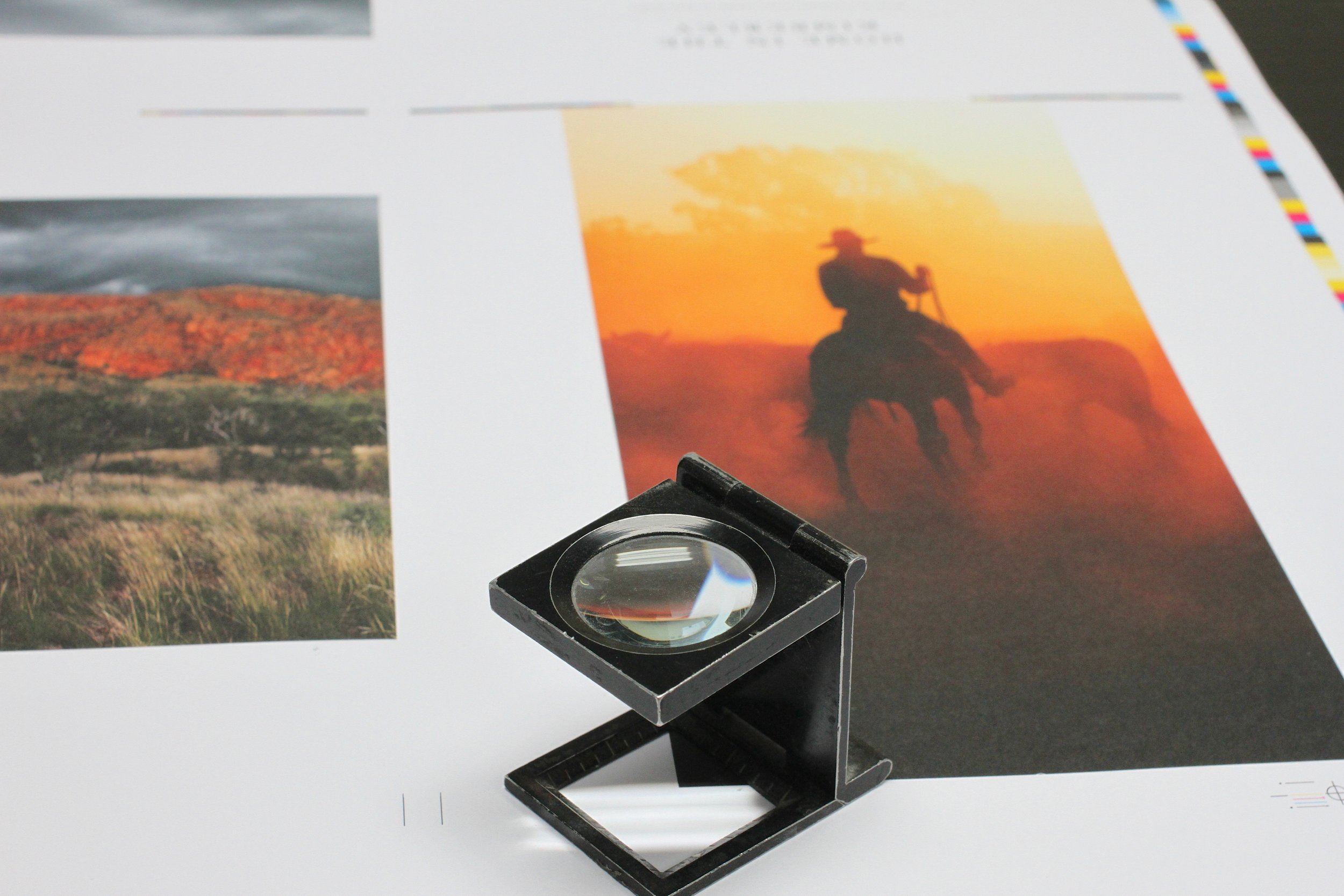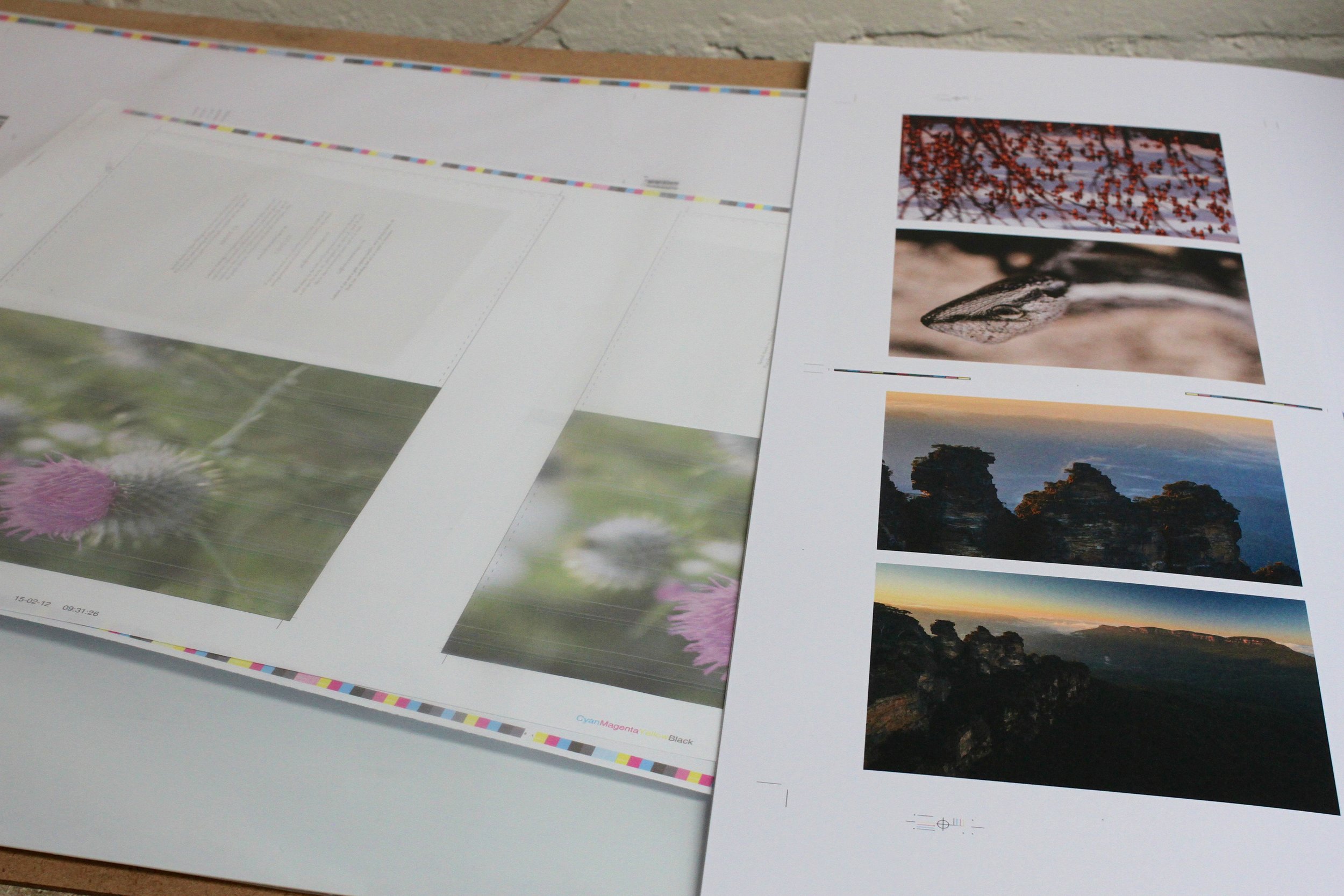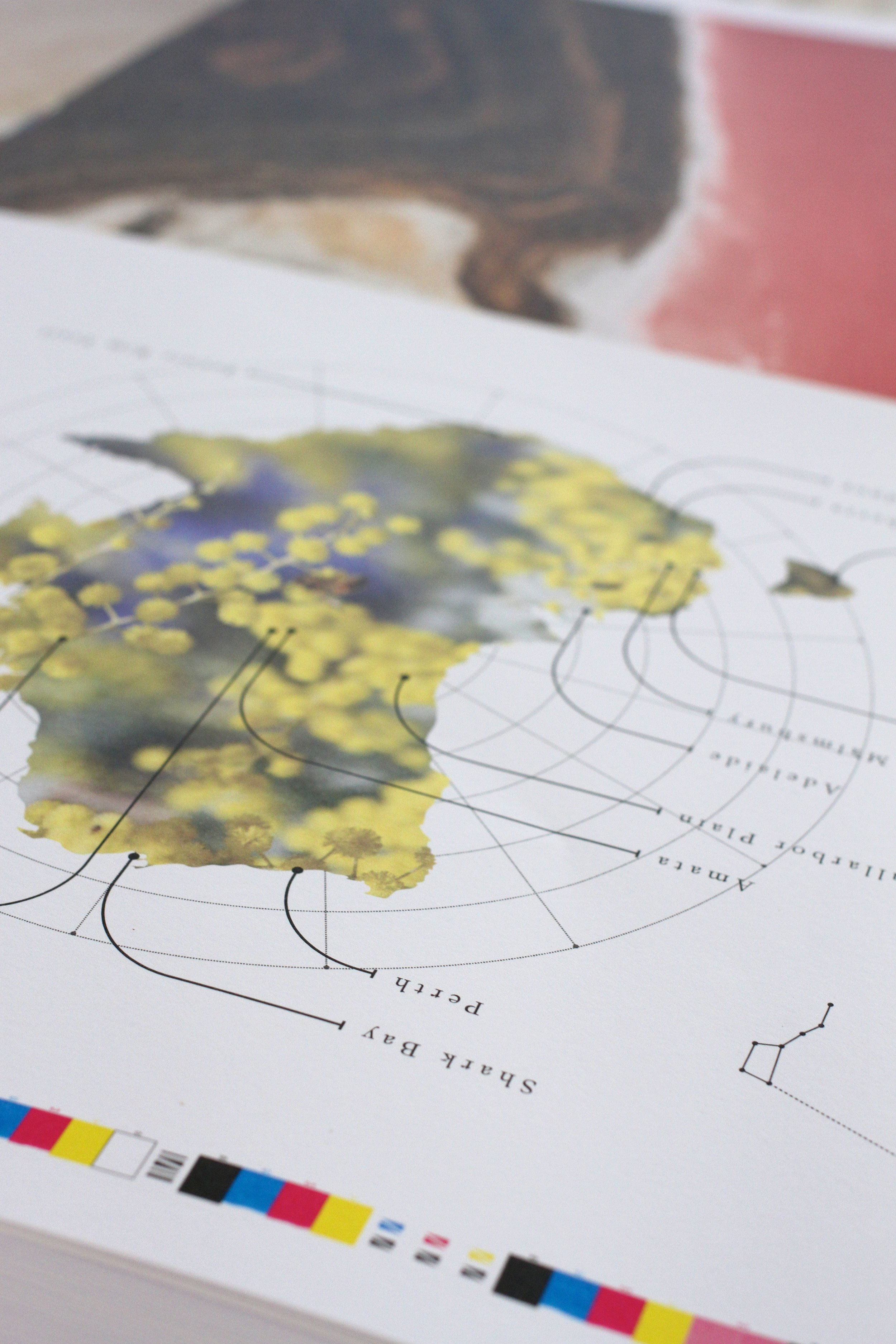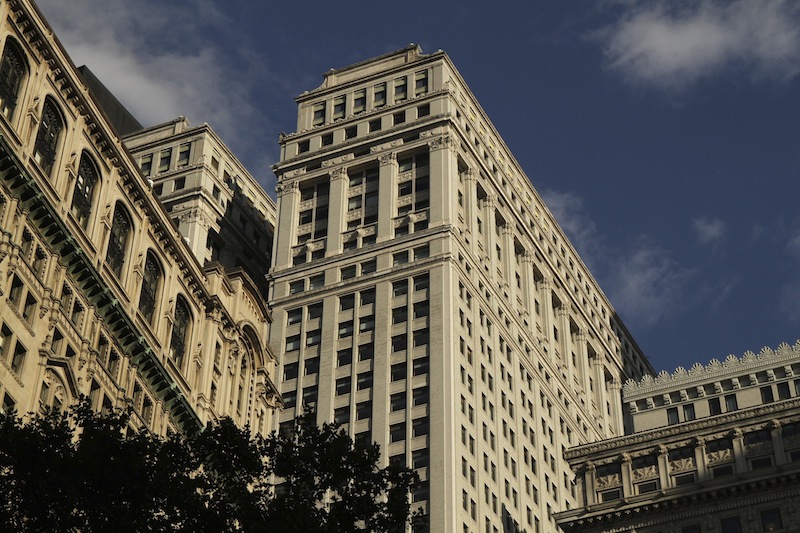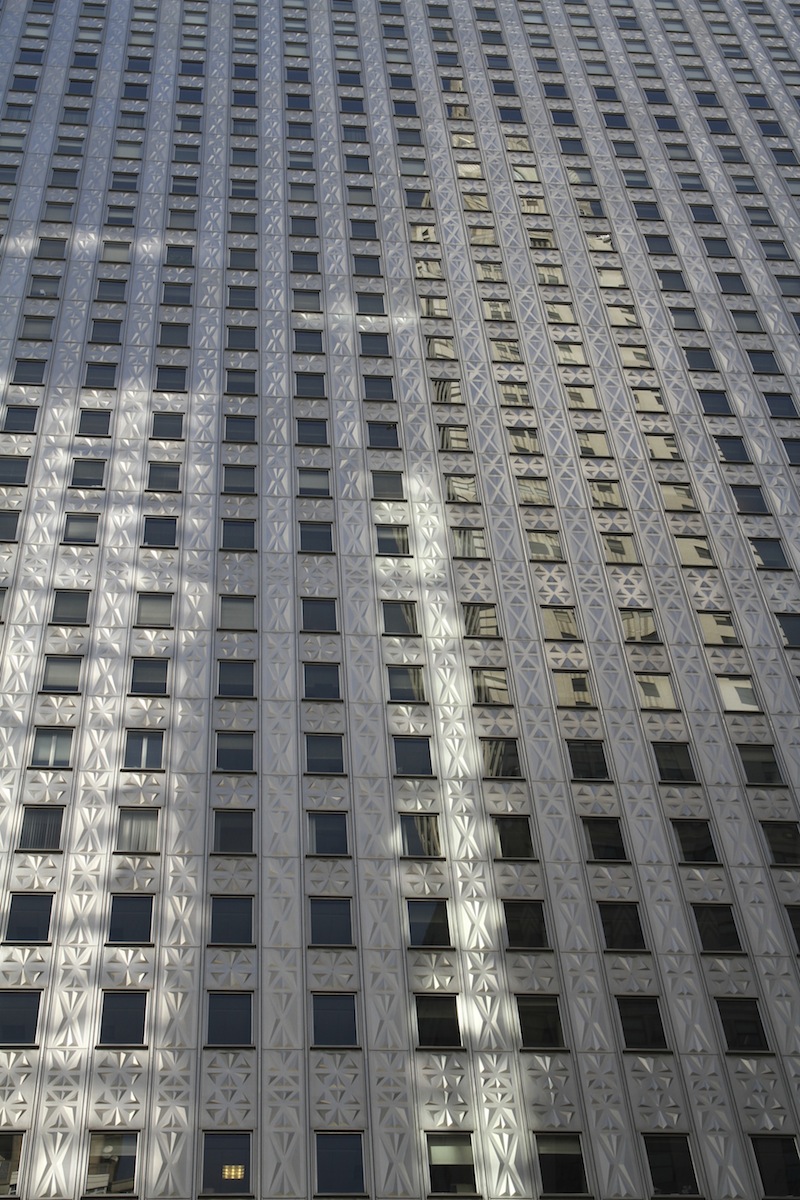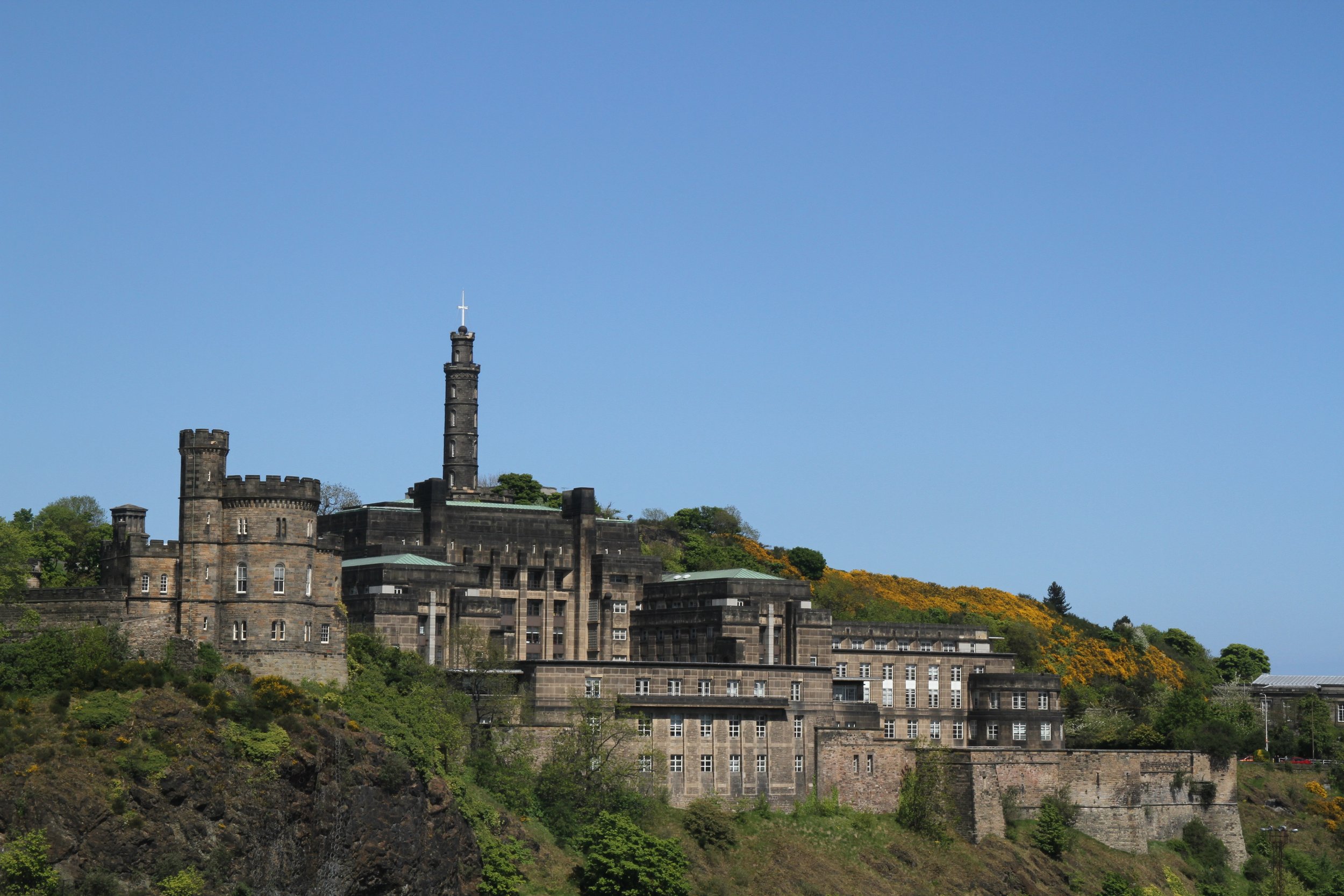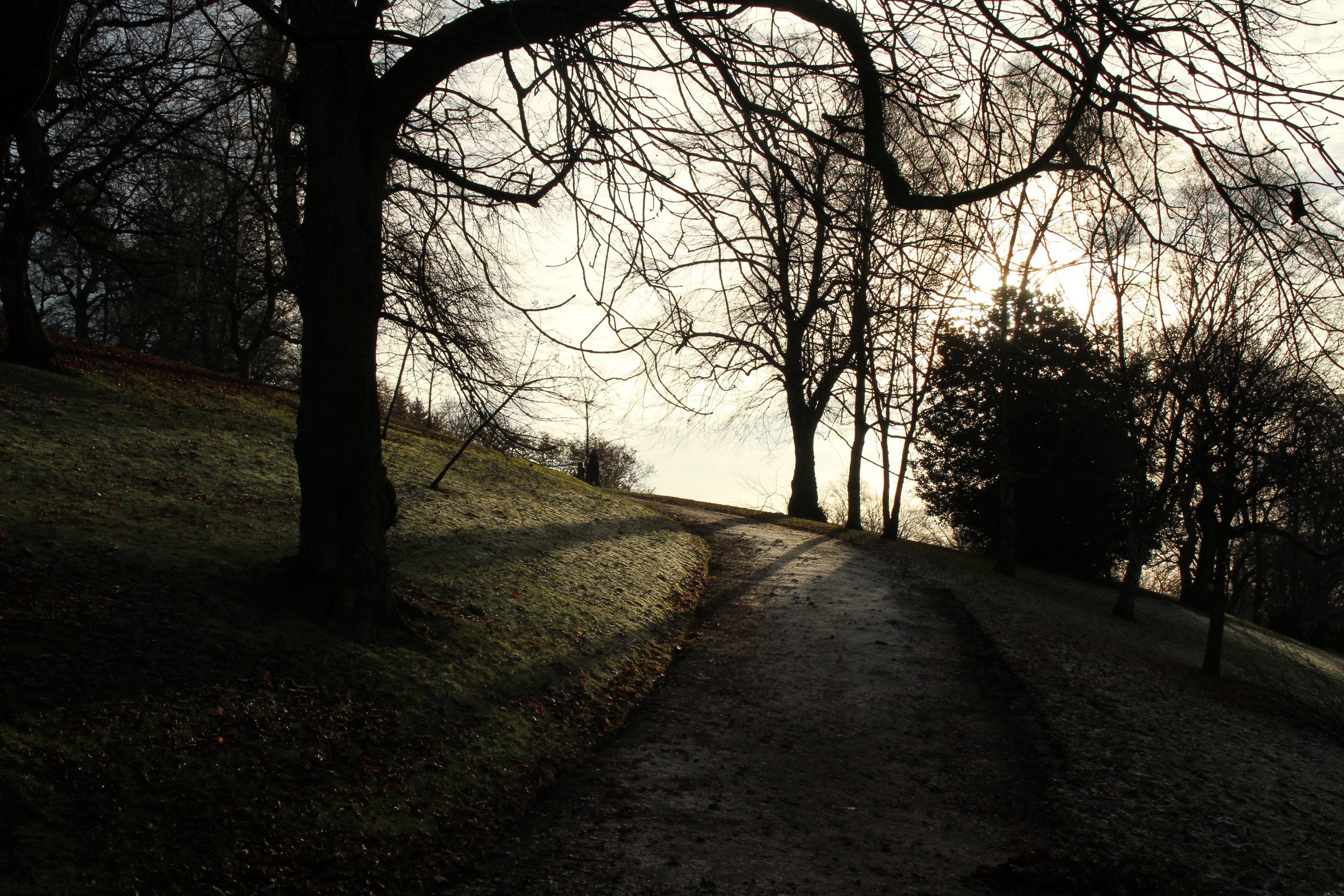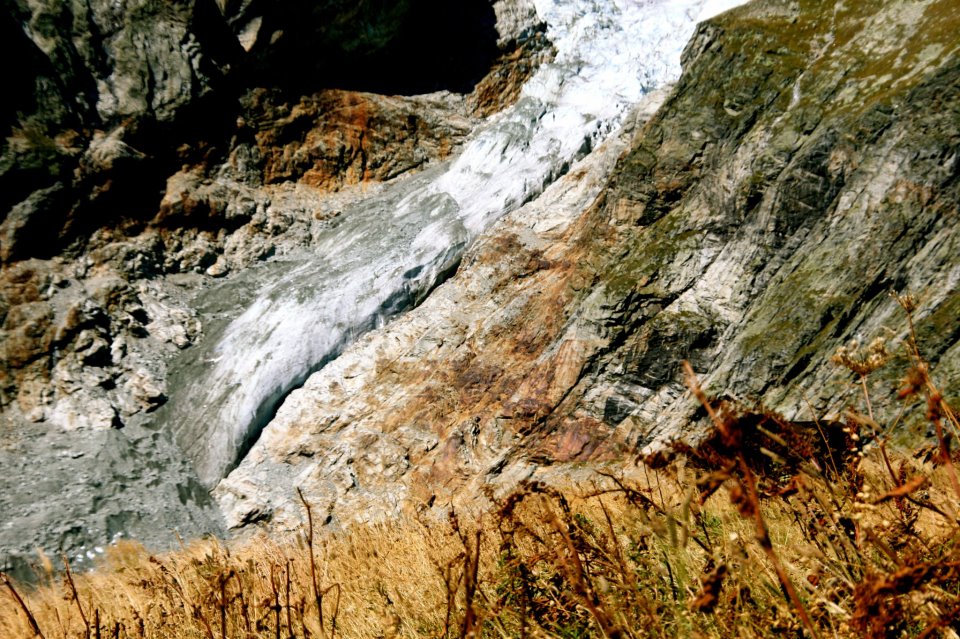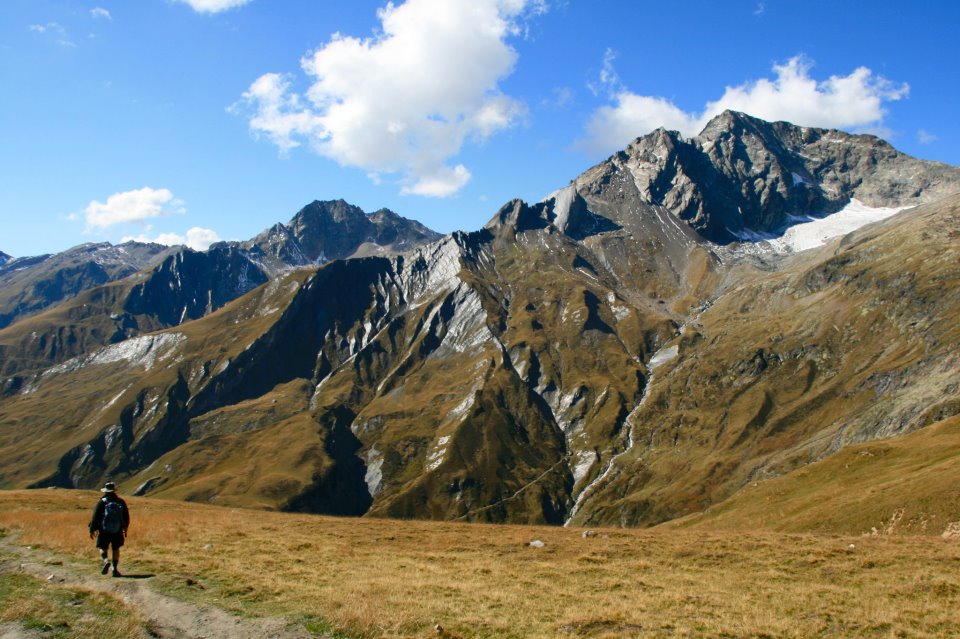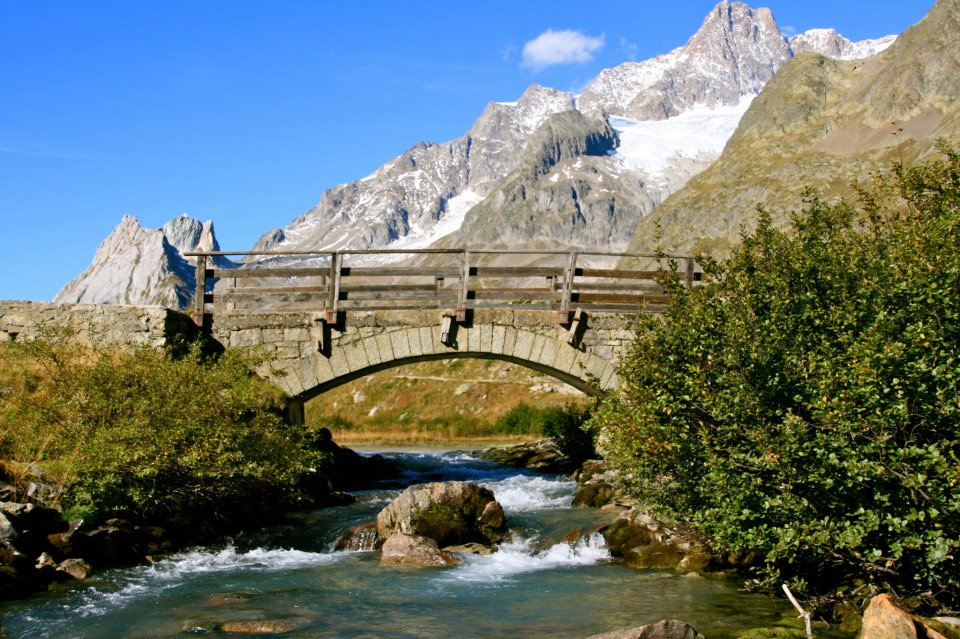 While travelling upon Lake Garda for the Italy issue of Lodestars Anthology (out later this month) we first noticed the photographs of Simon Bray, who just so happened to be snapping the same subject as us. Drawn to his beautiful use of light, and ability to make this perfectly popular corner of Italy seem amazingly calm, we had to ask a few questions about his work ... and Italy of course.
While travelling upon Lake Garda for the Italy issue of Lodestars Anthology (out later this month) we first noticed the photographs of Simon Bray, who just so happened to be snapping the same subject as us. Drawn to his beautiful use of light, and ability to make this perfectly popular corner of Italy seem amazingly calm, we had to ask a few questions about his work ... and Italy of course.
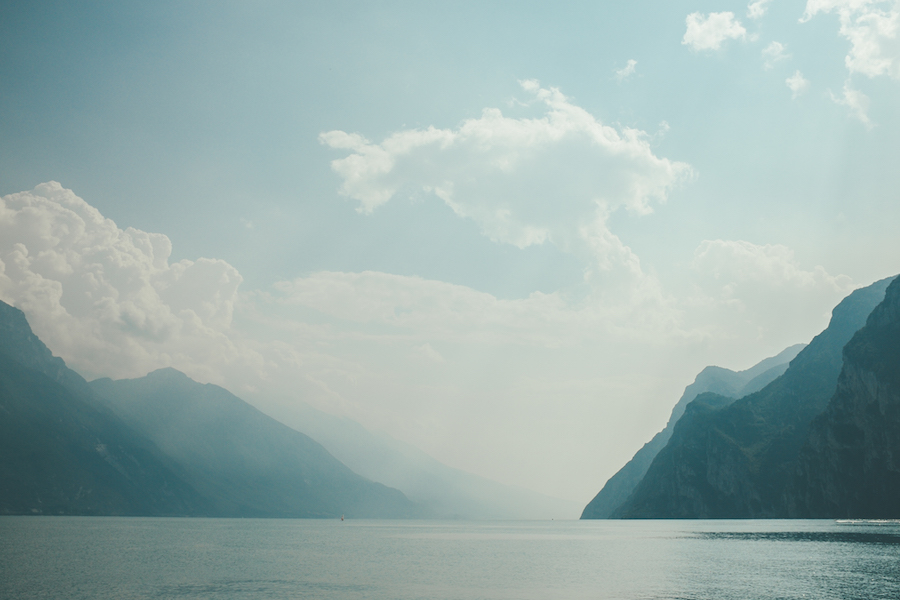
What do you love about photography?
I have a desire to create images and often I won’t be able to rest until I’ve taken them, so in that sense, each image serves it’s purpose in feeding that personal need; it’s a scratch that needs to be itched, very therapeutic. At the same time, I know that each image holds a varying level of potential. I love that an image can evoke something in a person, a response or an emotion, that will be so vastly different to what I, as the photographer, see, or what anybody else might see in it. We’re all made up of a combination of our own history, cultural influences, our social upbringing, the places that we’ve been and the people that we’ve met. That can mean that an image that I’ve taken may mean absolutely nothing to you, but there might be one image, for reasons known or unknown, that you connect with, that sparks something, a thought or memory, or that you just enjoy visually because of the colours, tones, composition or subject matter. Each image has that potential power.
I’ve also been thinking about imagery and timescales recently. Photography is a long game. I’ll often think about the fact that the images I take may well outlast me, and that as much value as there is in viewing them now, I hope that the generations that supersede me will find them interesting in many years to come.
Can you remember the first photograph you took?
Not as such, although the first time I got really excited about an image was a photograph I took of a hummingbird hawk-moth in the French Alps on holiday. I was probably in my early teens and using my first 35mm film camera. Getting the film developed and looking at the print, and seeing that I’d somehow managed to capture it’s motion and movement felt quite incredible.

What inspires your work?
I’d like to say that each location I work in acts as the pure influence for the images I create, but I know that’s not totally true. I’ll certainly feed off the elements before me, but there are so many subconscious factors behind the decisions I make, if I’ve seen a similar image before I’ll need to decide whether I want to embrace that and create it for myself, or try something different. I suppose everything I read about photography, and all the images that I take in will influence my sense of how to portray subject matter in both potentially helpful or unhelpful ways. To a greater extent, it’s the light that will inspire me. I won’t often stop to make a landscape picture except for the fact that the light is particularly interesting, and my discernment for that is certainly something that has developed over the past couple of years and something I’m trying to encourage.
How would you define your style?
One of the most significant factors is space. Living in a city, I’m constantly yearning for greater physical space, so once I’m somewhere that I feel that greater sense of freedom, I can’t help but let that come through in the images, which often manifests itself in the form of negative space using sky or water. I was discussing this recently with a friend, how I won’t be proactively making decisions about an image as I take it. Previously, I will have taken a lot more time to consider the image I want before I shoot it, perhaps for technical reasons, or just slow decision making, but now it seems to come far more naturally and I’ll work quite quickly. I think that’s how my personal style will be encouraged, simply through the practice of taking images, although I still feel I need to slow everything down a bit! I’m trying to develop my understanding of how to create more concise images that dig deeper, to avoid simple surface level imagery and I’m sure taking more time to consider each image will aid that.

Does travel influence your work in any way?
Absolutely. I live in central Manchester, which really doesn’t provide much to feed my desire to create landscape images, so it’s almost a necessity for me to travel. I really savour the opportunity to explore a new location with my camera. There’s an excitement that comes with visiting a certain place in a certain season and capturing it in it’s current state, knowing that other photographers will visit later in the day, week, month or years later and see it in a completely different way. Landscapes evolve and the light makes all the difference. I’m not usually able to return on multiple occasions, but in many ways it’s a privilege to preserve a place on any given day through my images, it forces me to work with the environment I’m in and create in the moment, avoiding any preconceptions of what I’d like to create, which can be distracting.
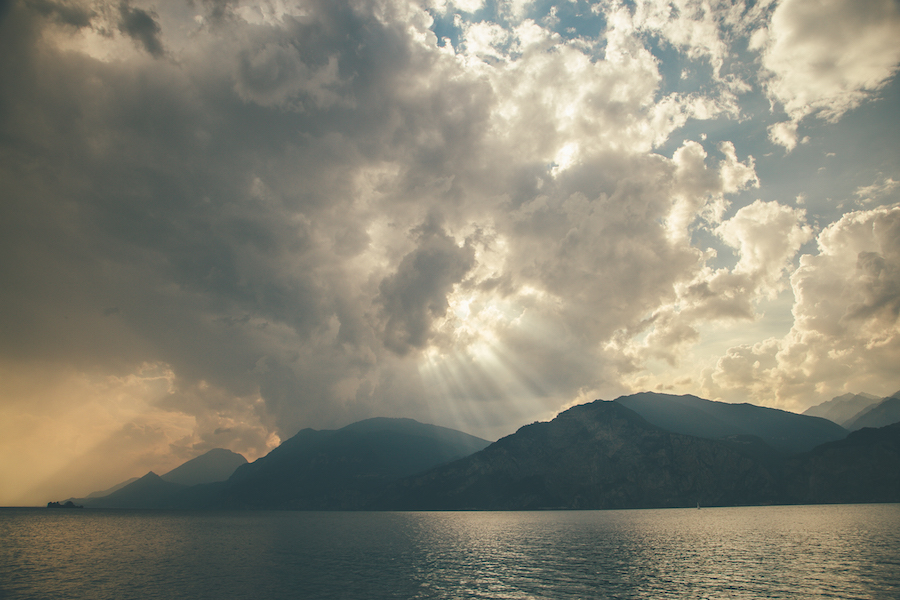
What makes Italy such an interesting subject?
It’s a popular holiday destination for a reason! The combination of the the incredible food, weather and variety of scenery make it such a special place for me. The area surrounding Lake Garda is an alpine wonderland. Exploring the mountains and lakes was such a privilege, so many breathtaking views, and even though it was warm, everything was washed in this amazing blue light, probably the moisture in the air, it made for some stunning scenes to photograph. I’d recommend visiting in the off seasons in order to appreciate the true sense of space without the crowds of tourists, because there are some stunning small towns and villages, where I could just sit and watch the world go by for days with a glass of wine and some fresh pasta!
Has there been a particularly memorable project either past or present?
I’m currently working on my first long-term project, a collaboration with a Manchester based artist called Tom Musgrove. We’re visiting a selection of the most stunning locations across the UK, and each creating a piece for each location, which we’ll be exhibiting side-by-side at a show in the autumn. It’s taken nearly 2 years already, and it’s been great to visit stunning places that are only a few hours away. Our most recent trip to Glen Coe in Scotland was just incredible, the scenery, the light, the people we met, the conversations it sparked, the whole experience was very memorable. I also get to watch my work evolve, which is very important, but the most influential element has been the development of my relationship with Tom, the opportunity to discuss the discourse of our work, our varying methods and explore the motivations behind each piece we create. Tom takes his time on each trip to sketch, which has really forced me to slow down and appreciate the changing elements and light within the landscape.

What is your dream subject?
I don’t know if I have one at the moment, maybe that will develop over time. For now, any scenic location that I have the chance to explore with my camera in my own time would be a dream come true! Every commission I receive or project that I set out to do furthers my work, it’s a fresh challenge that I want to fully embrace. I still feel like I’m defining my practice and as a result, my style or imagery, maybe one day that will feel more concrete, or maybe I’ll just keep trying new things!
A selection of Simon's landscape work is up at www.simonbray.co.uk and can also be spired on Instagram.


